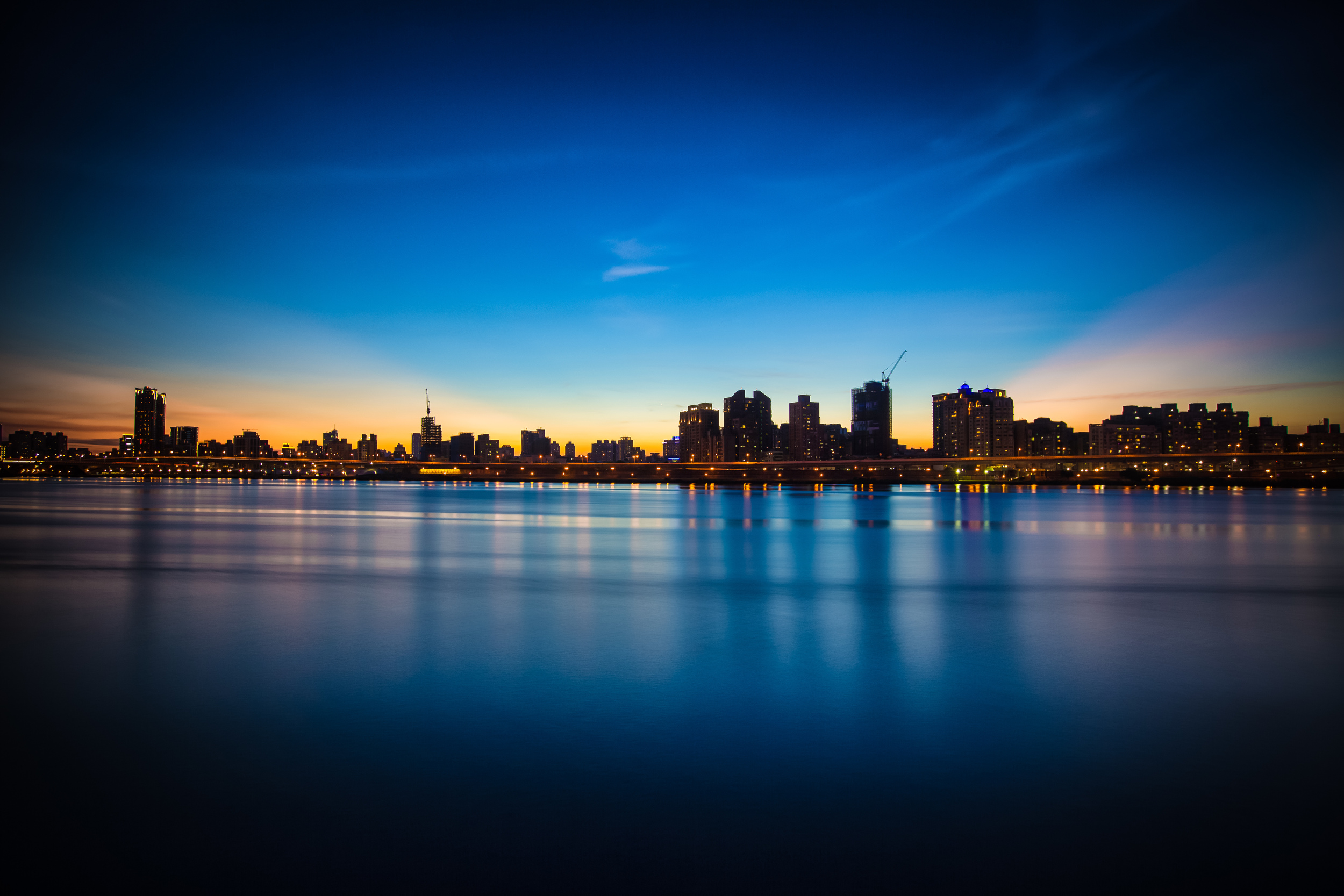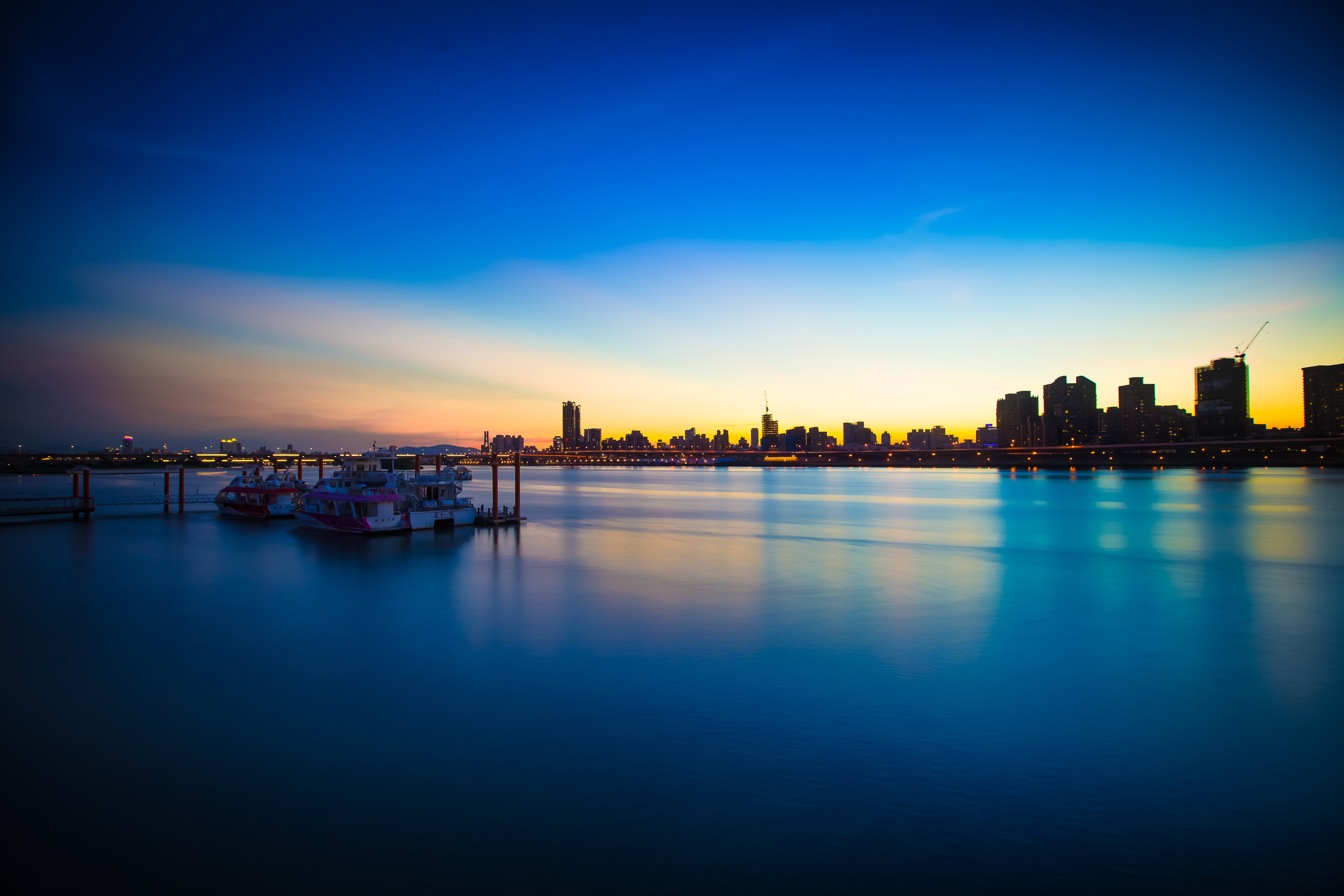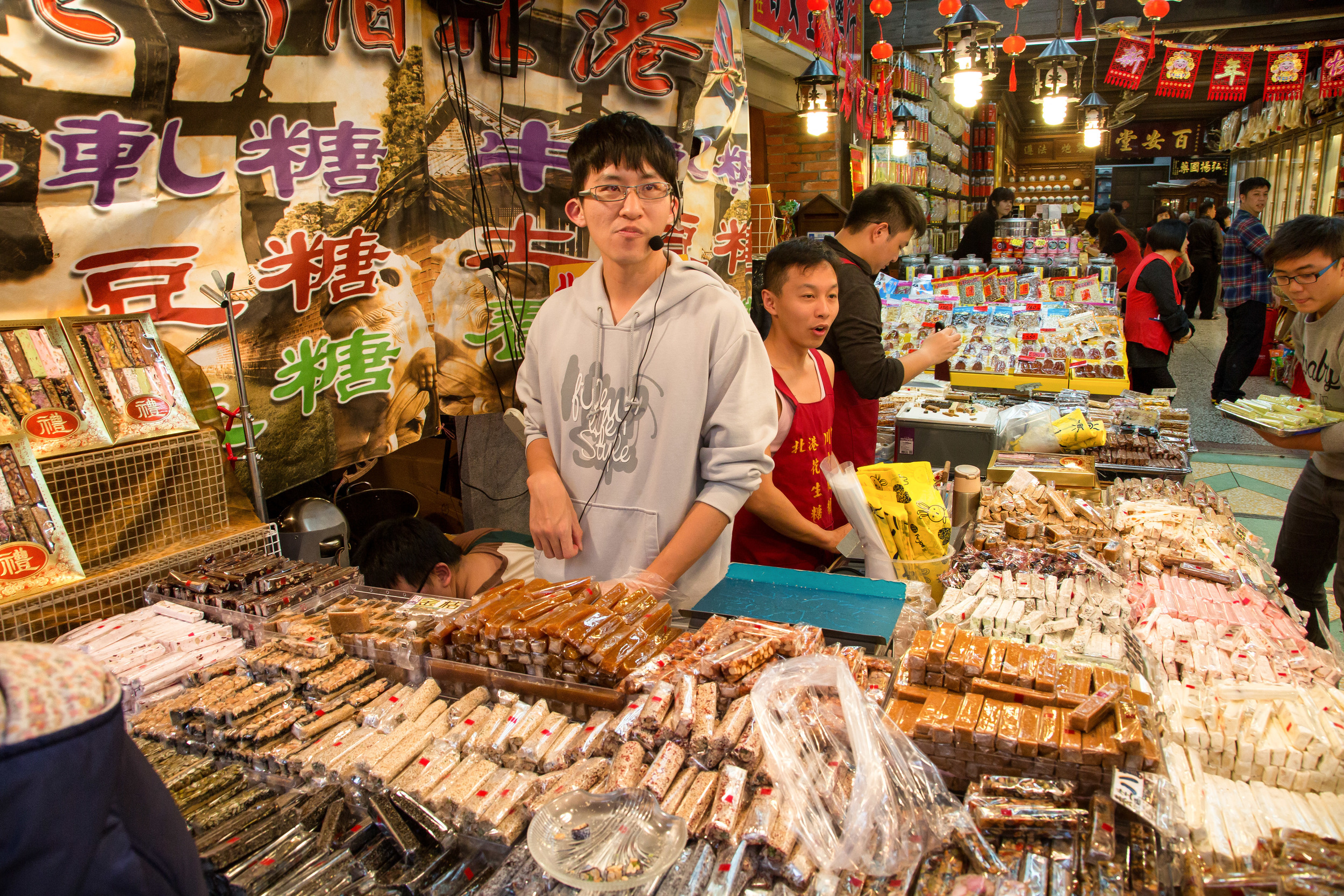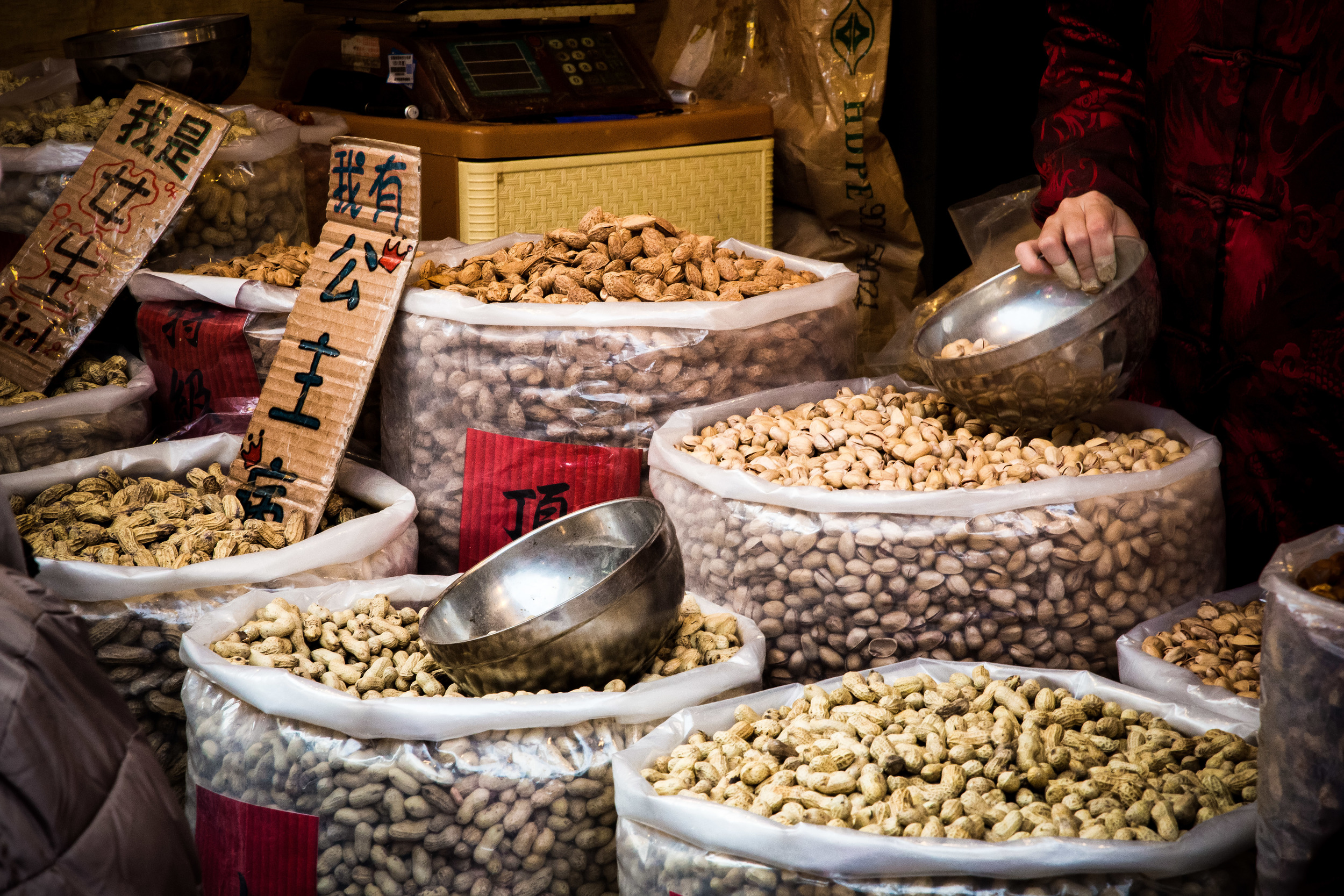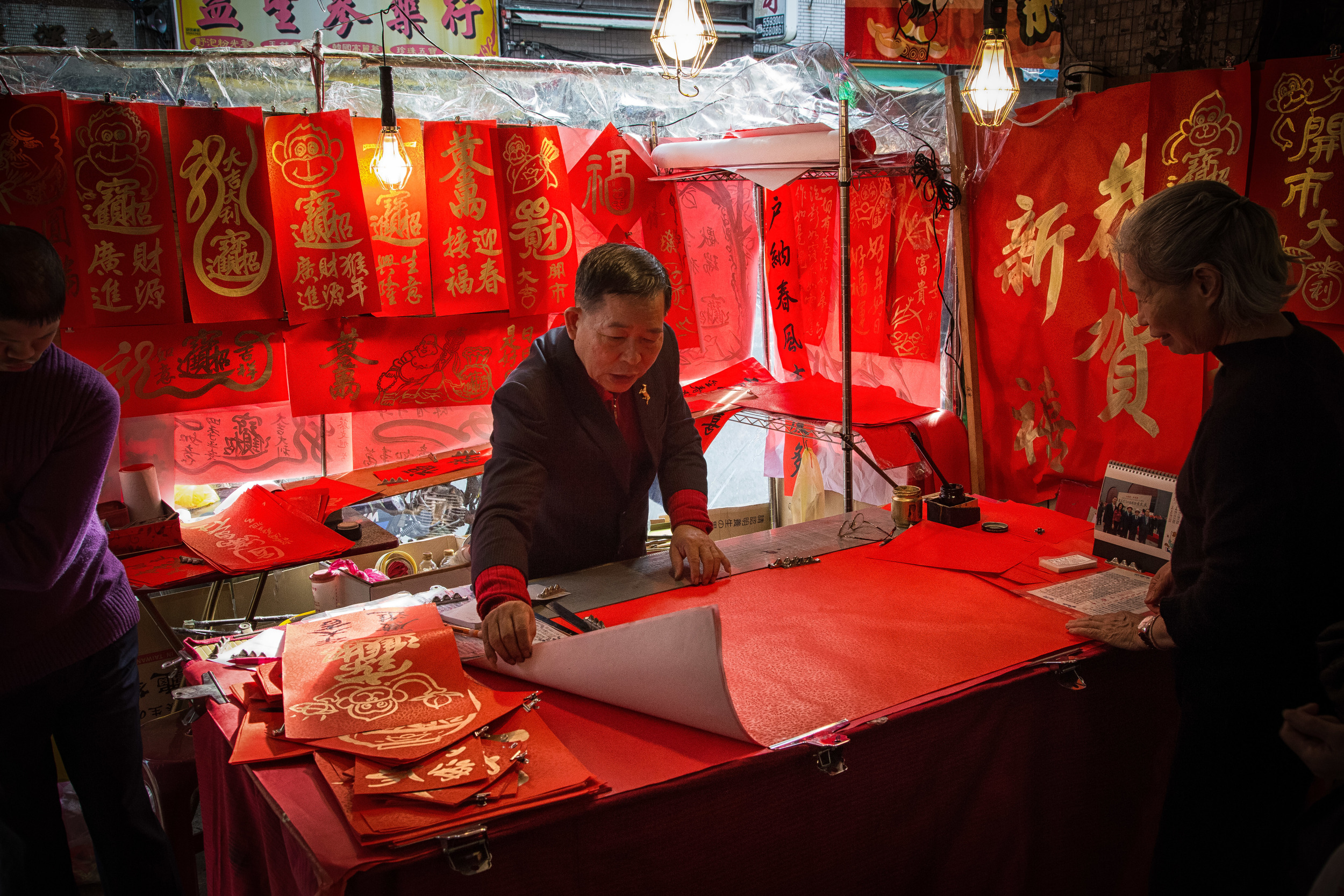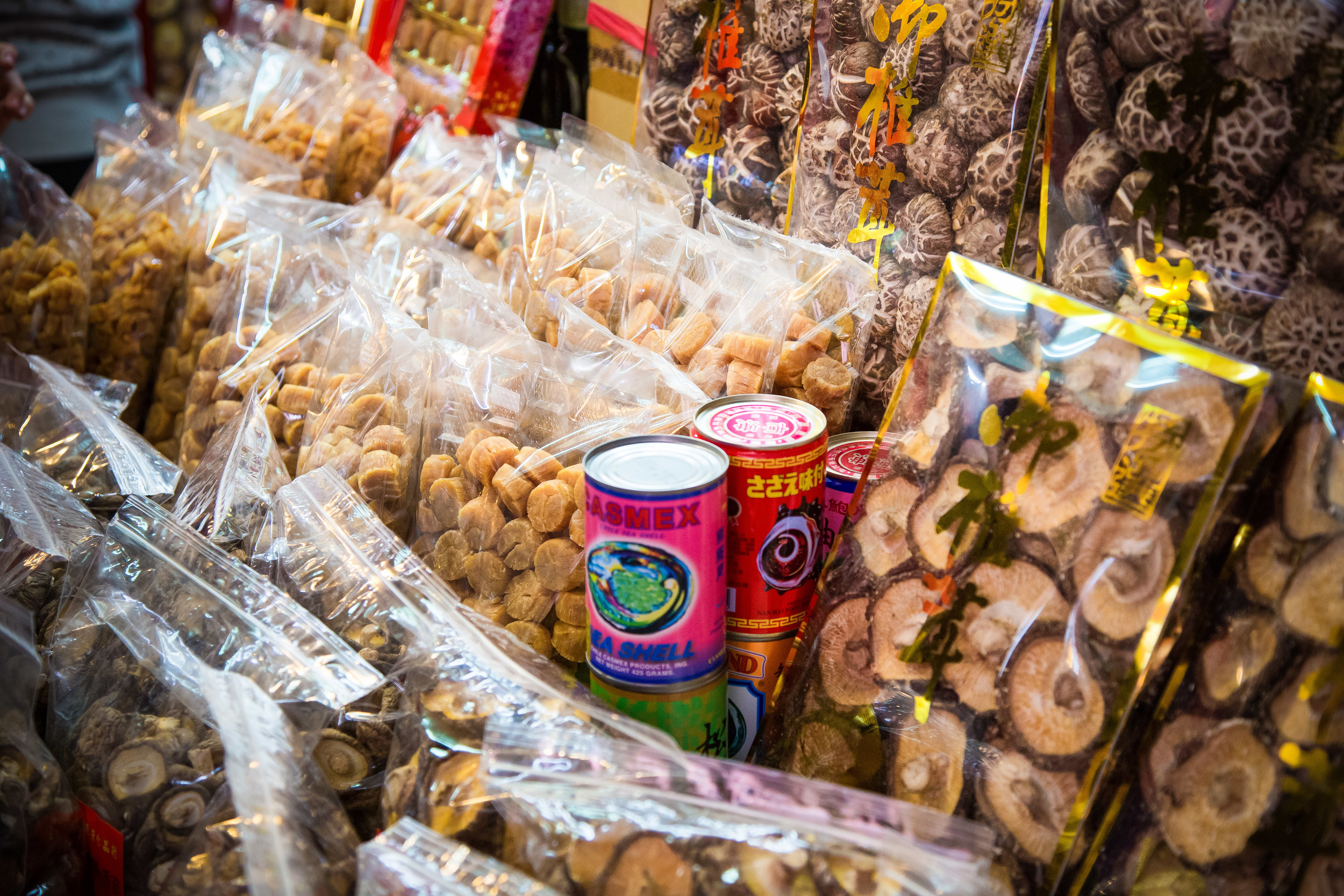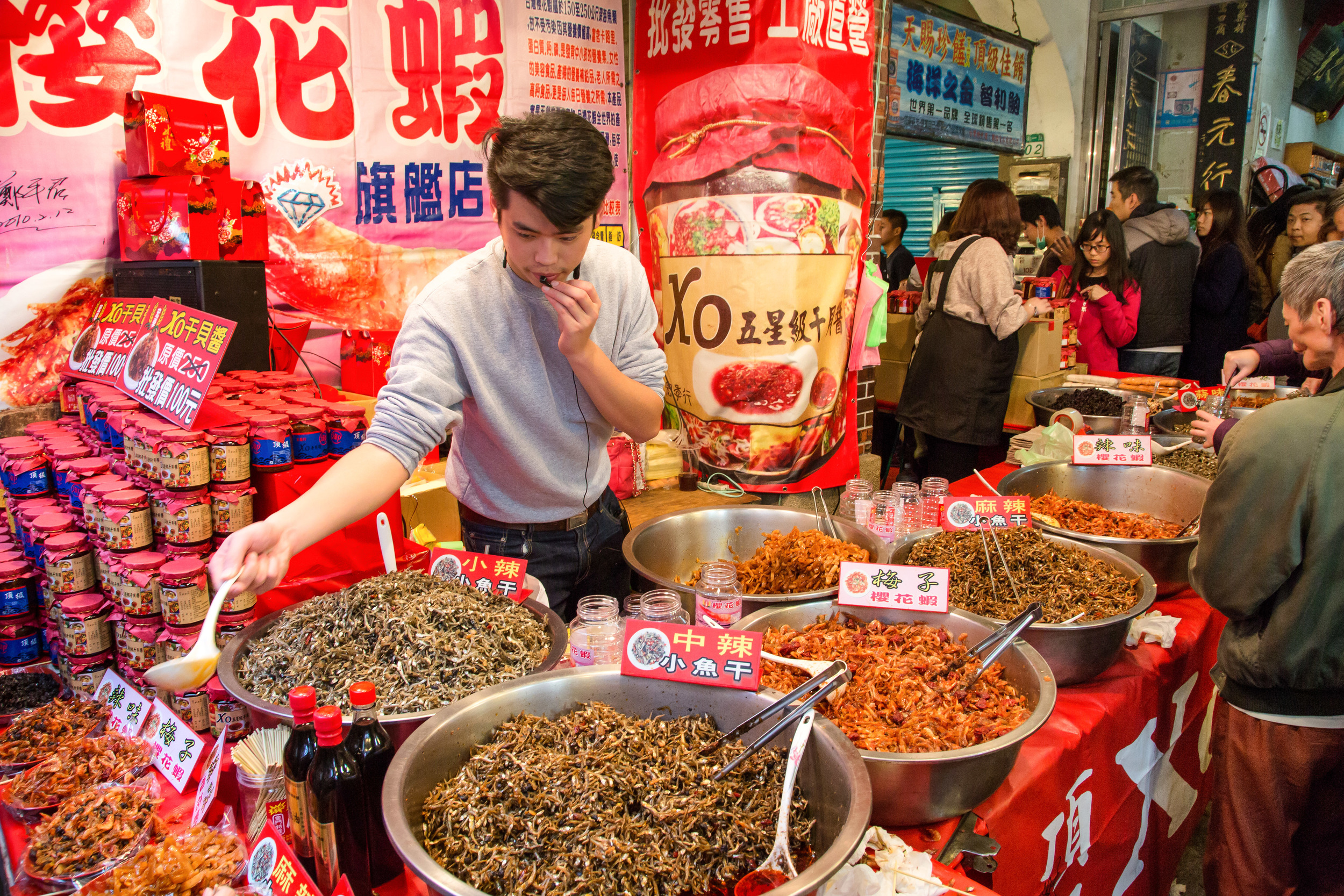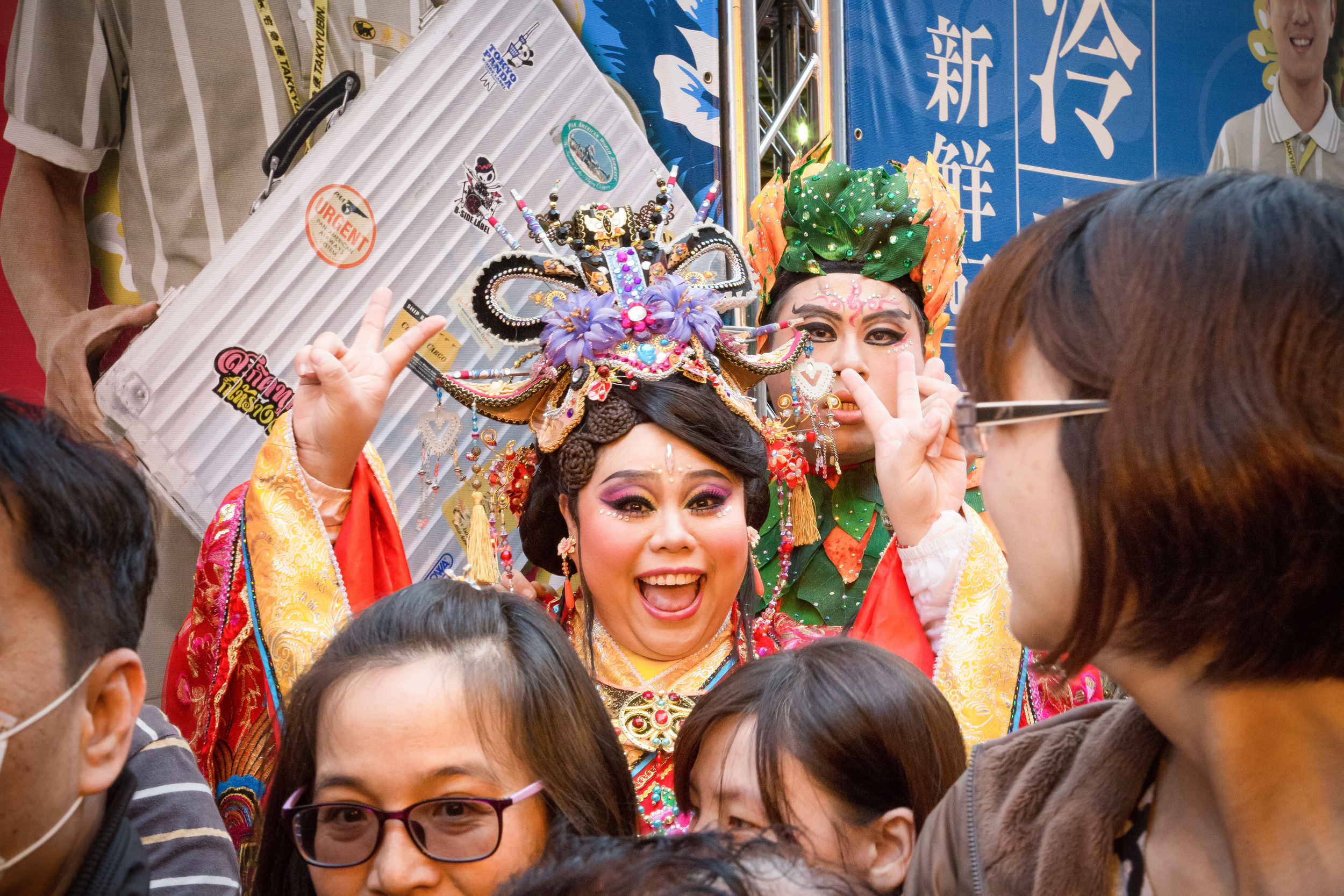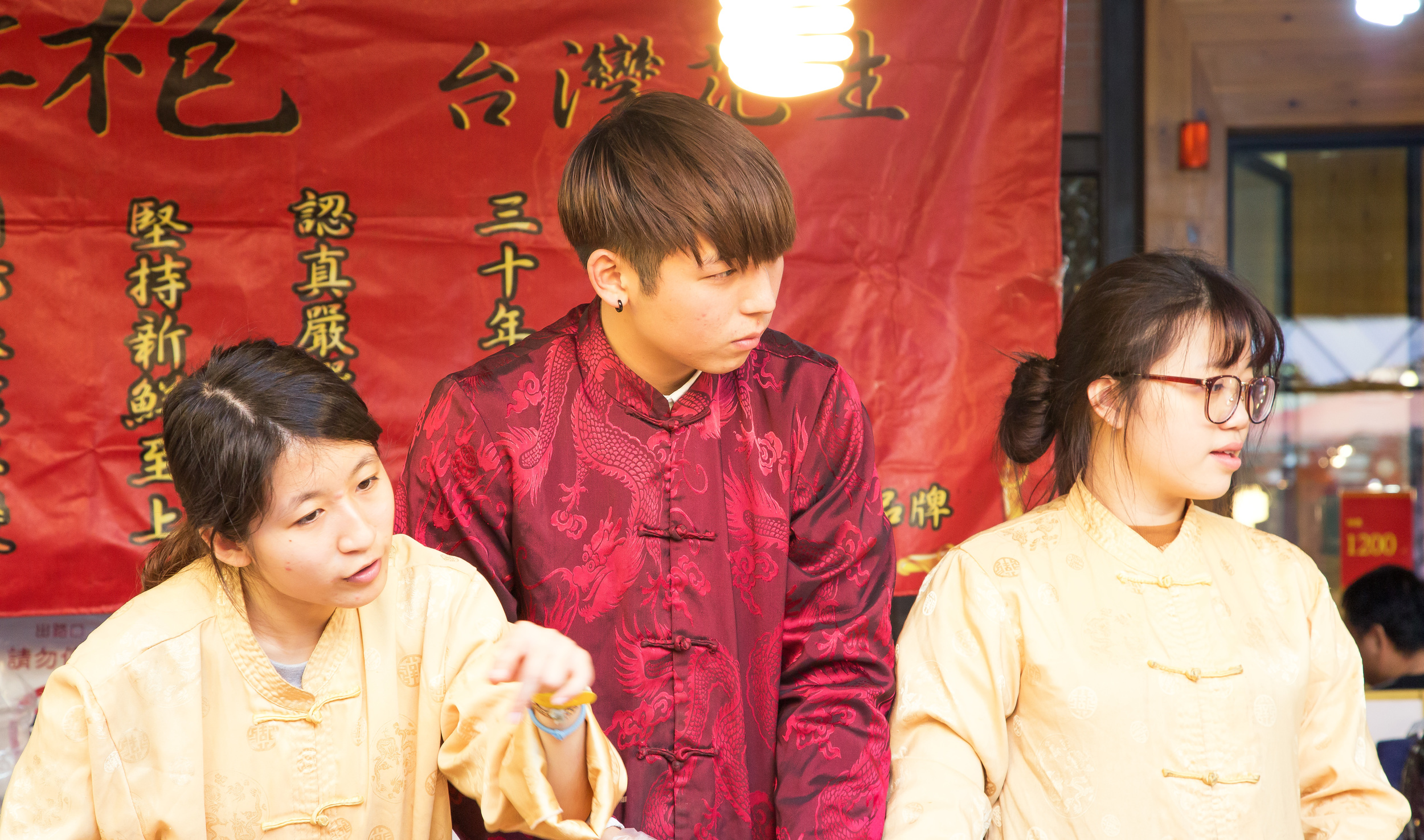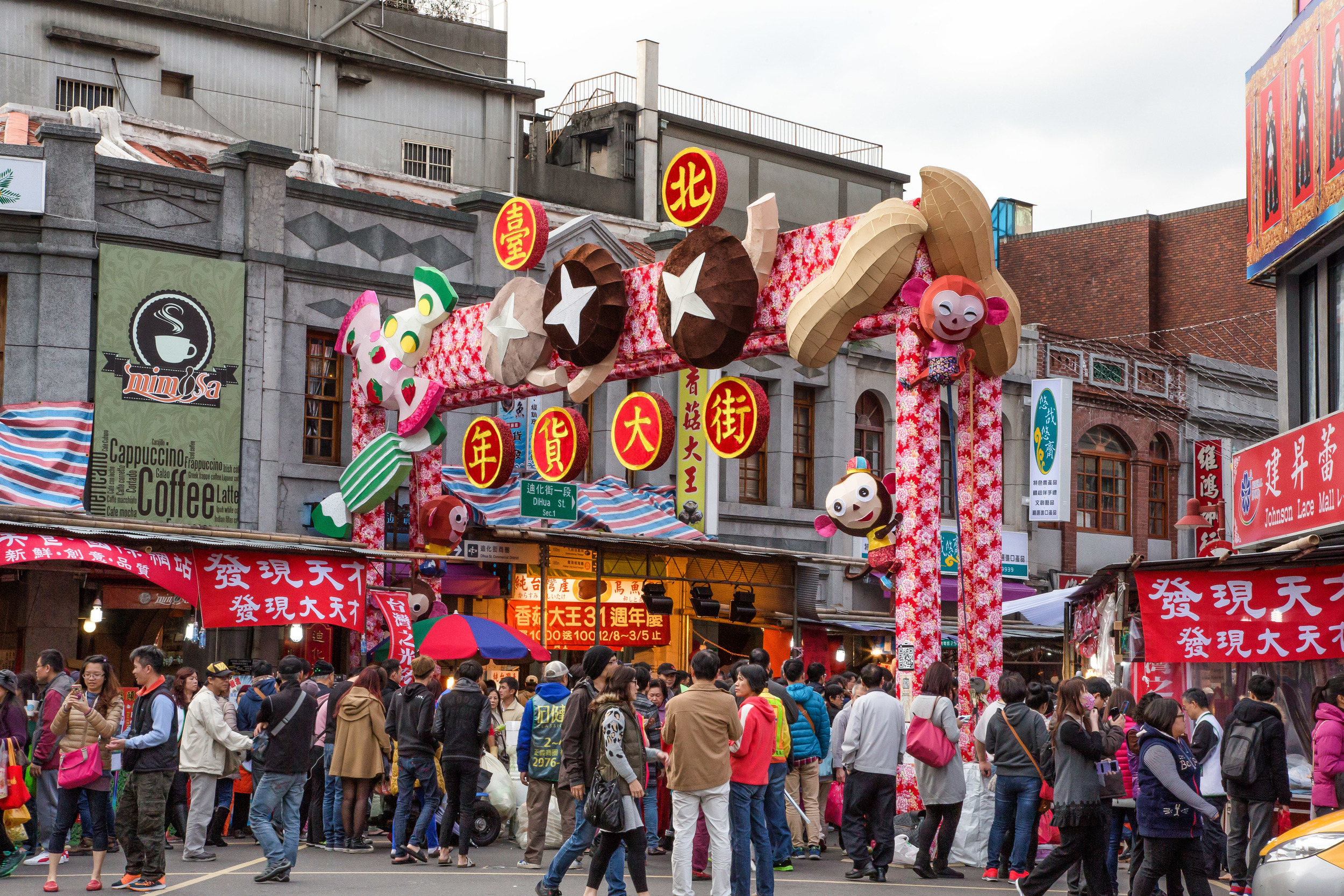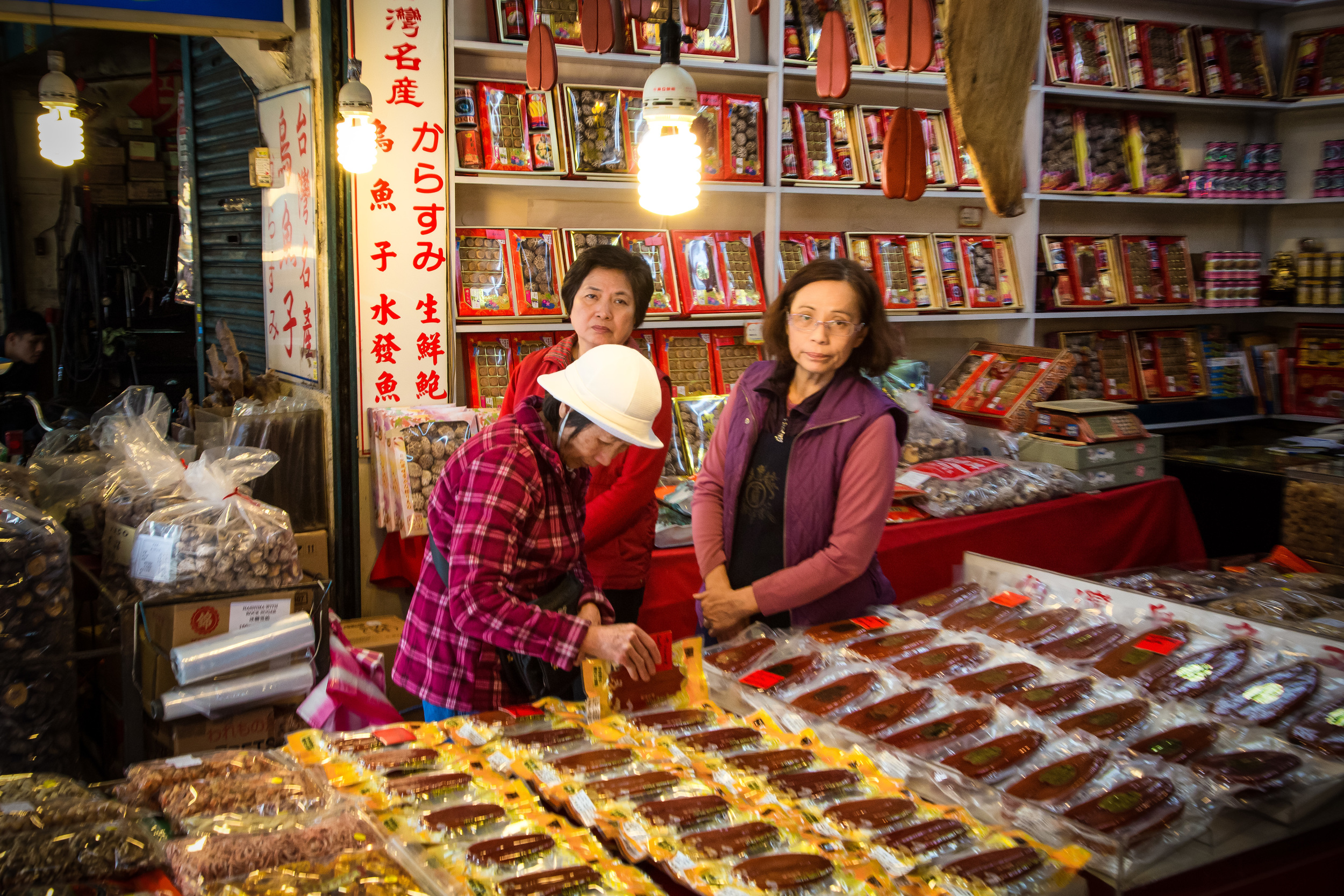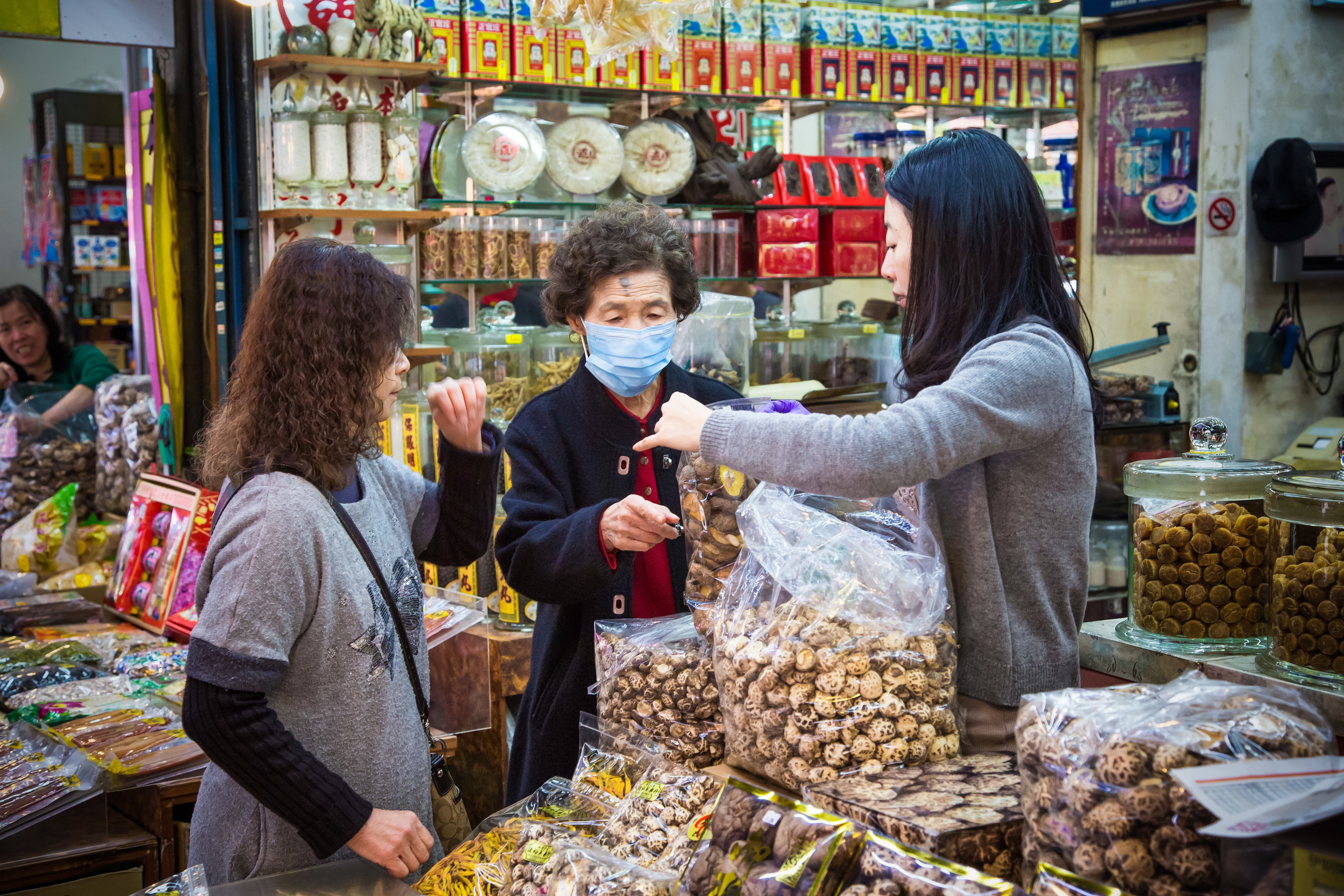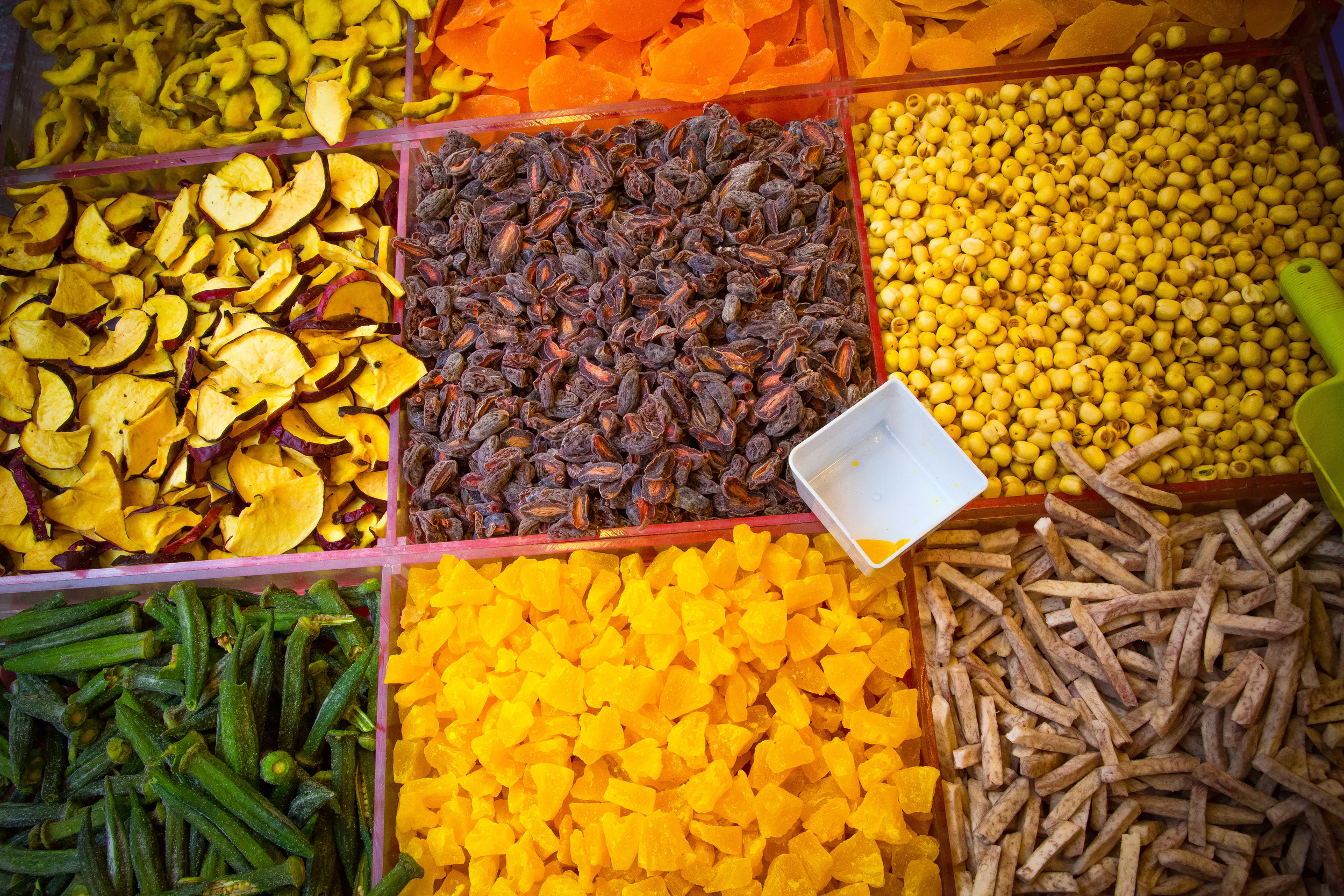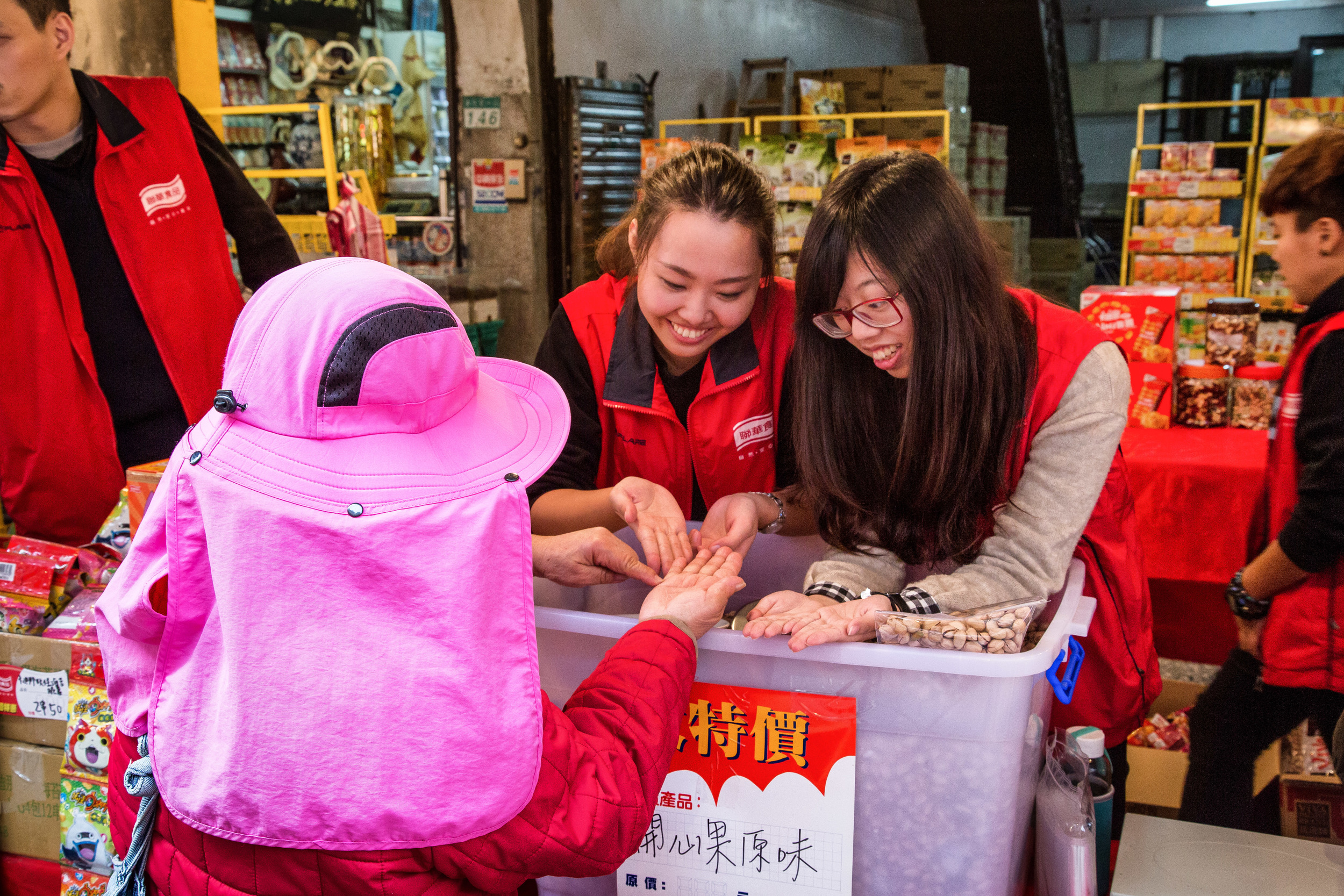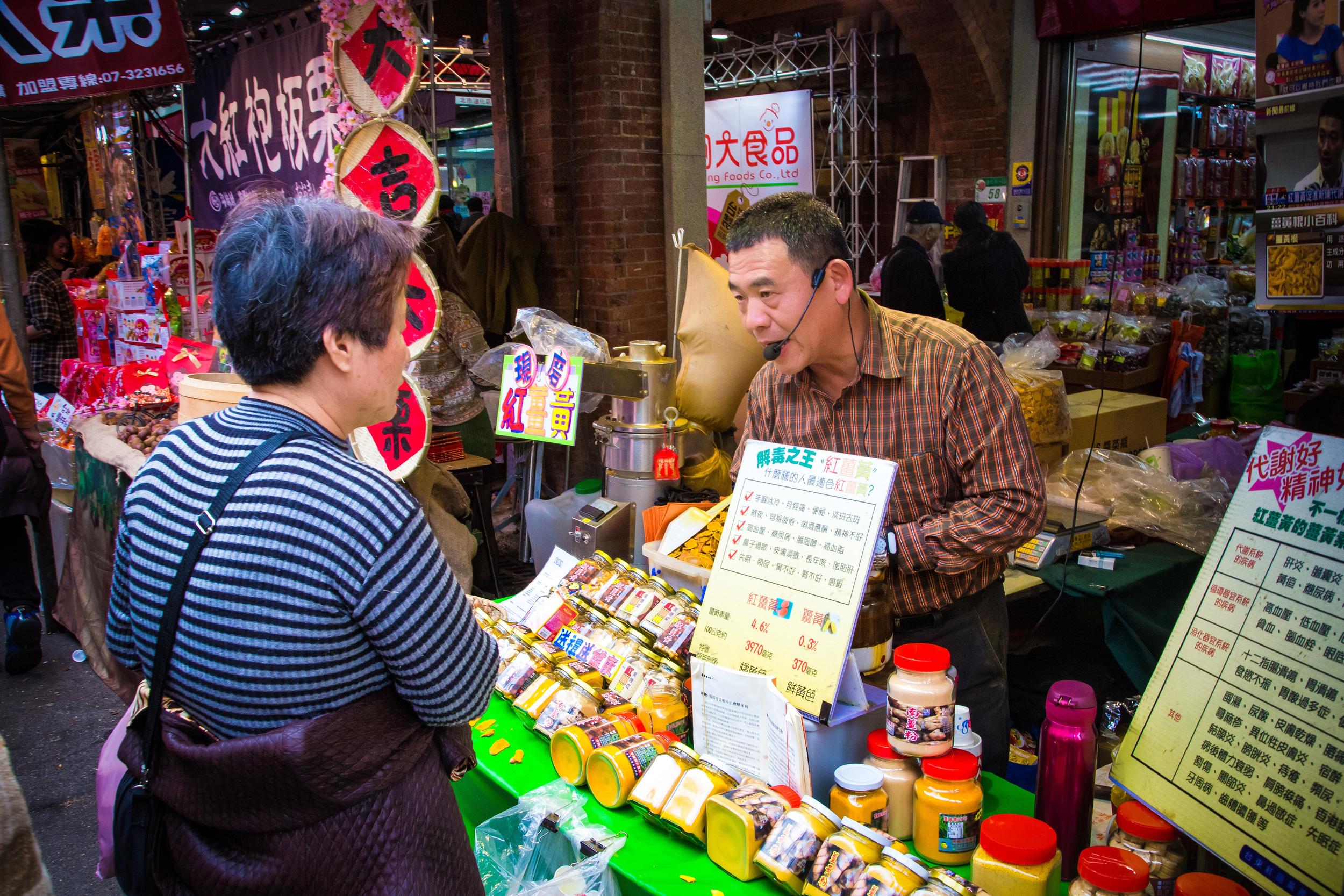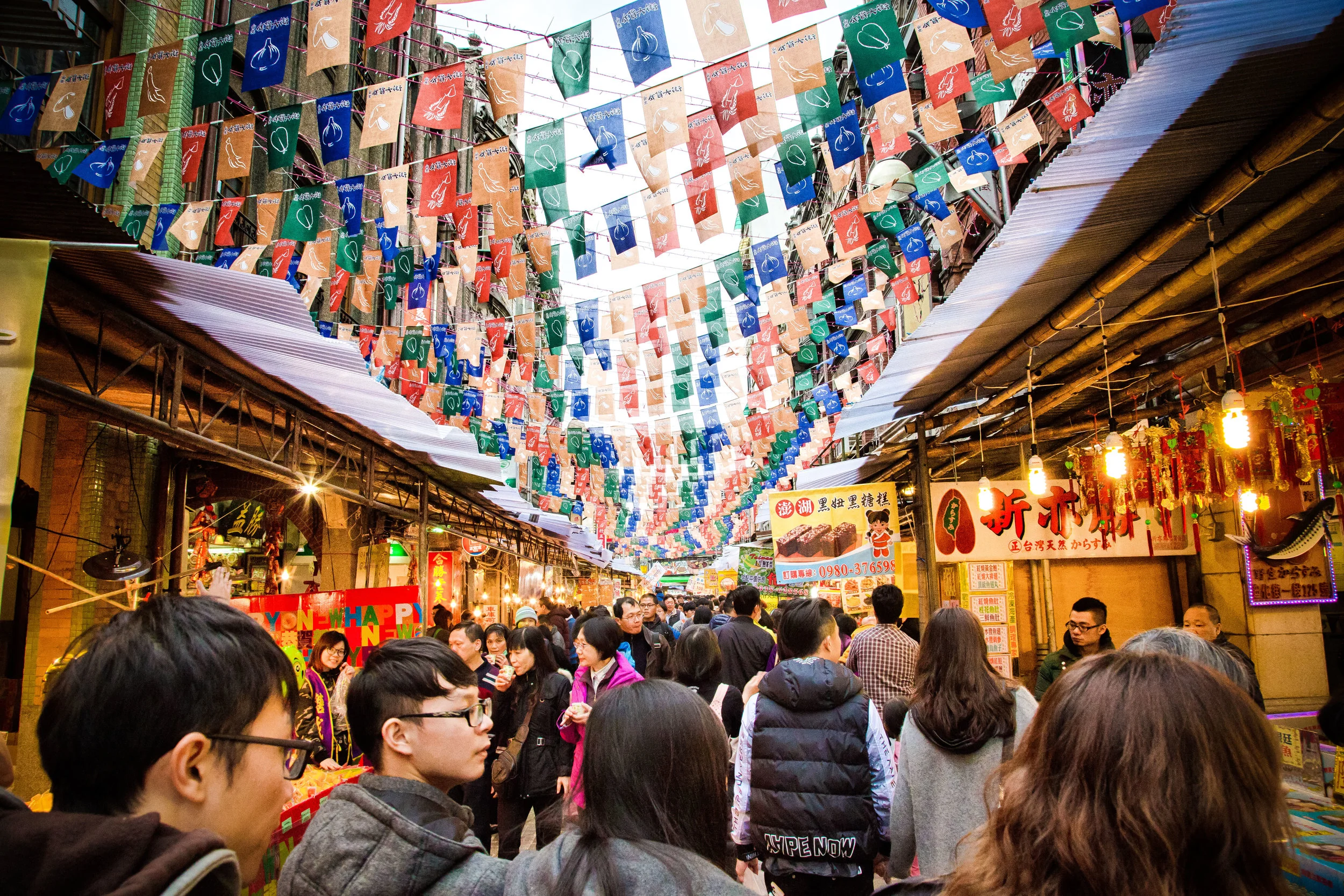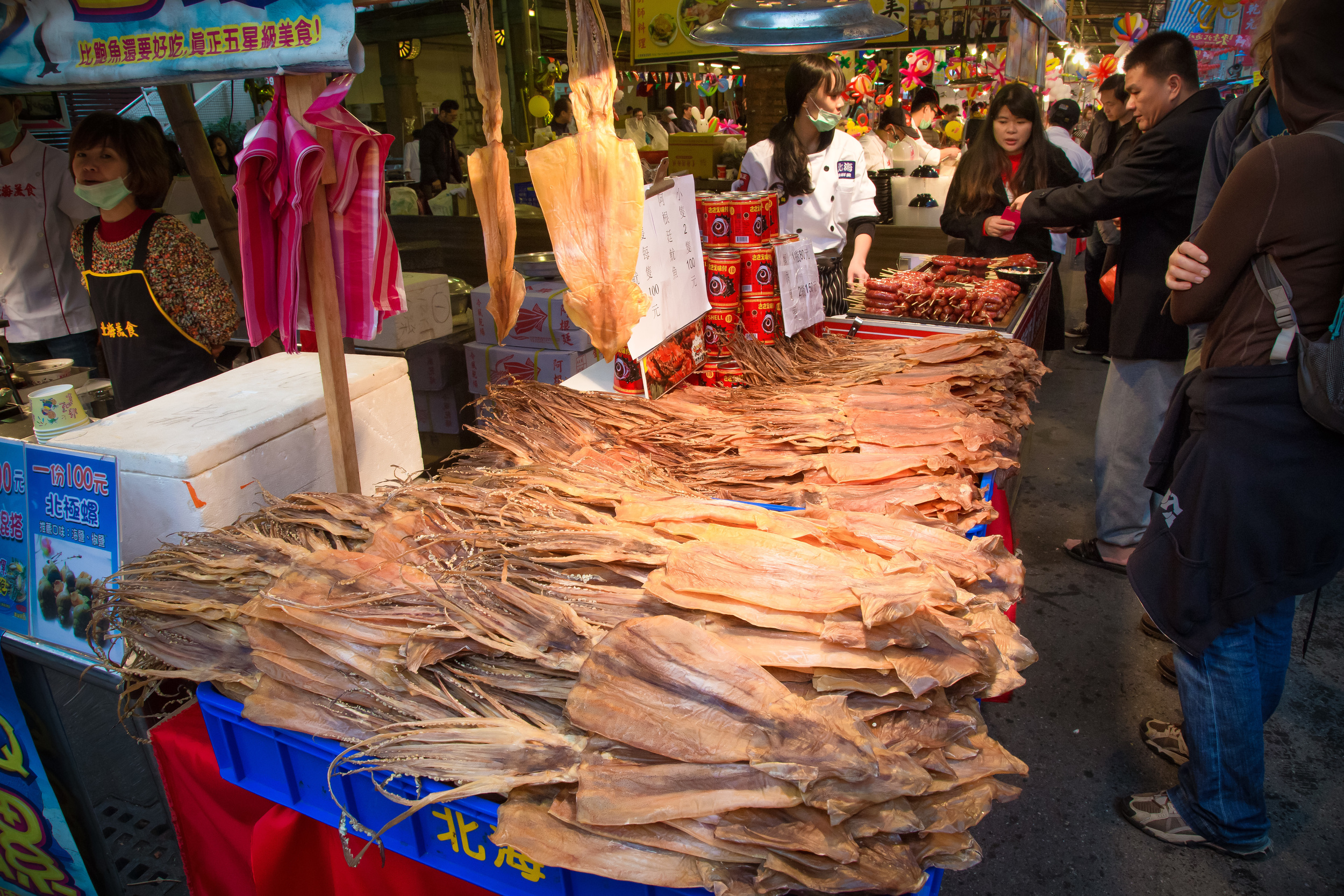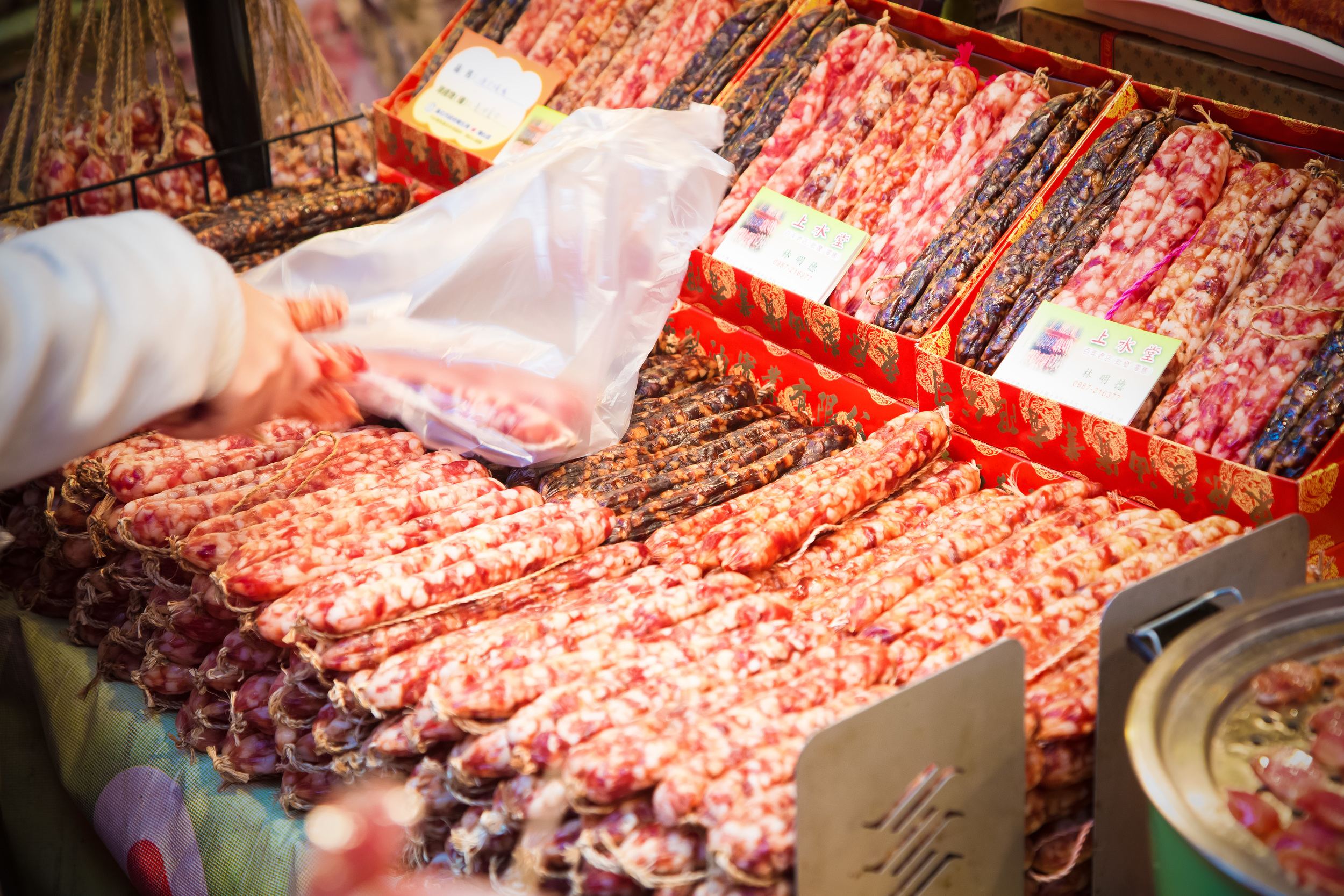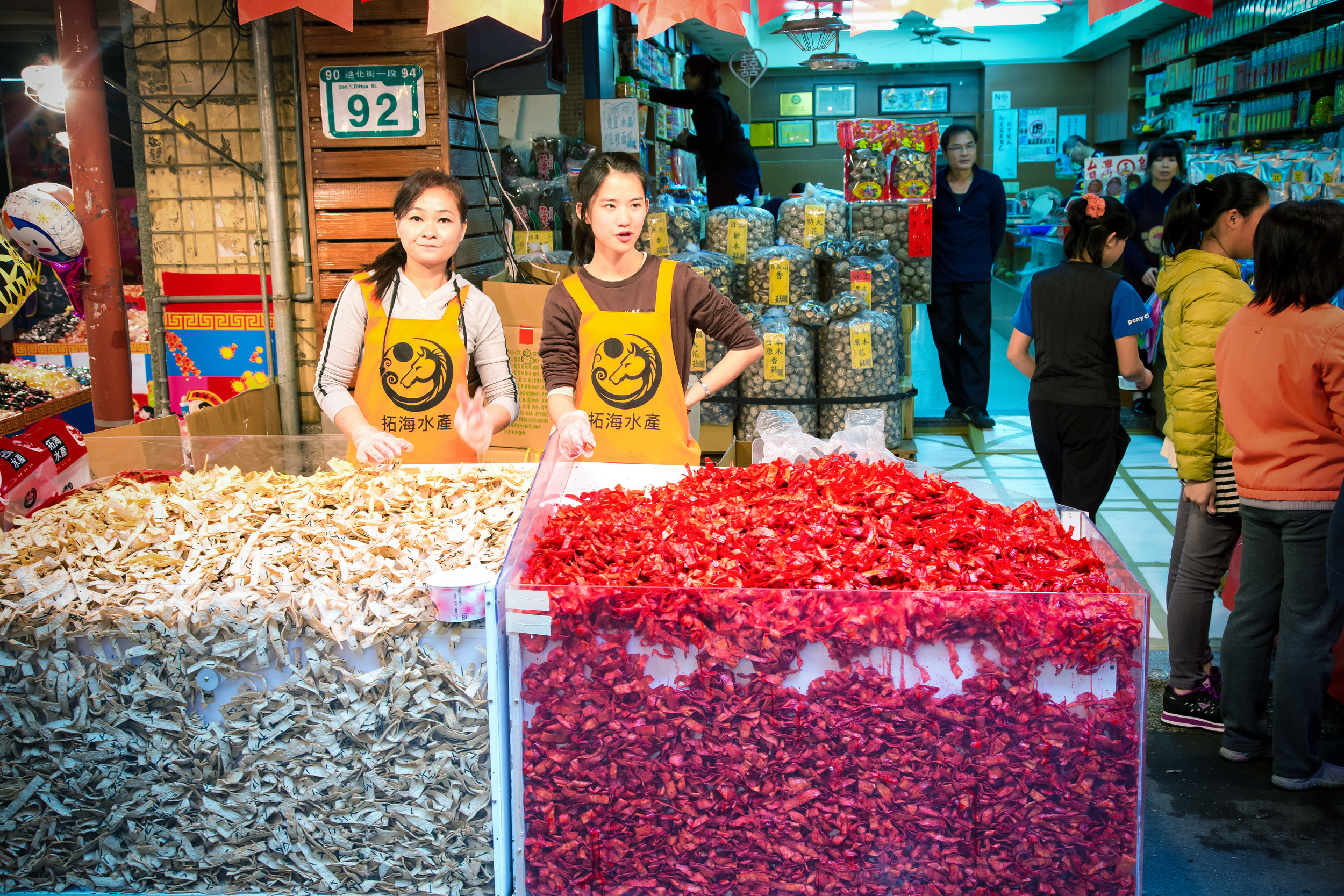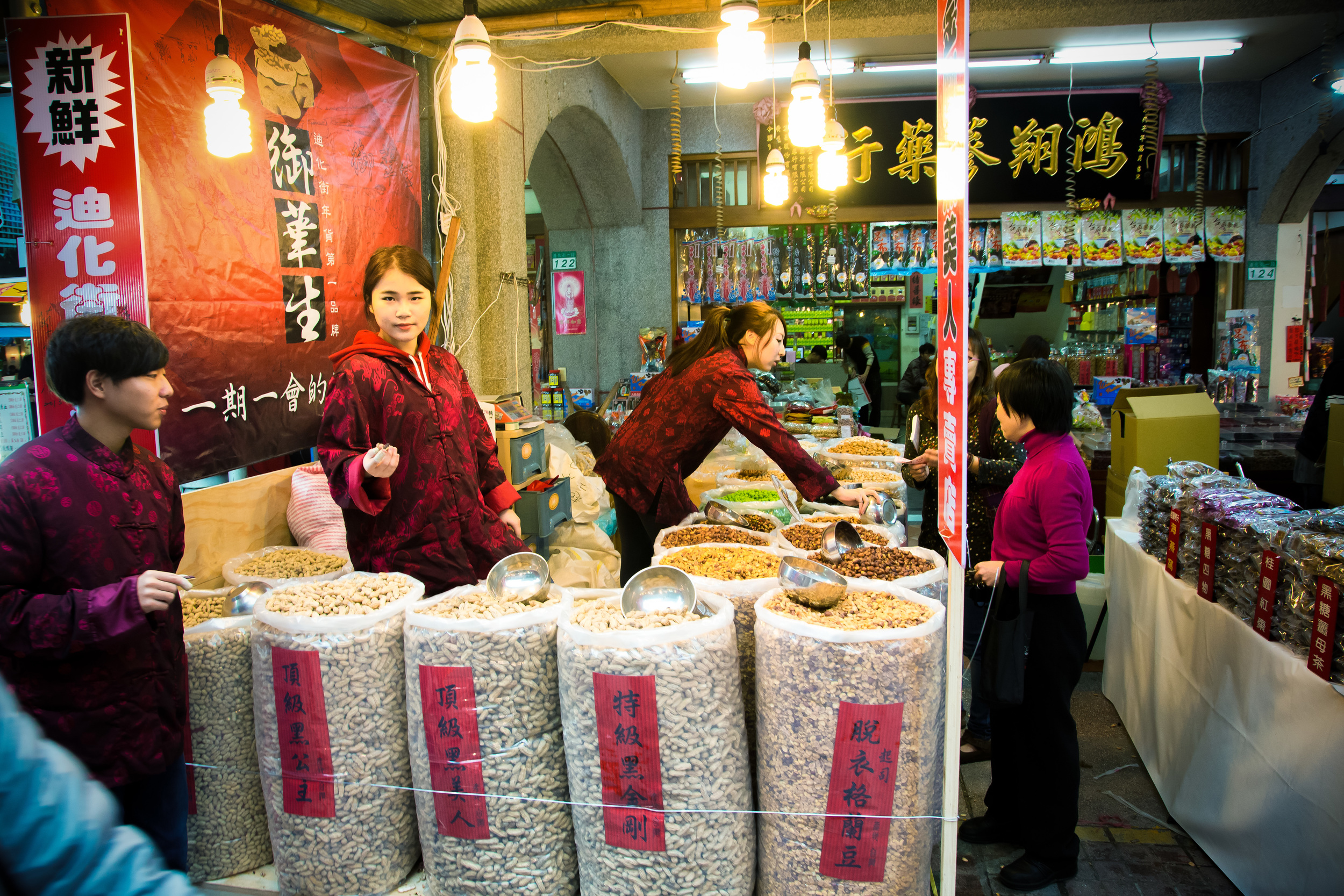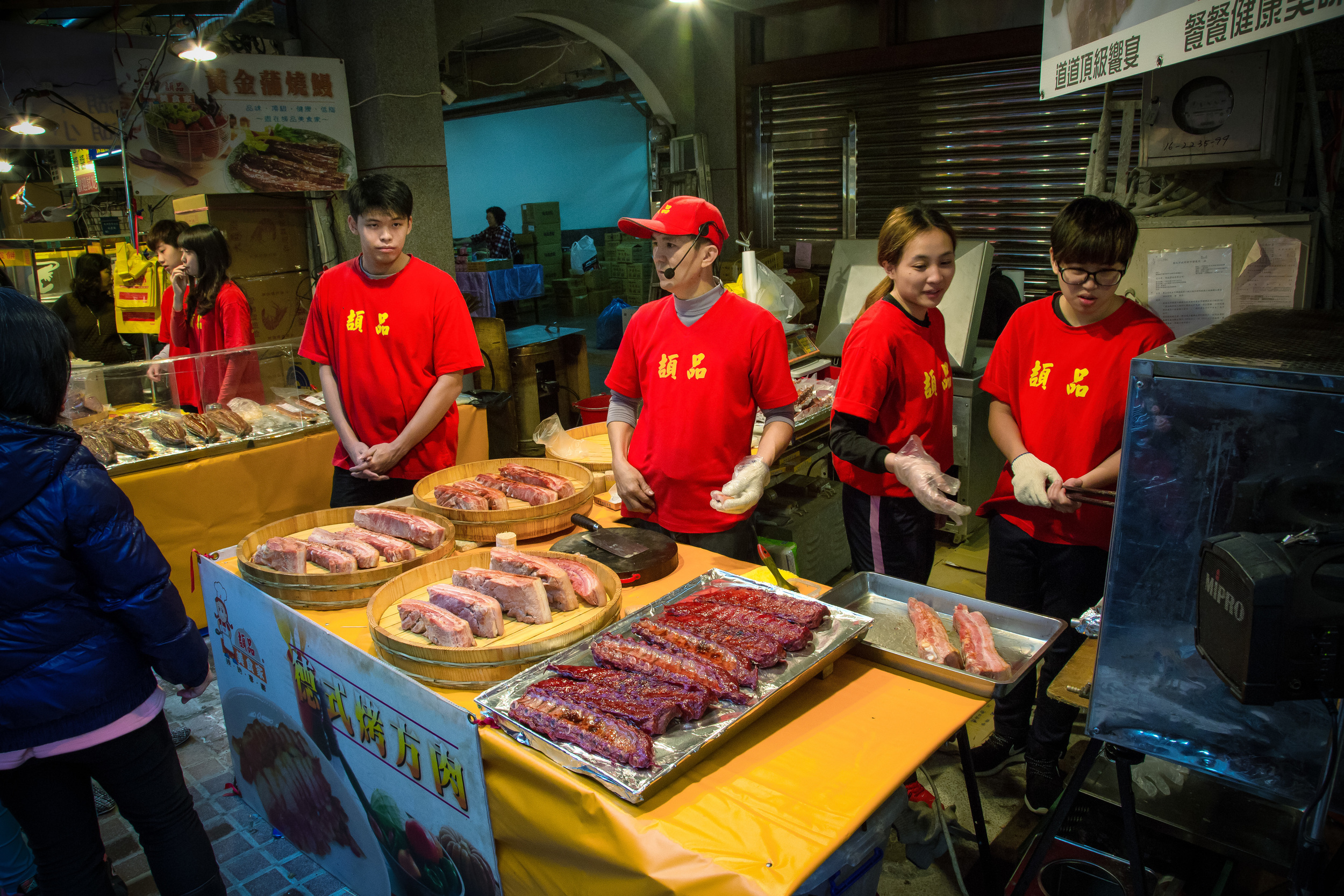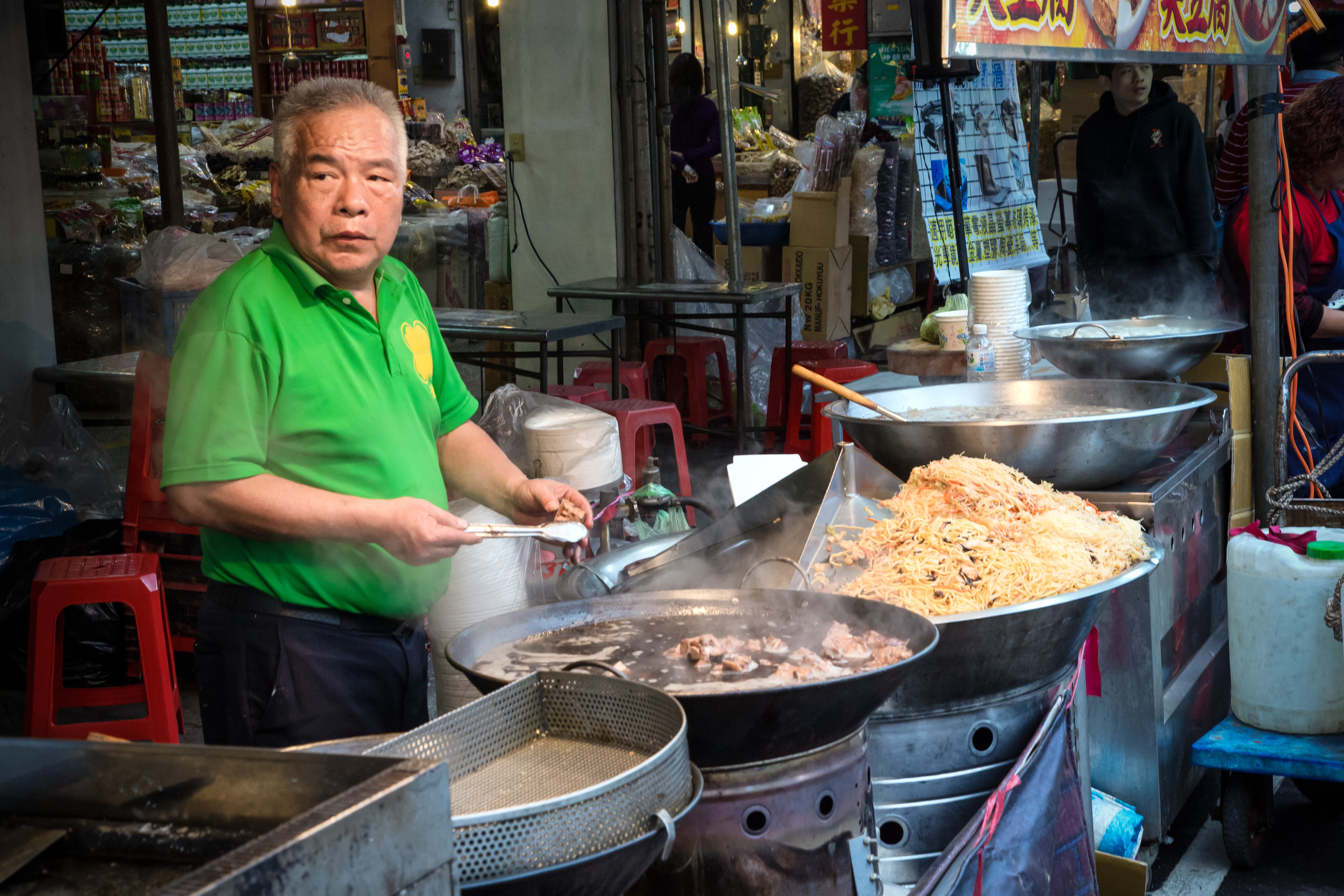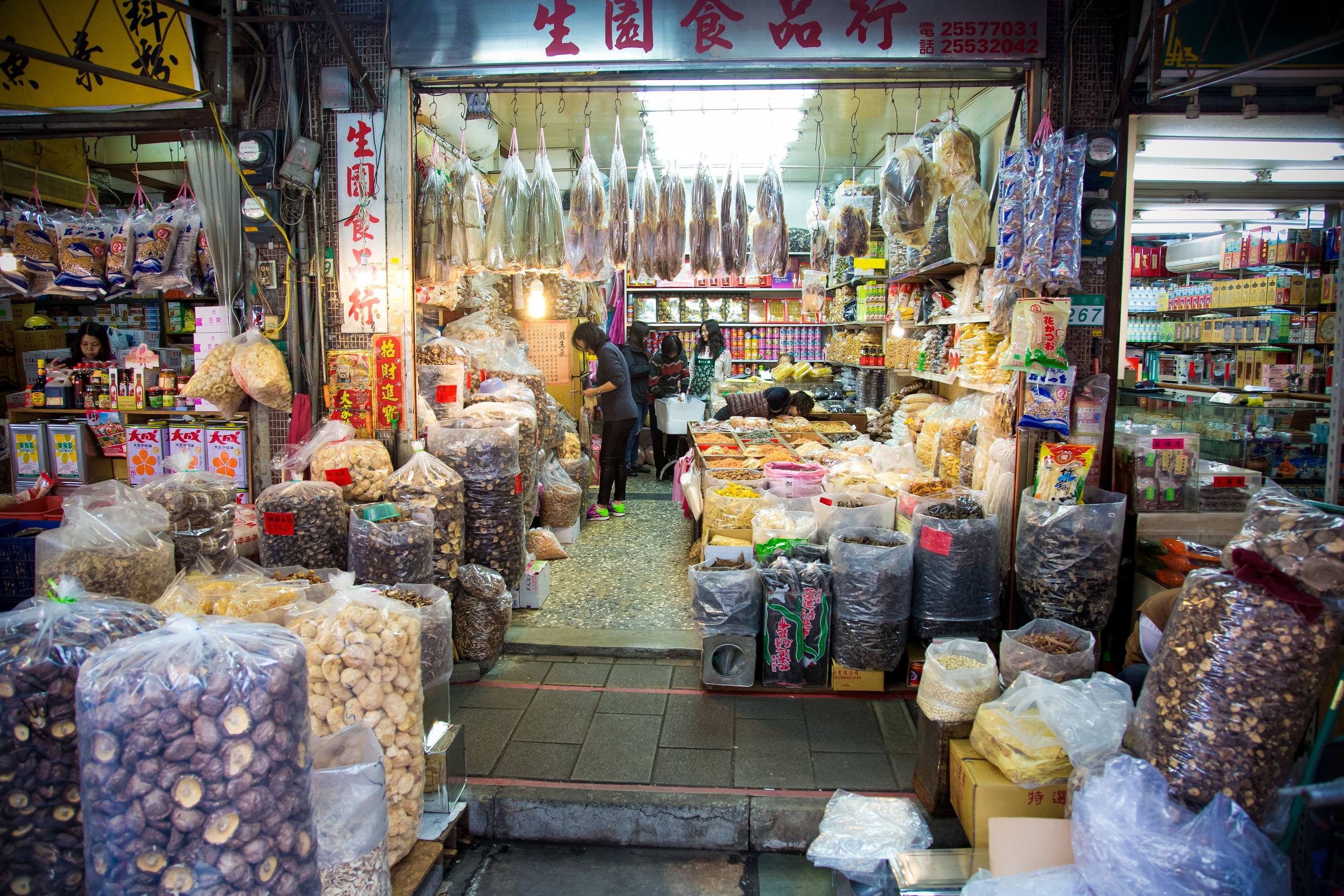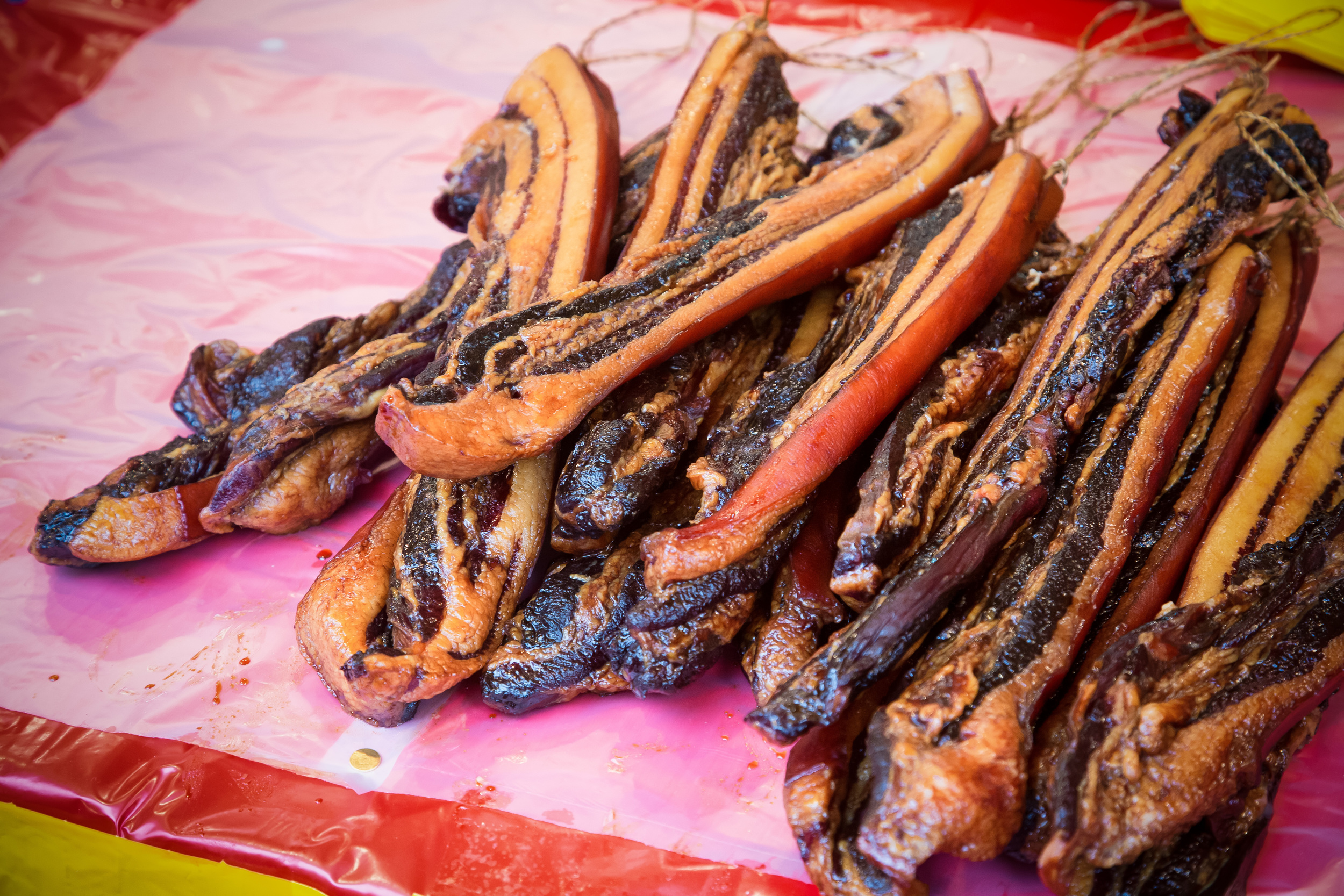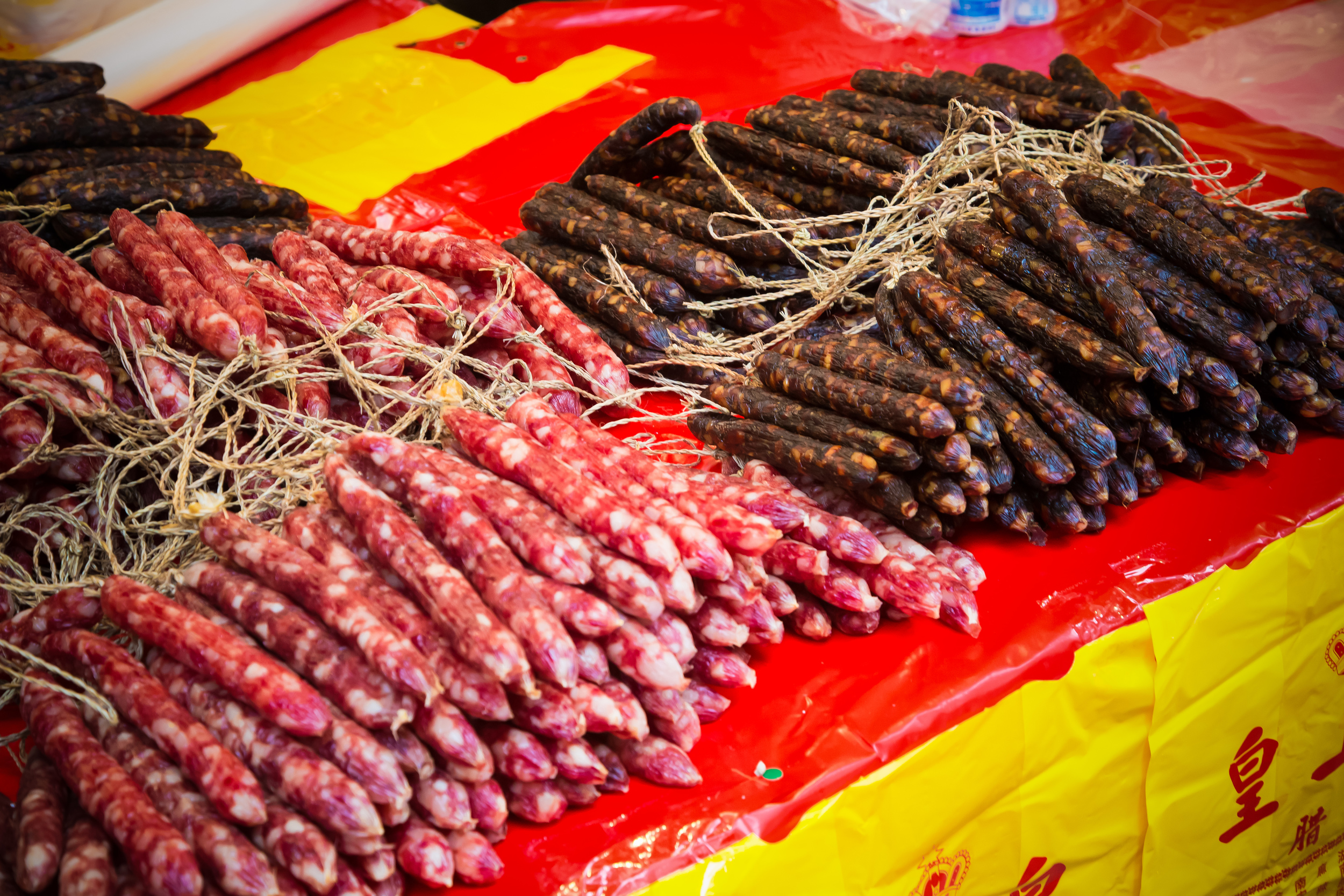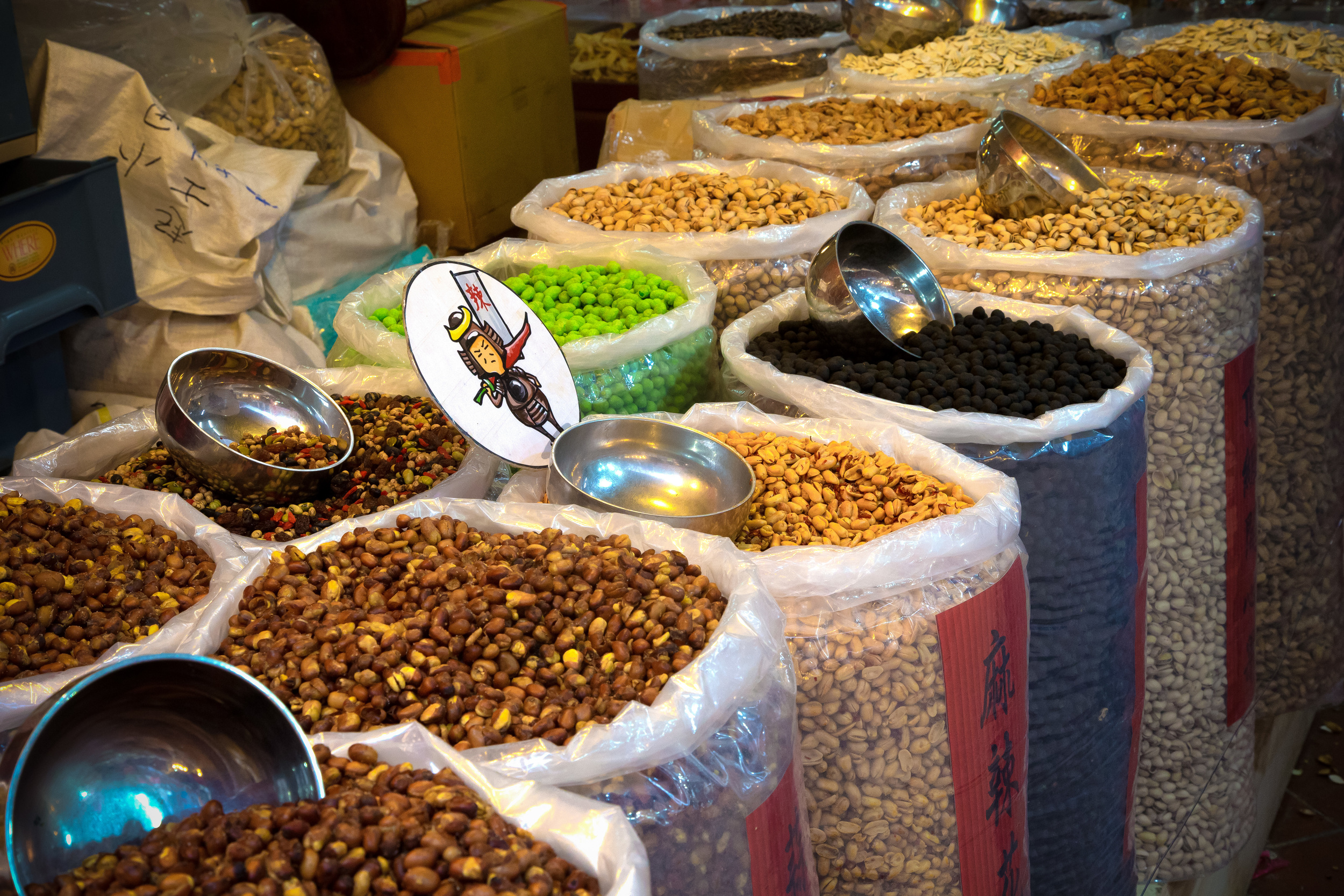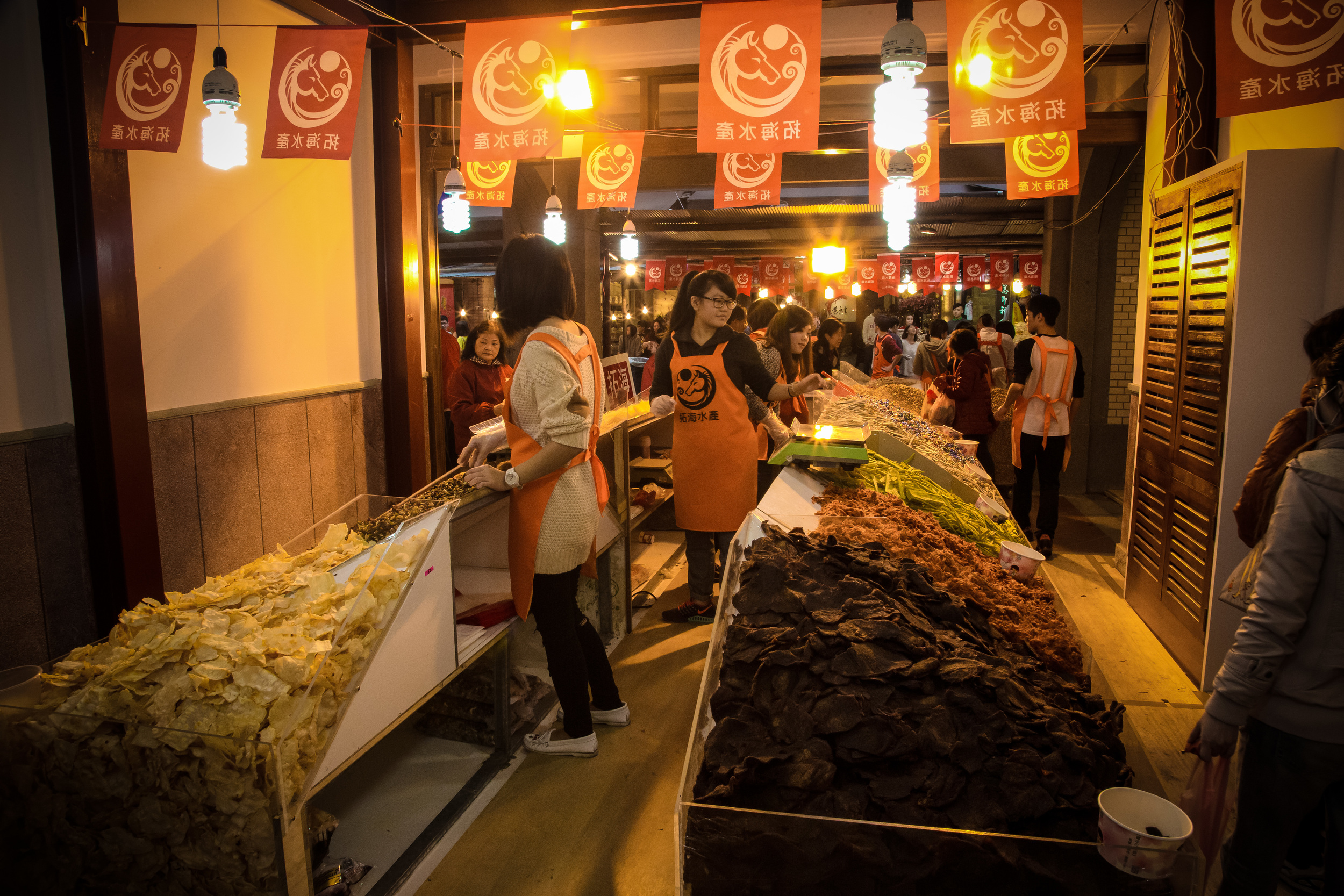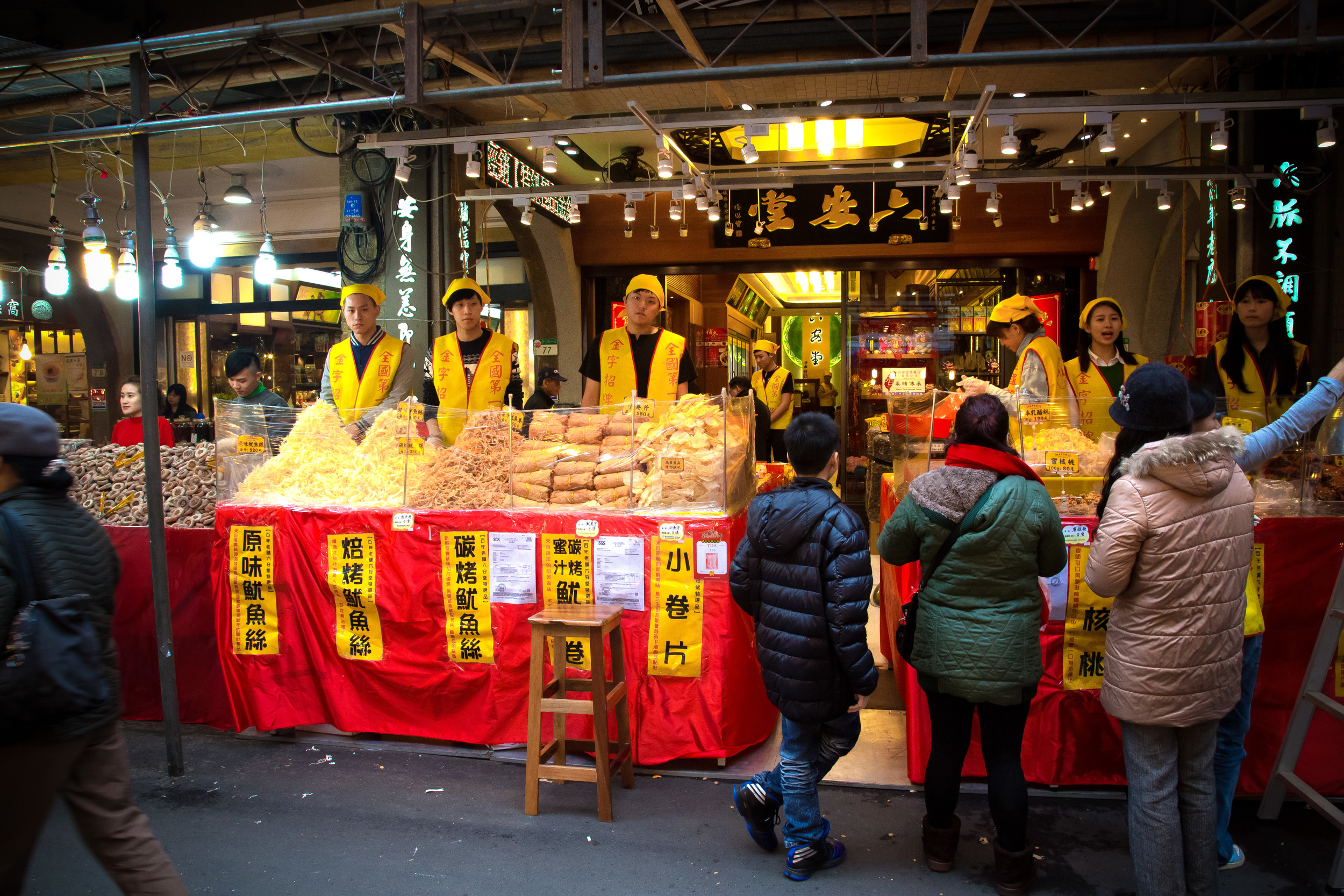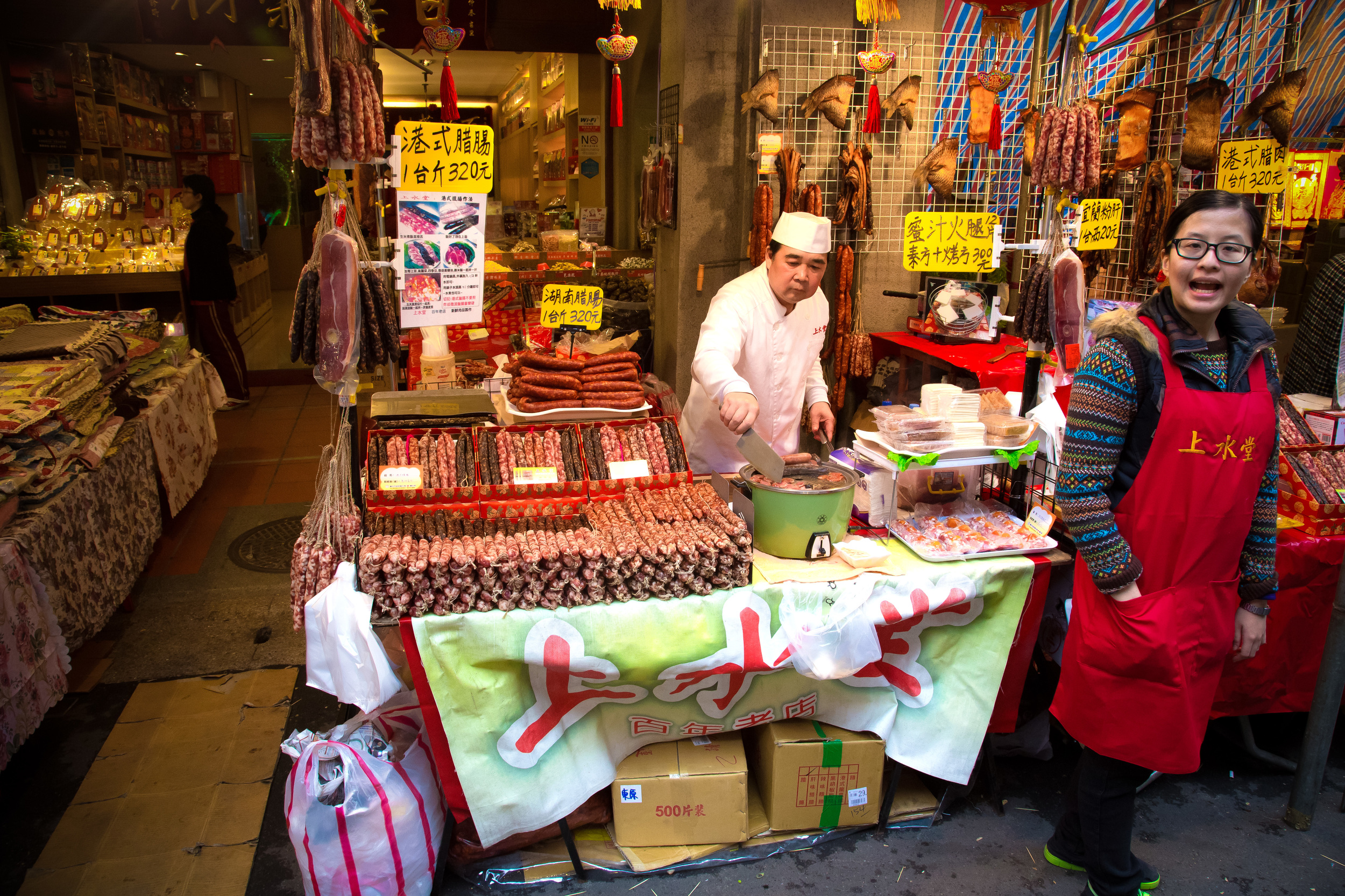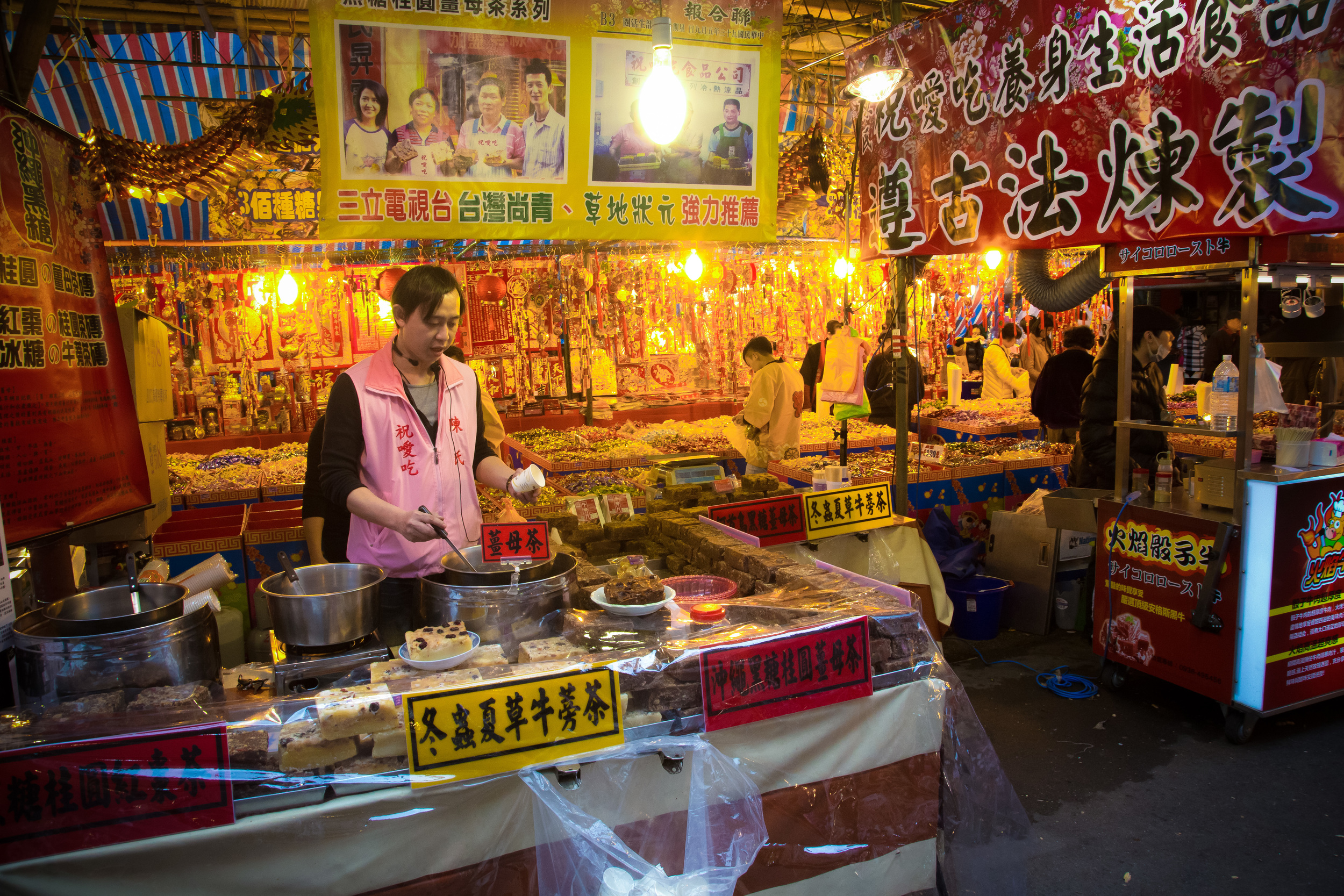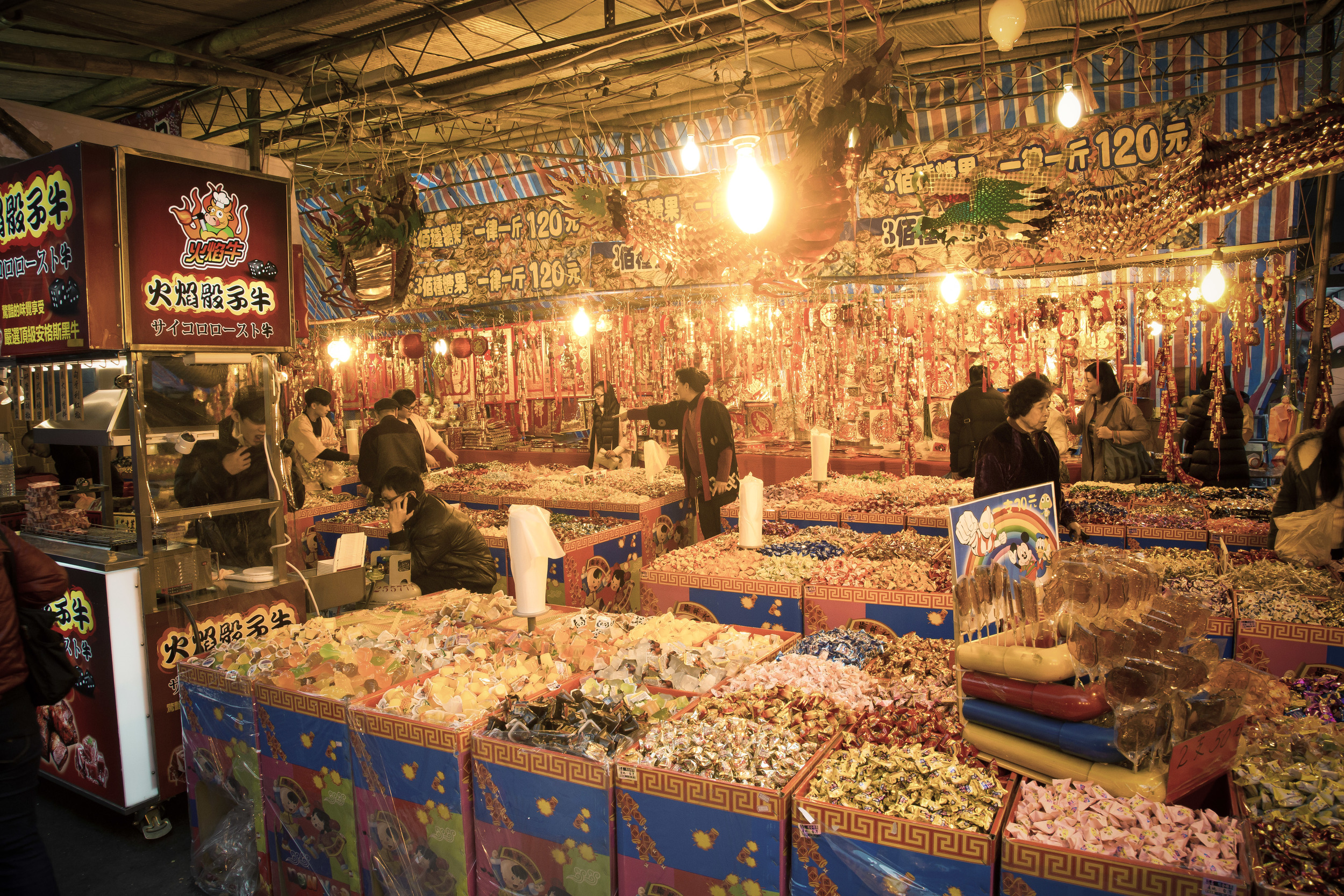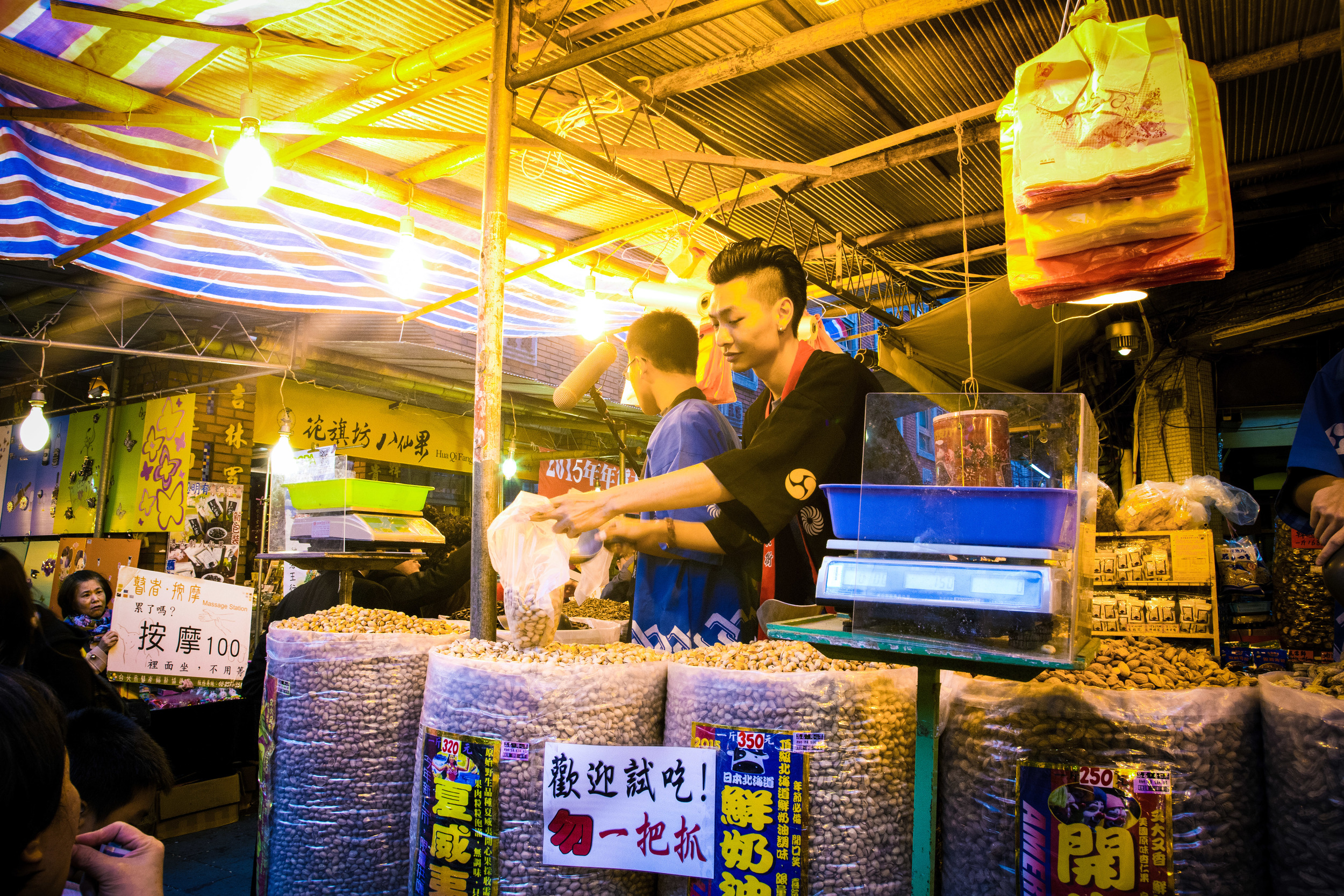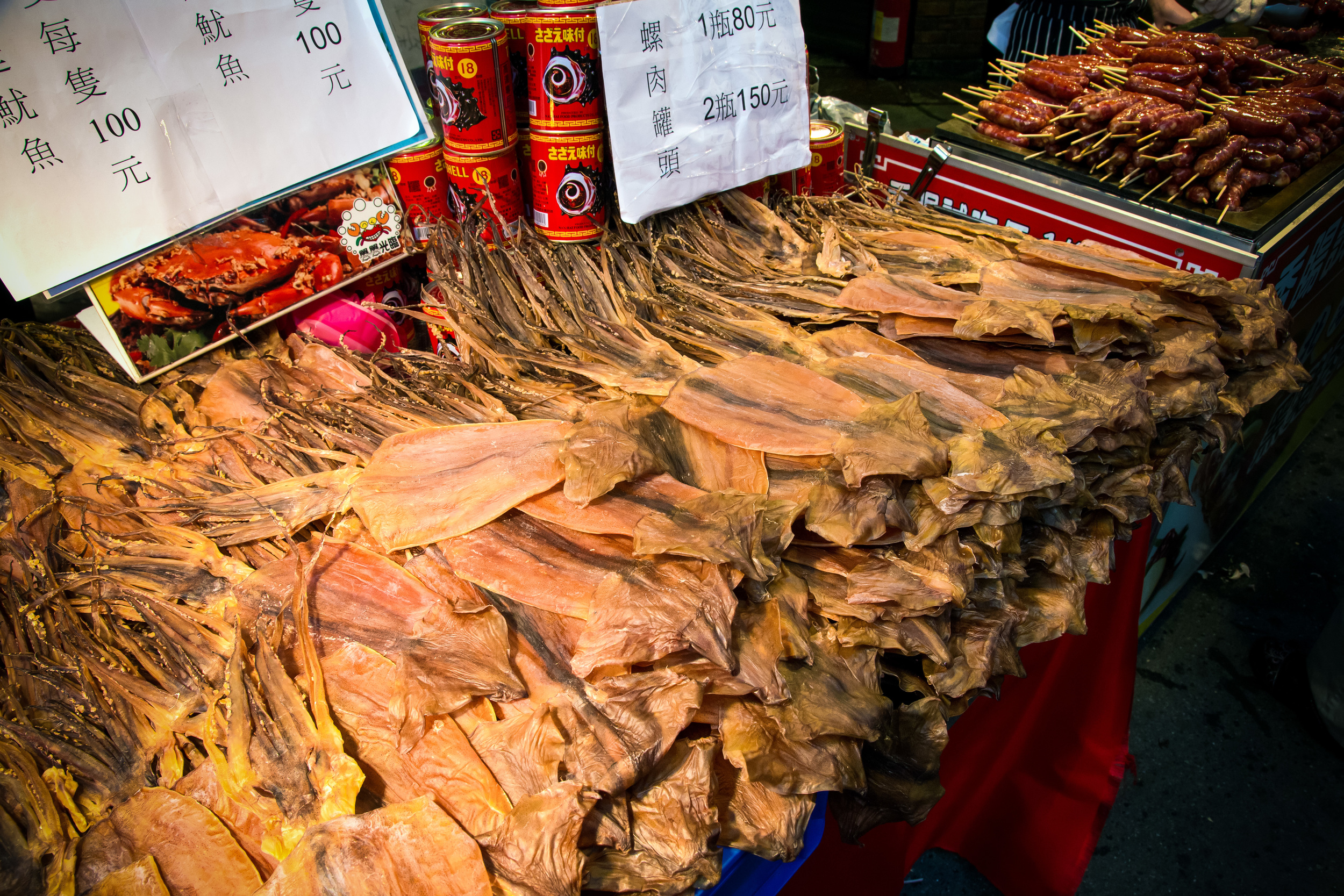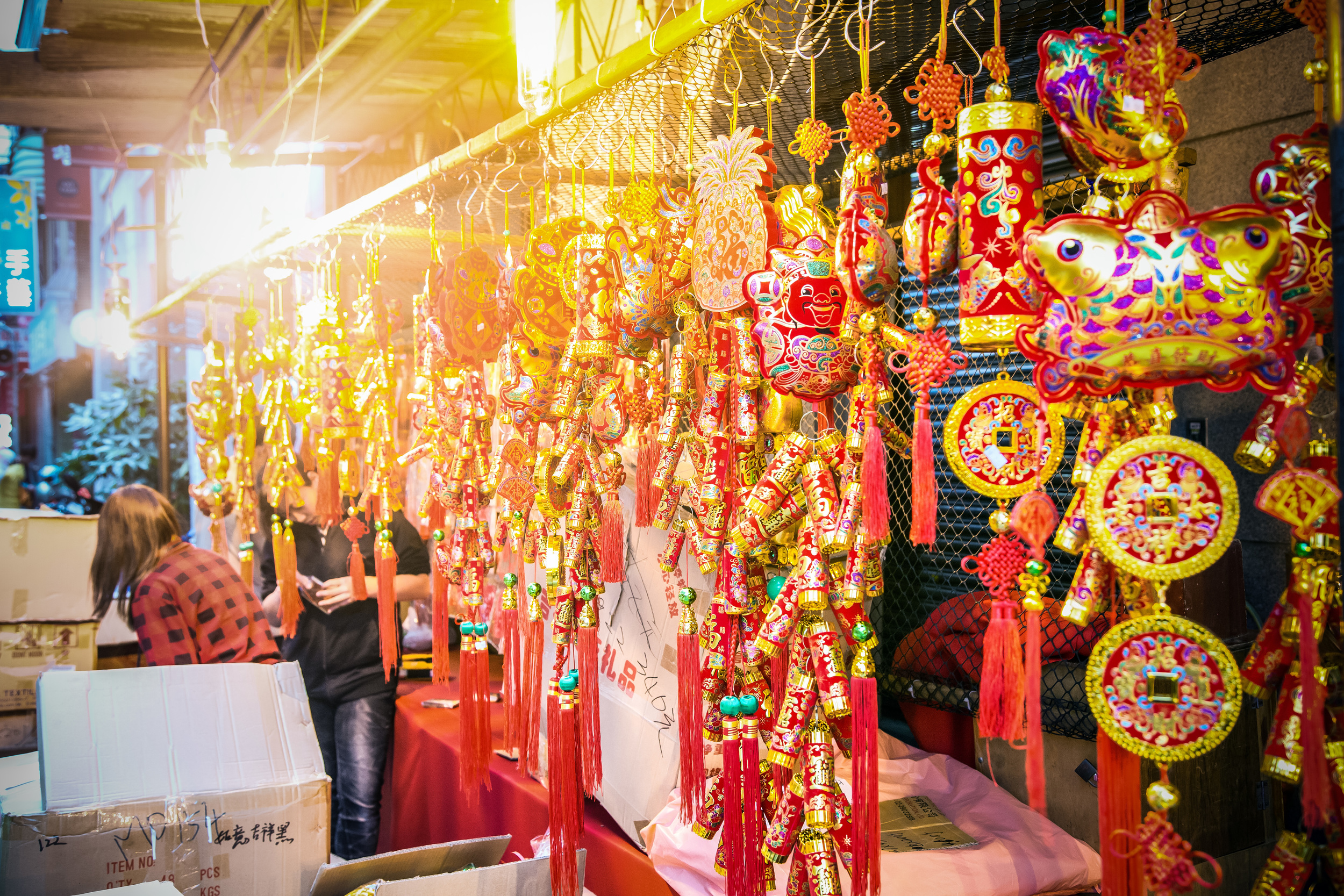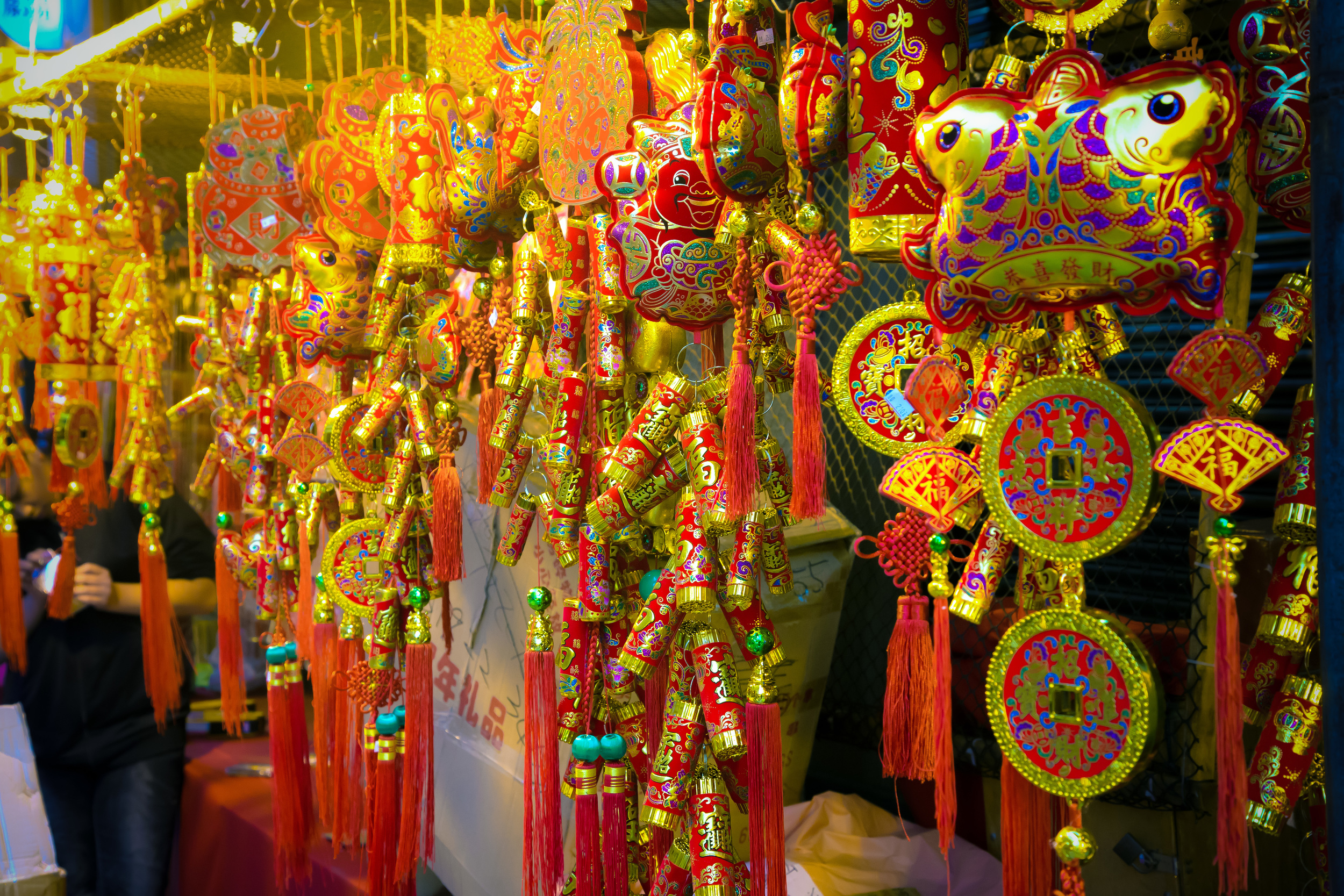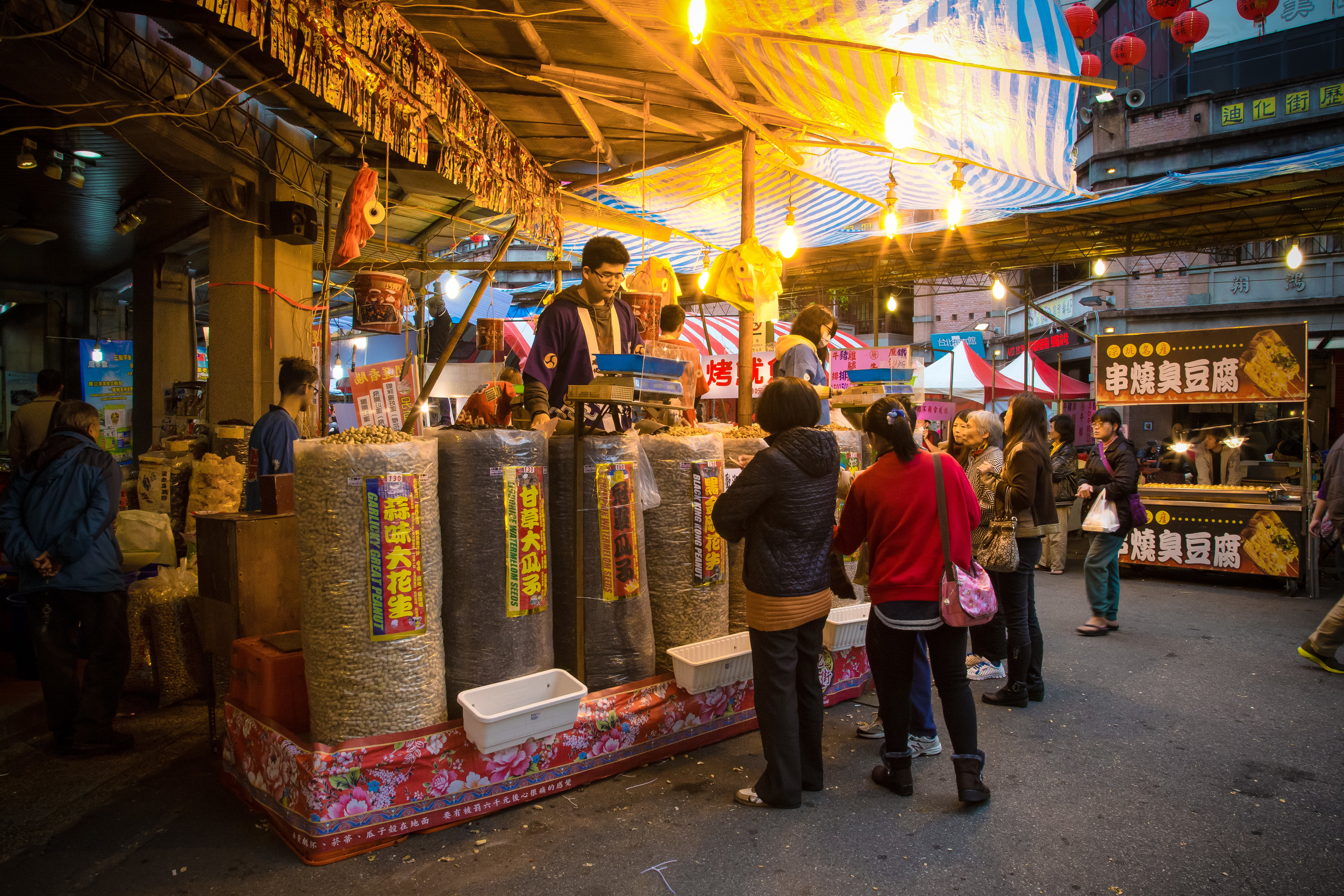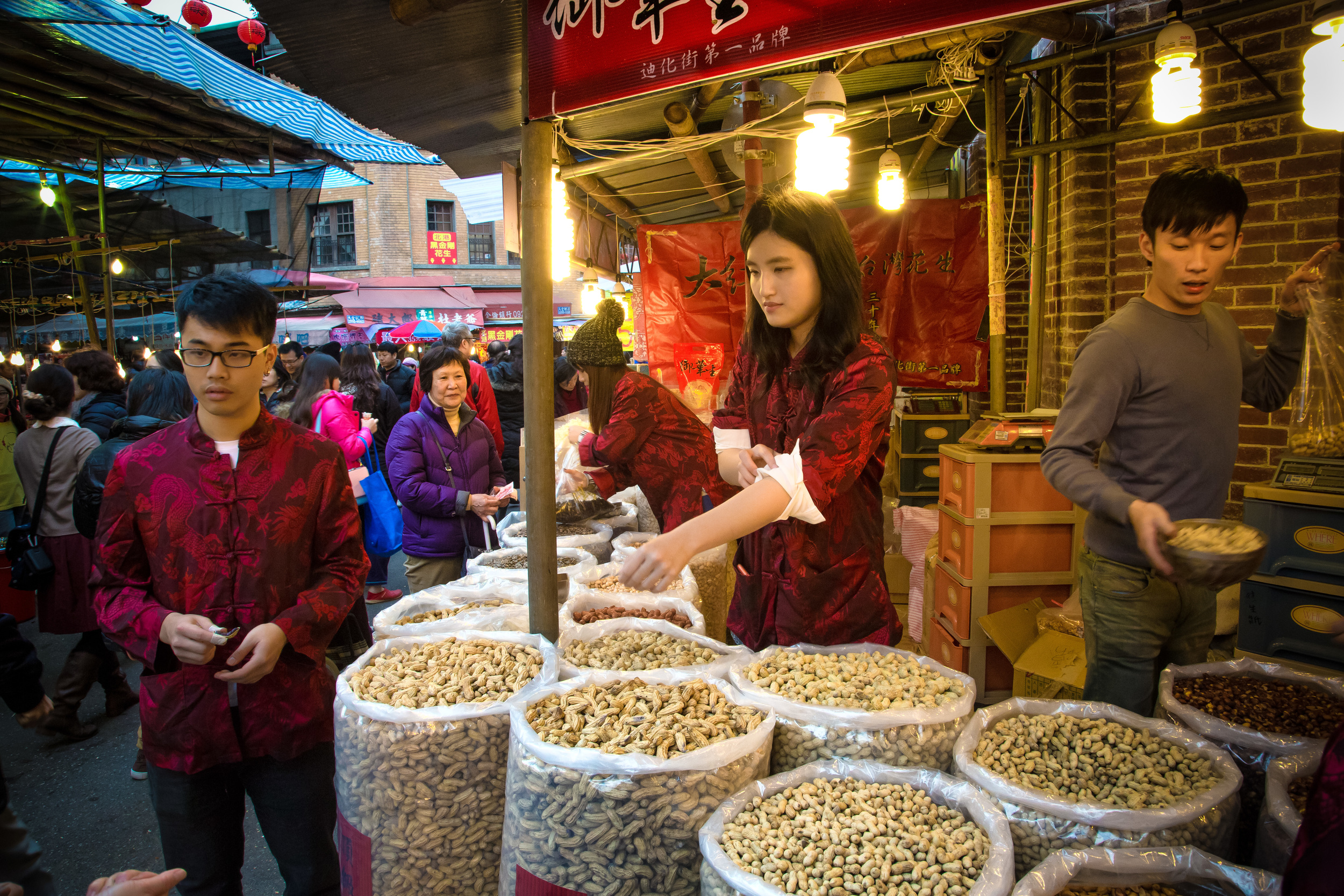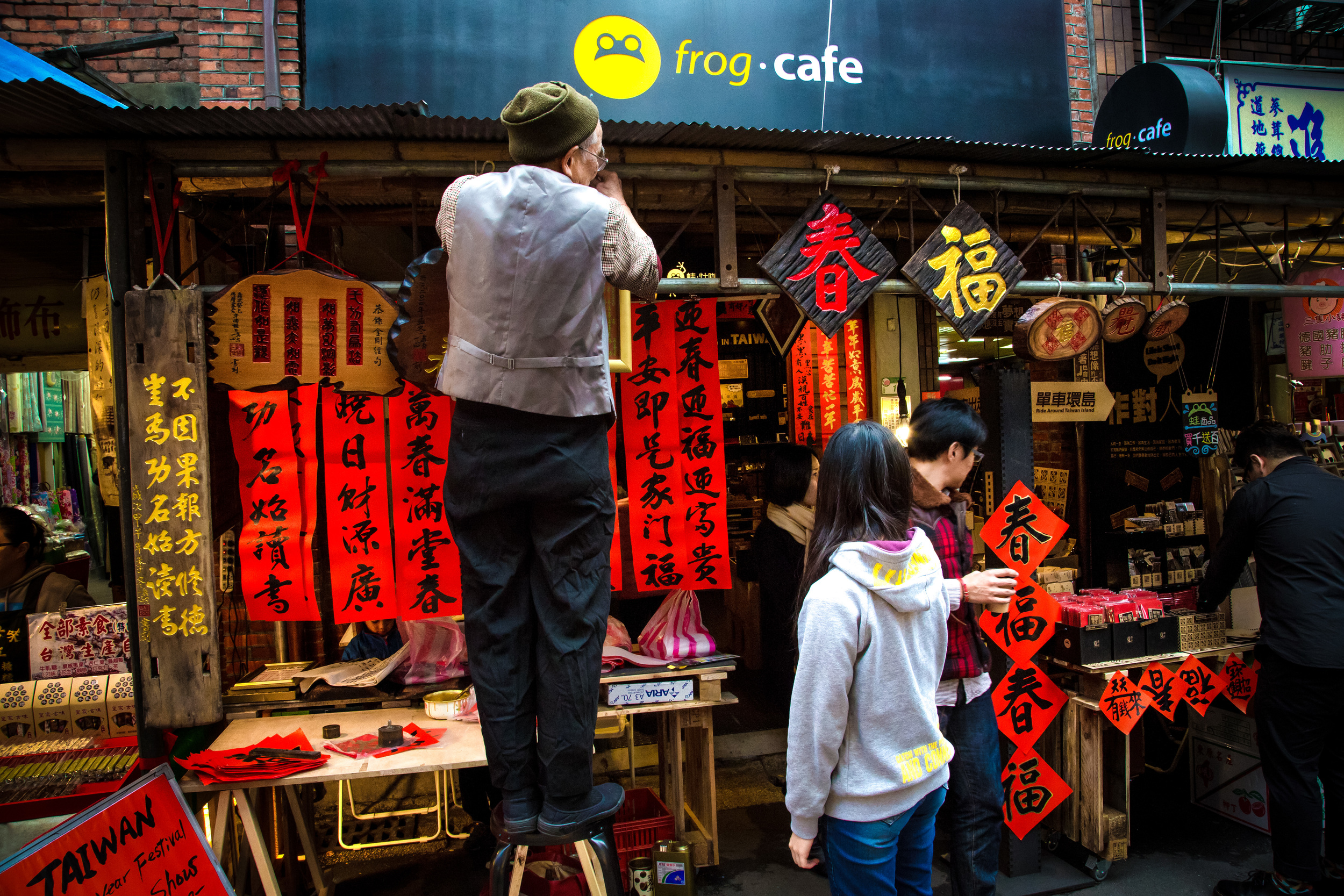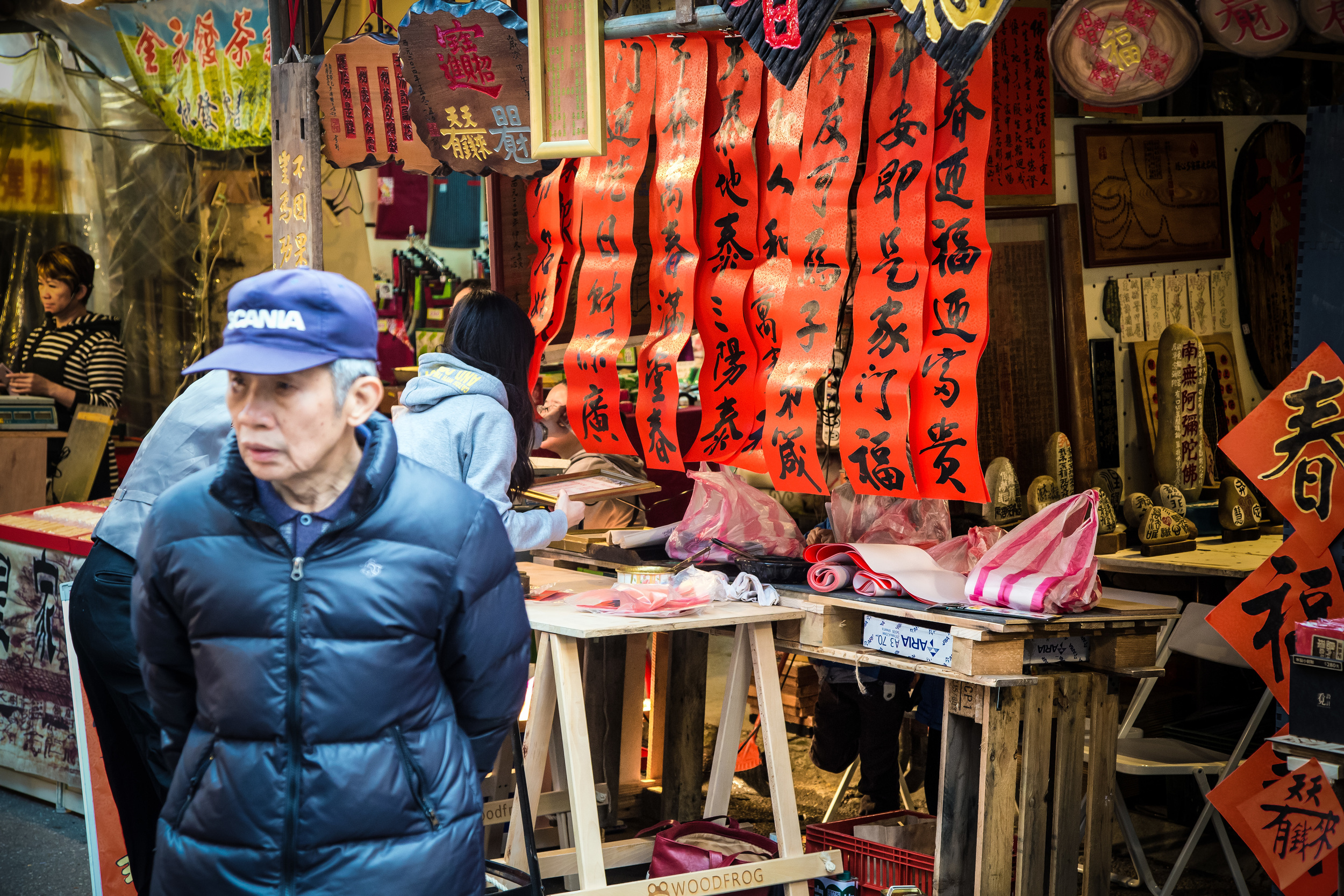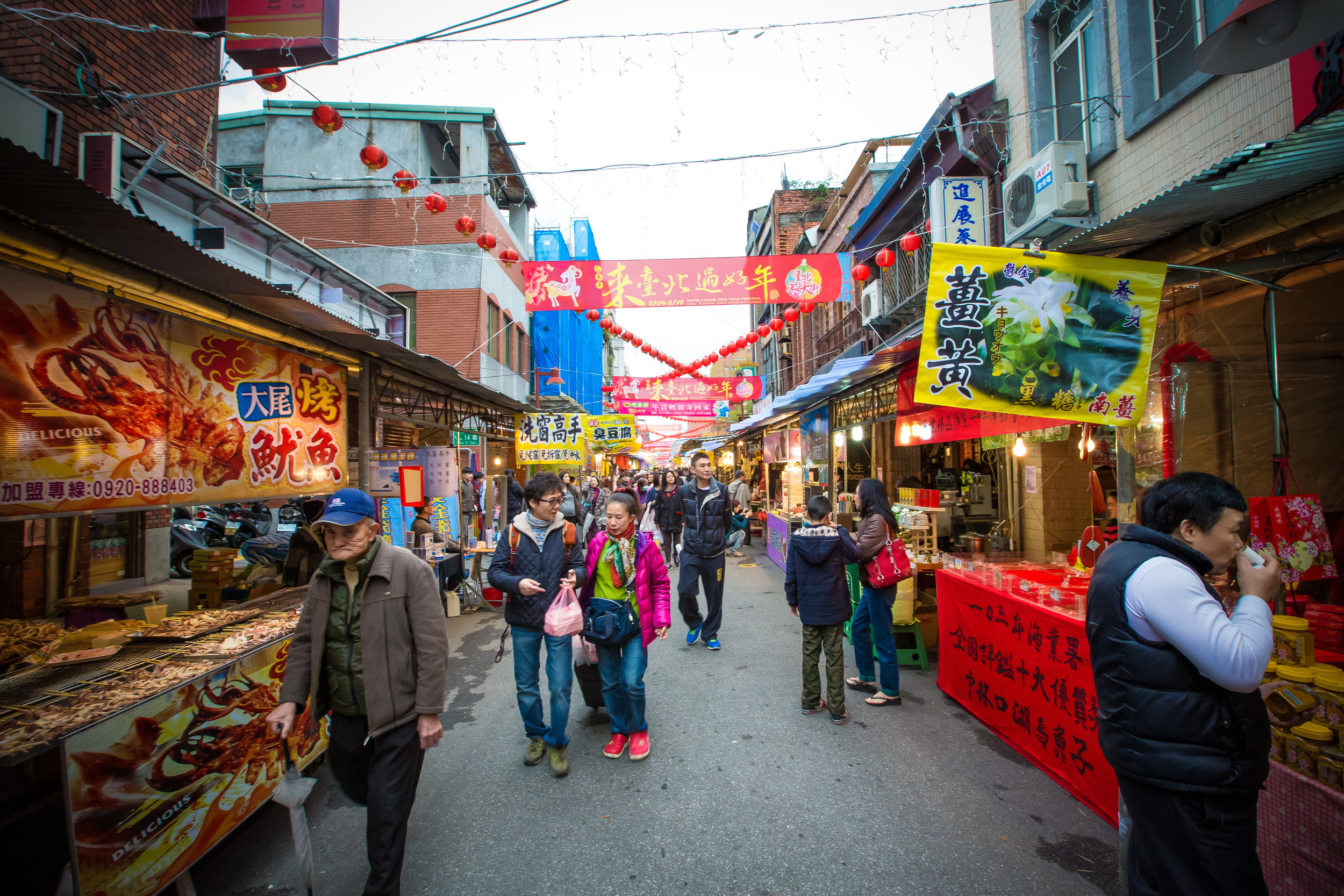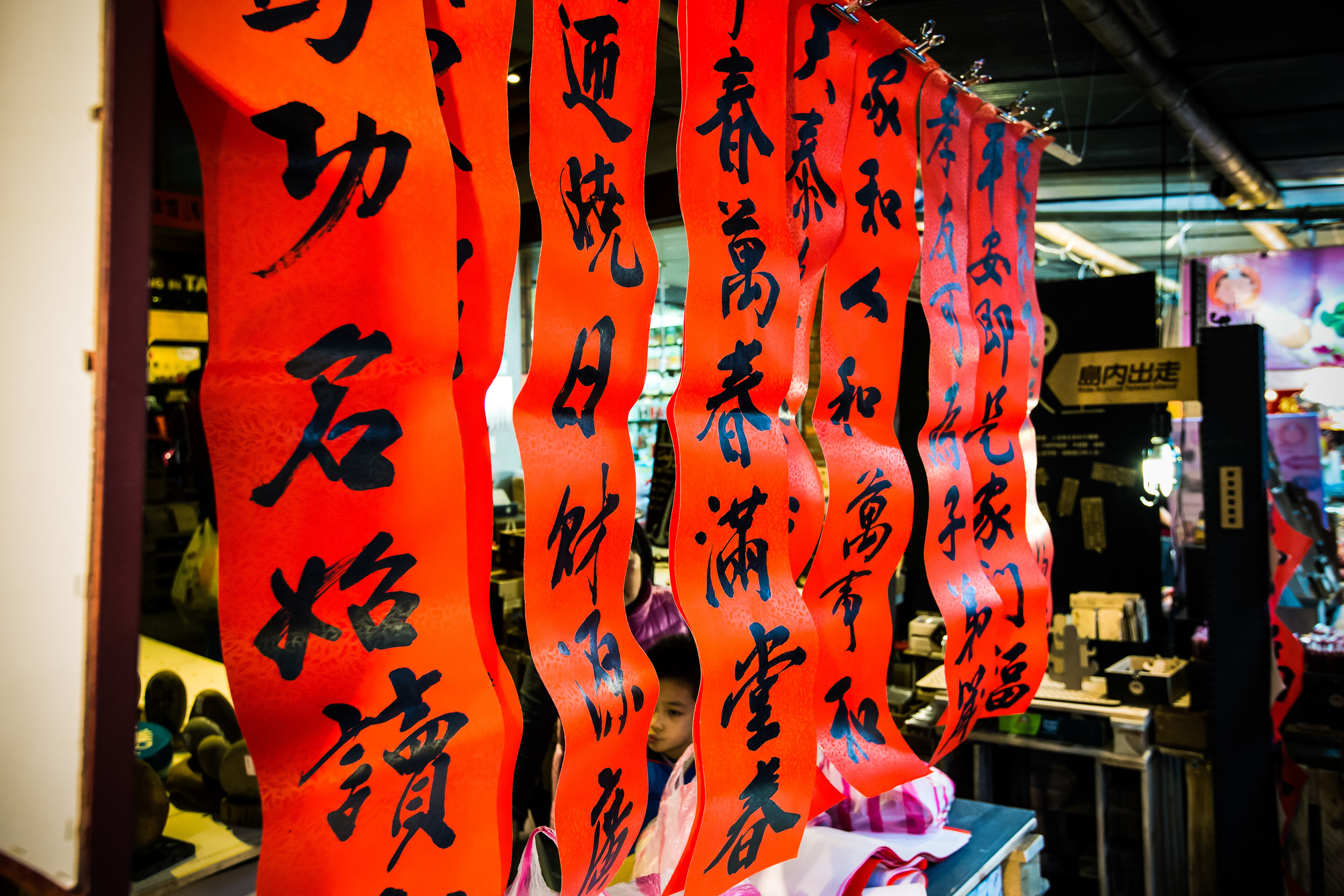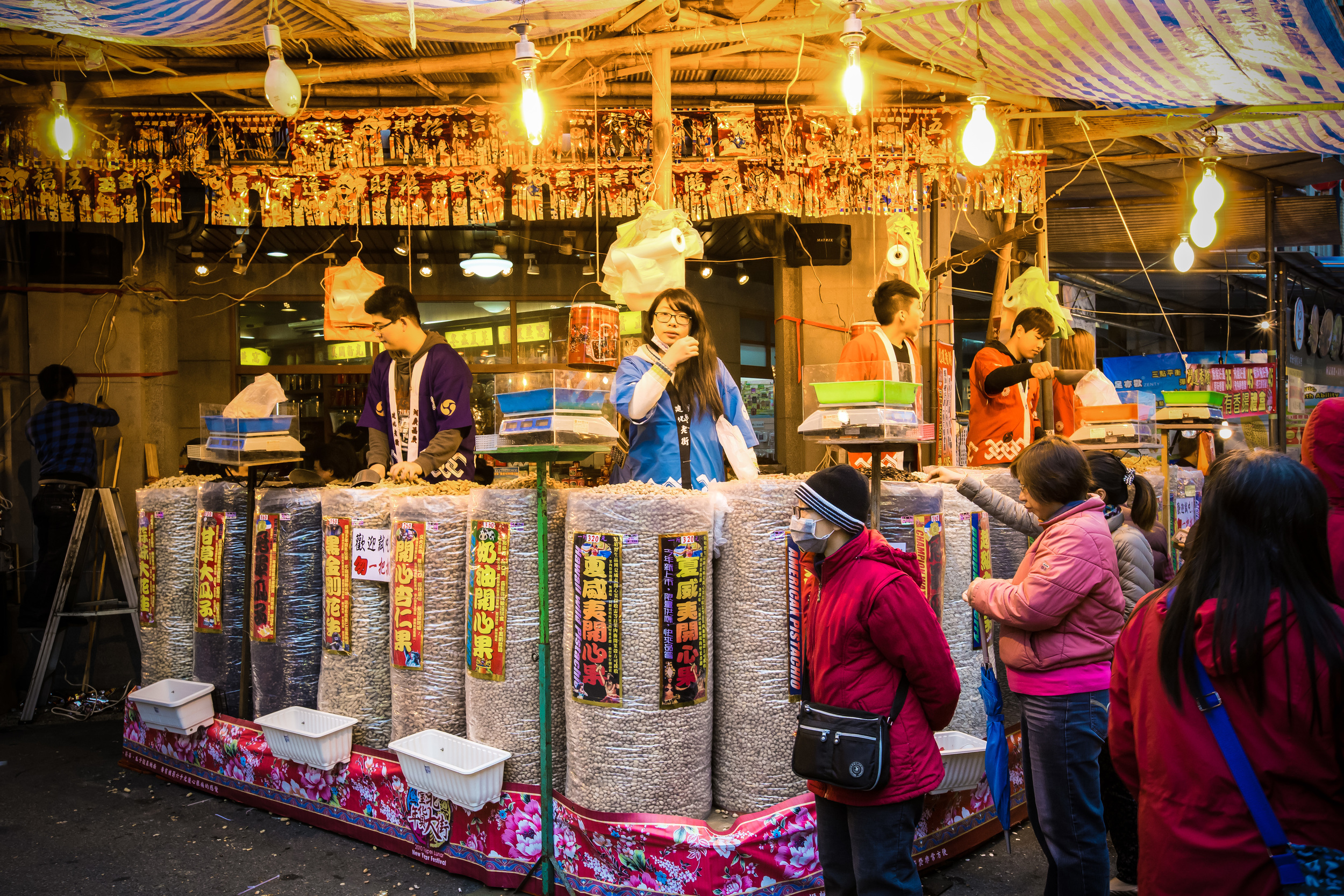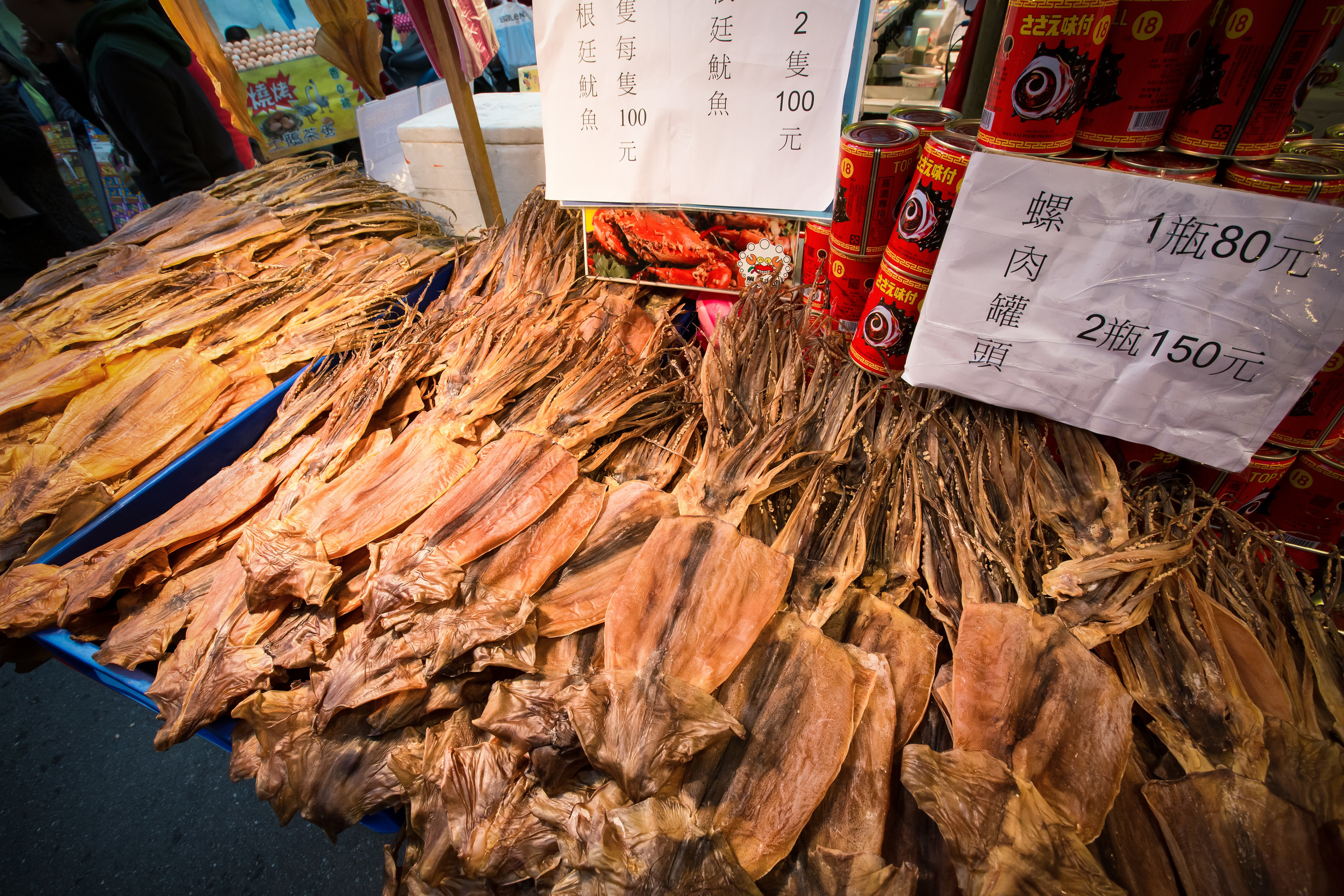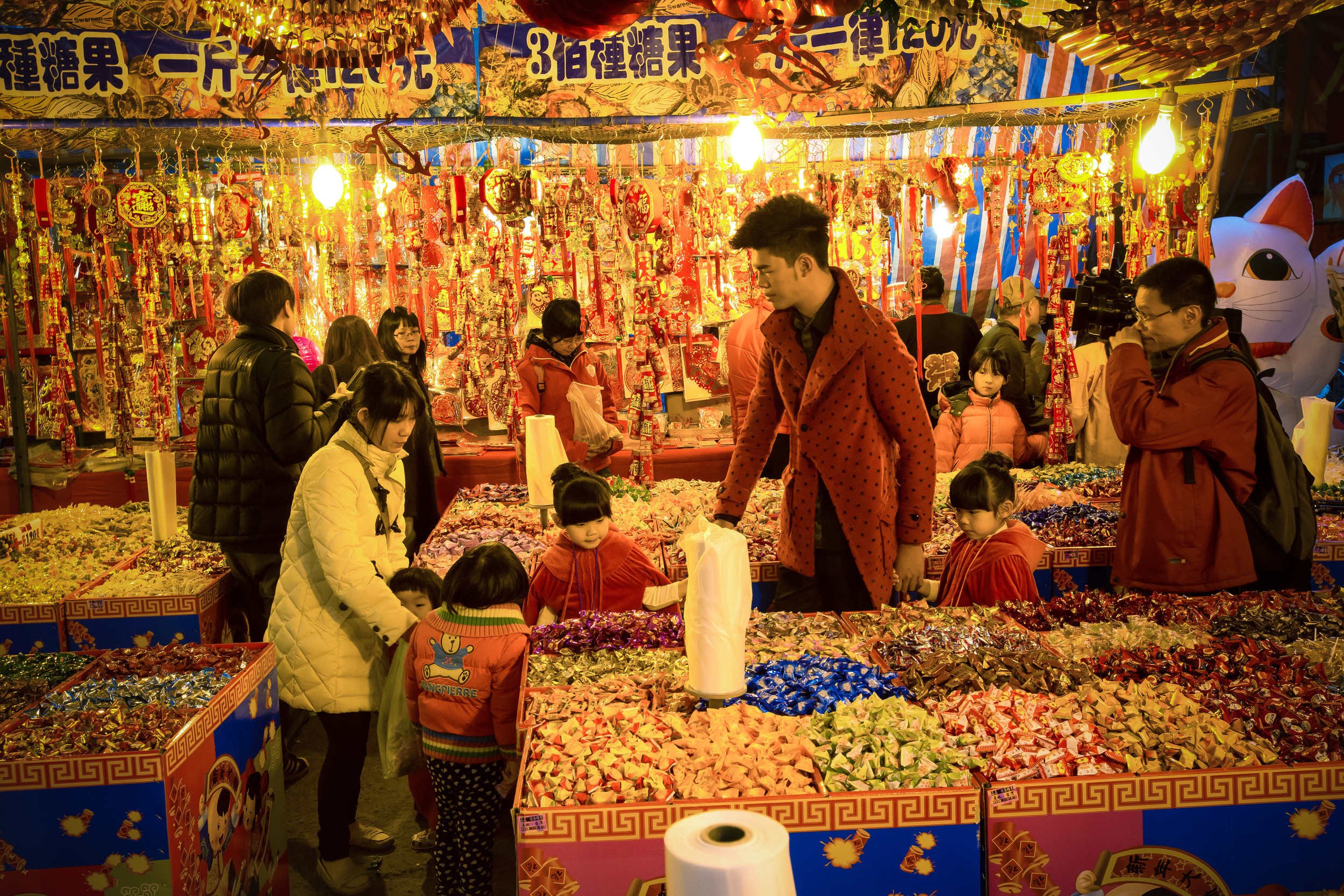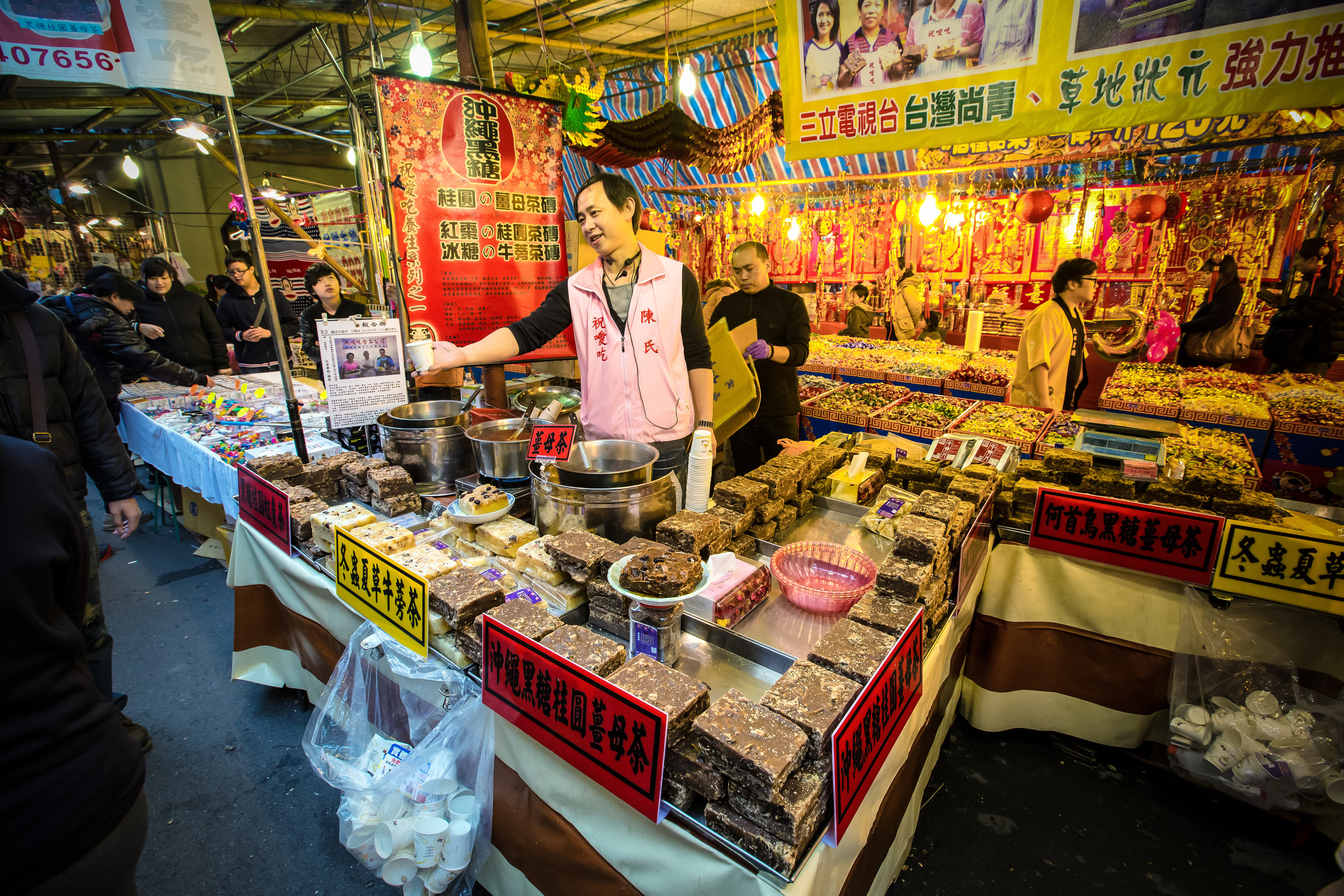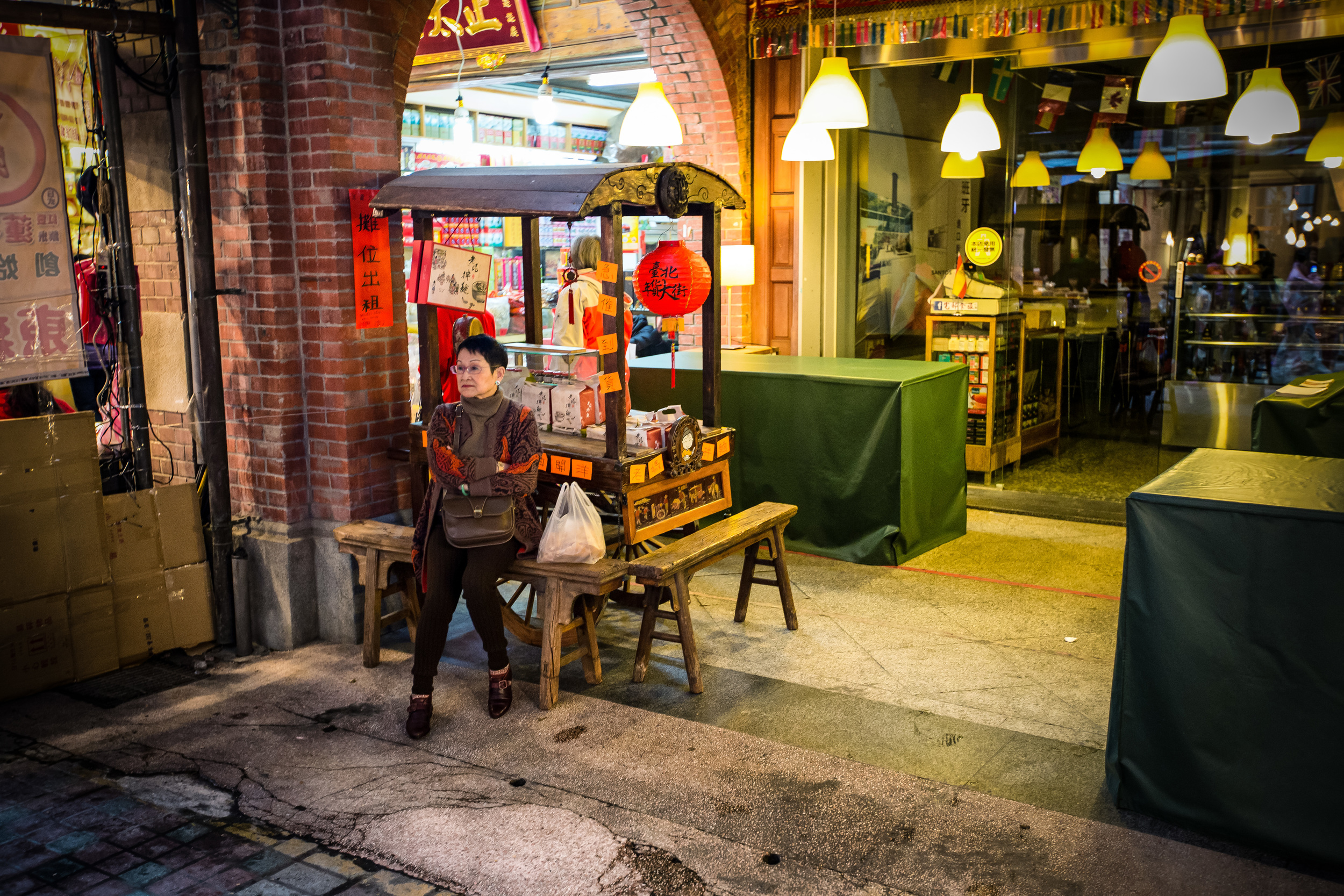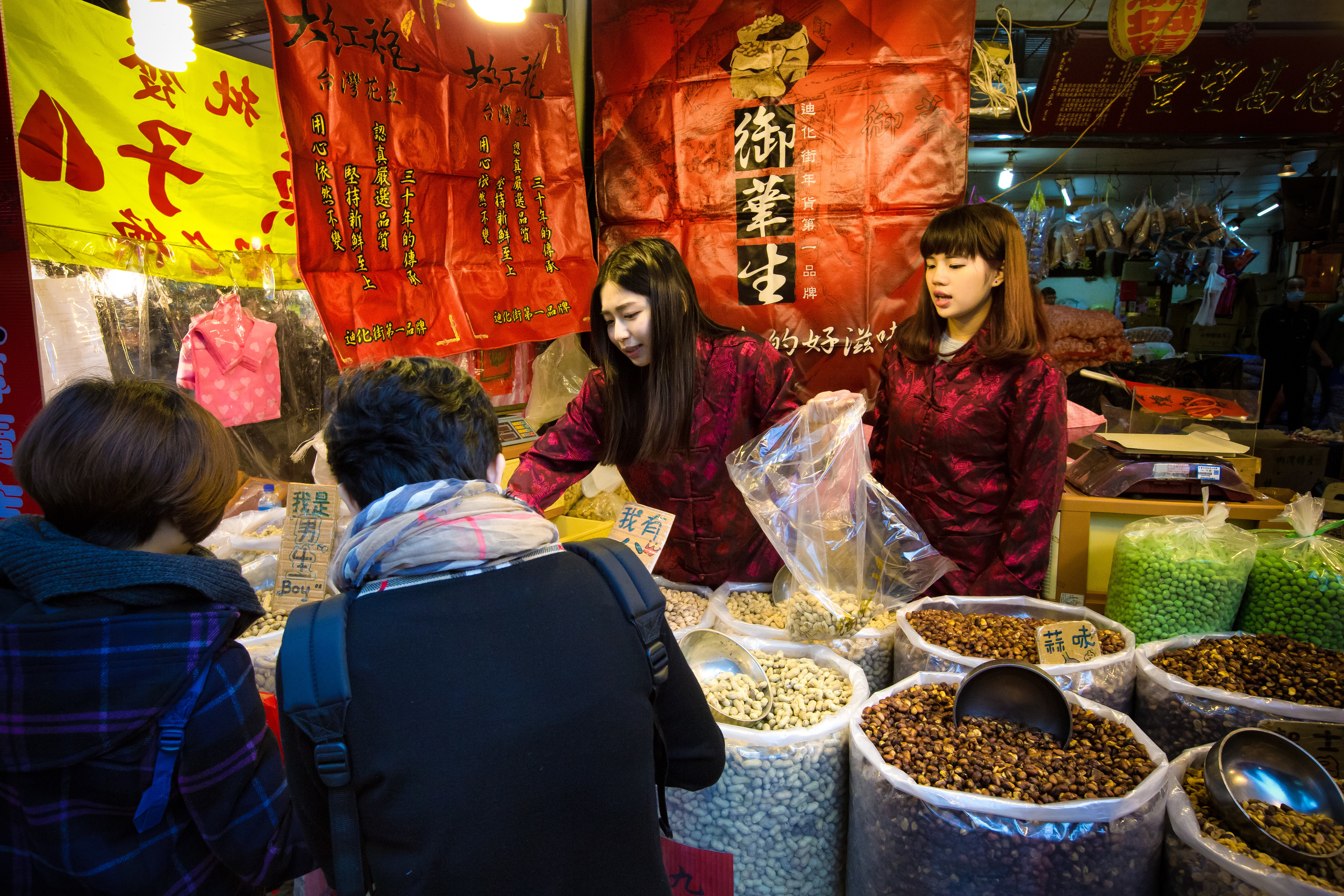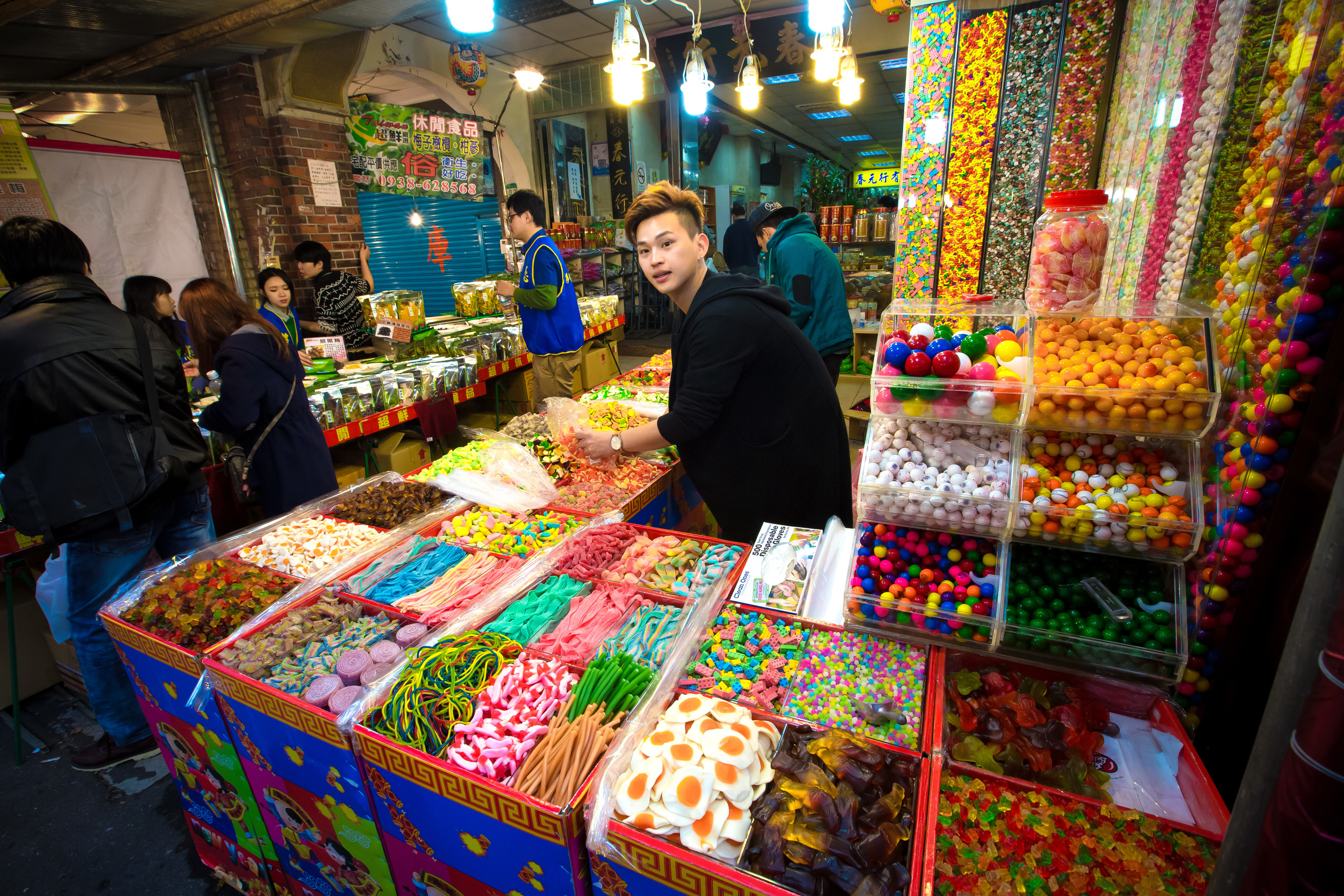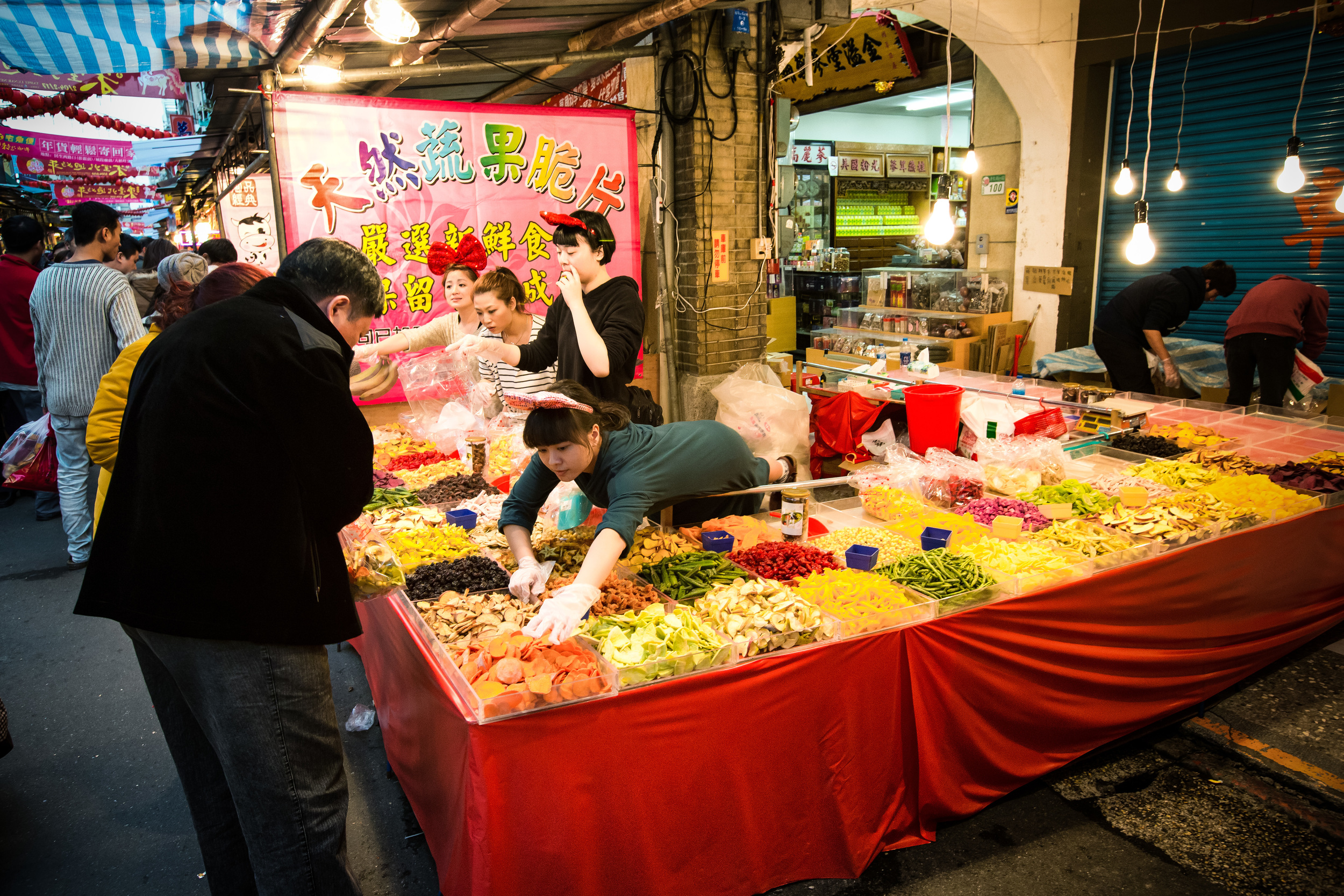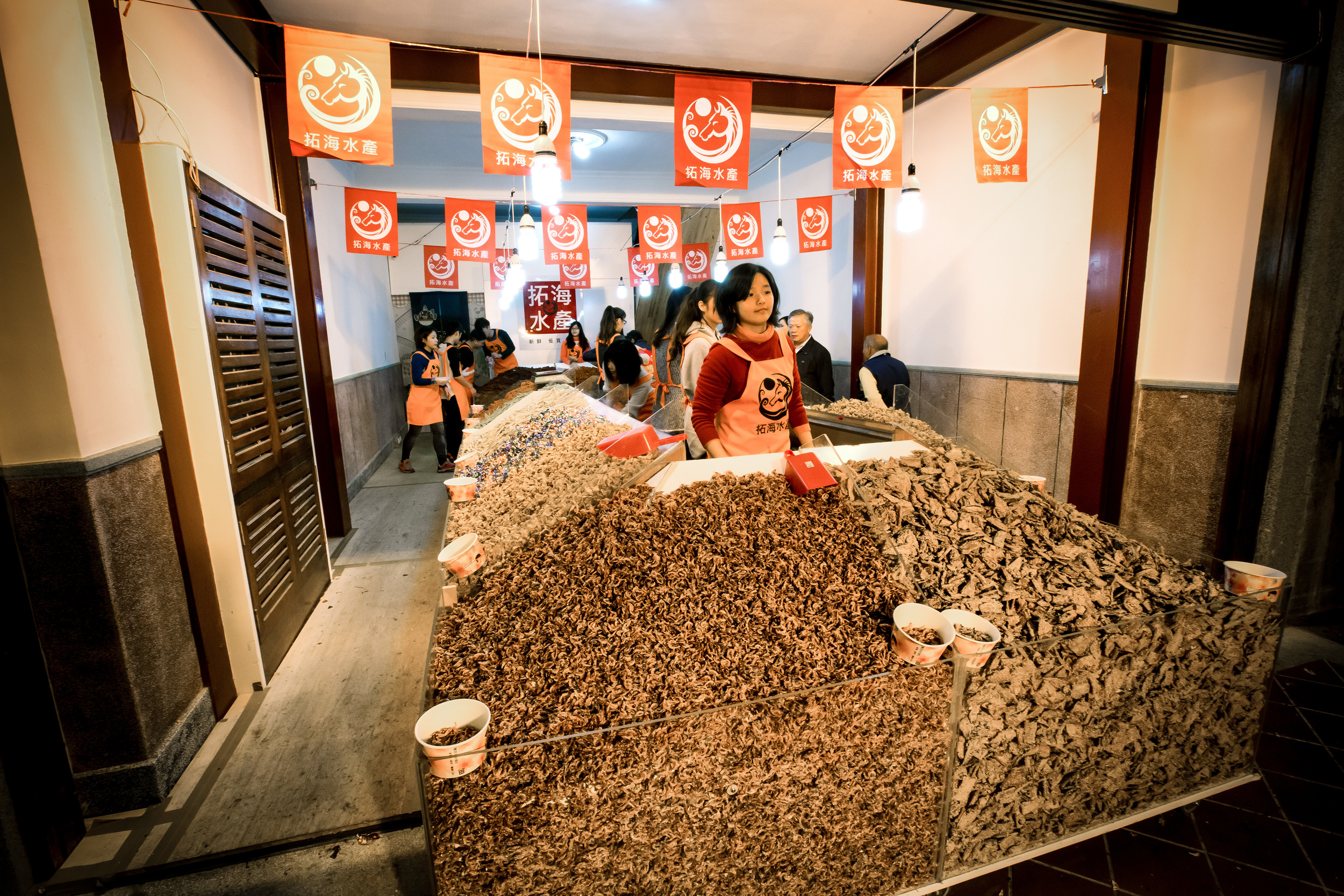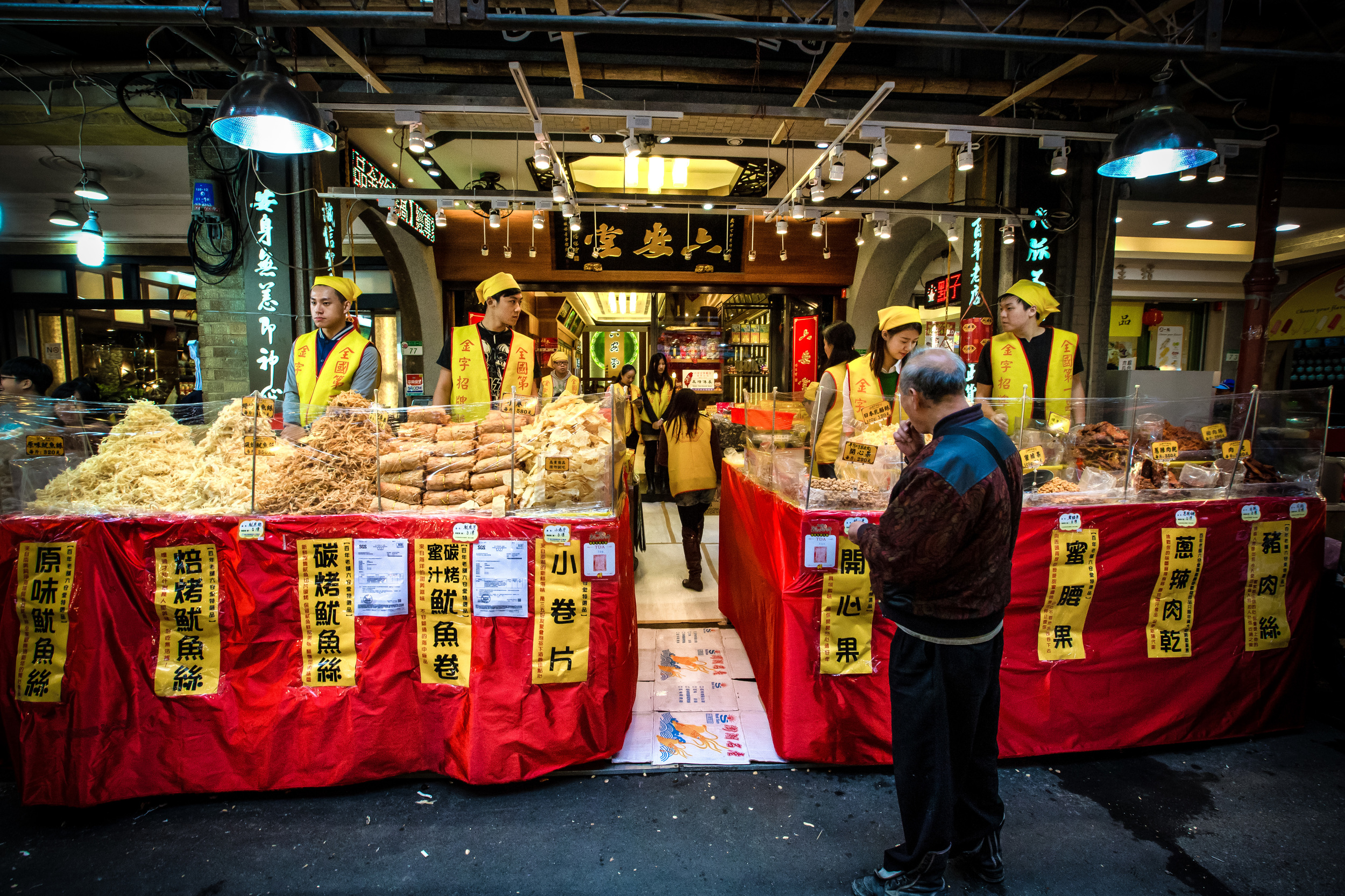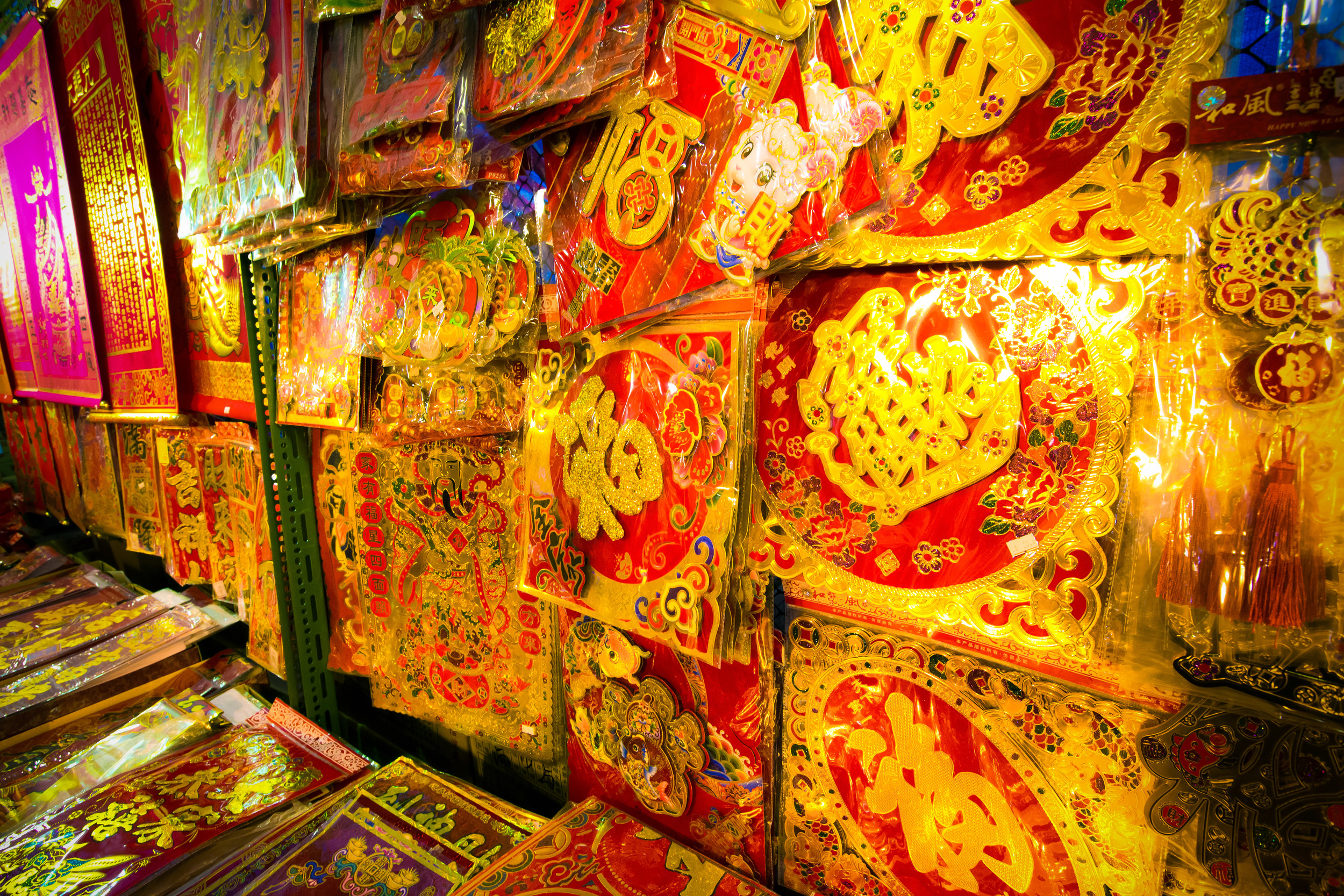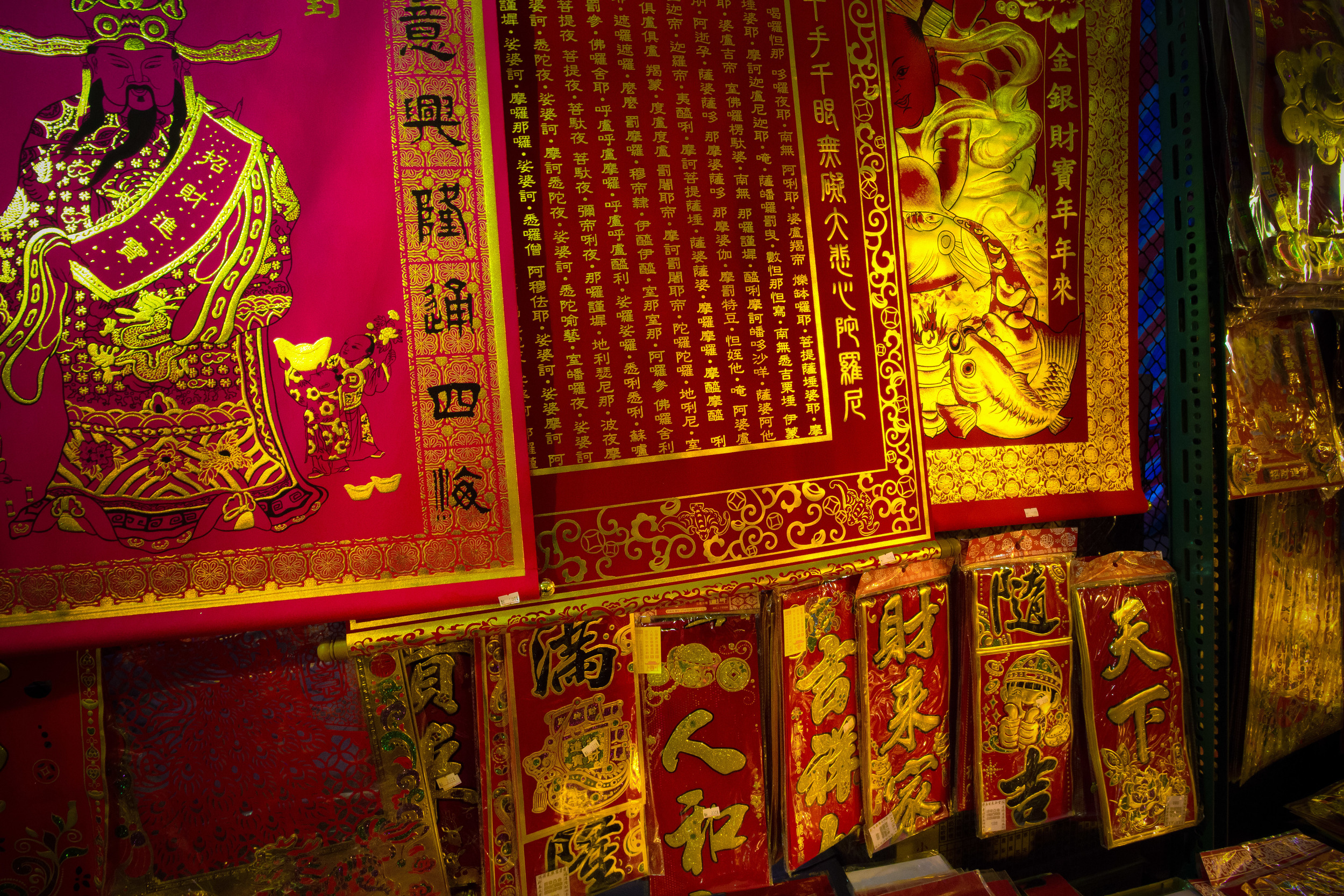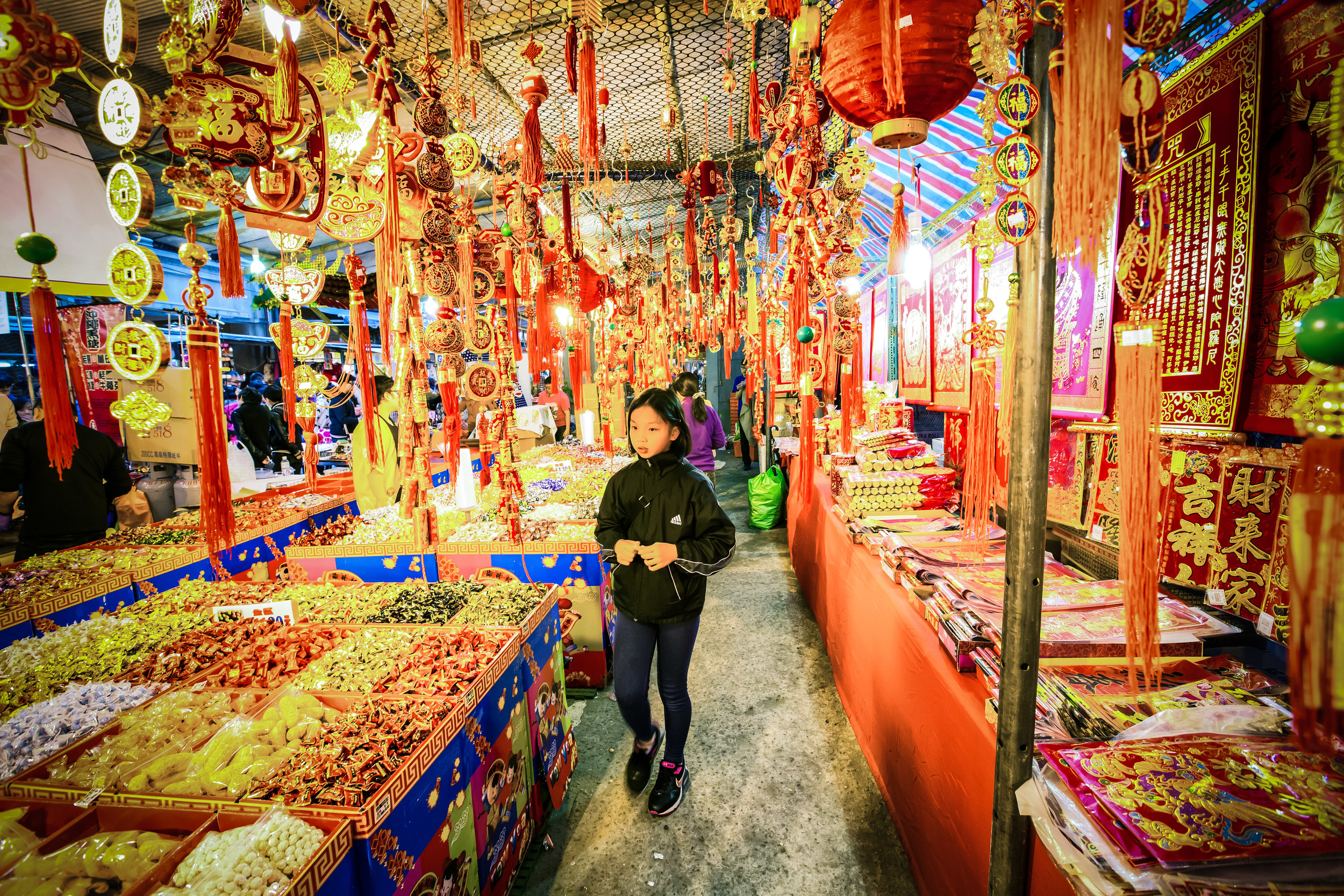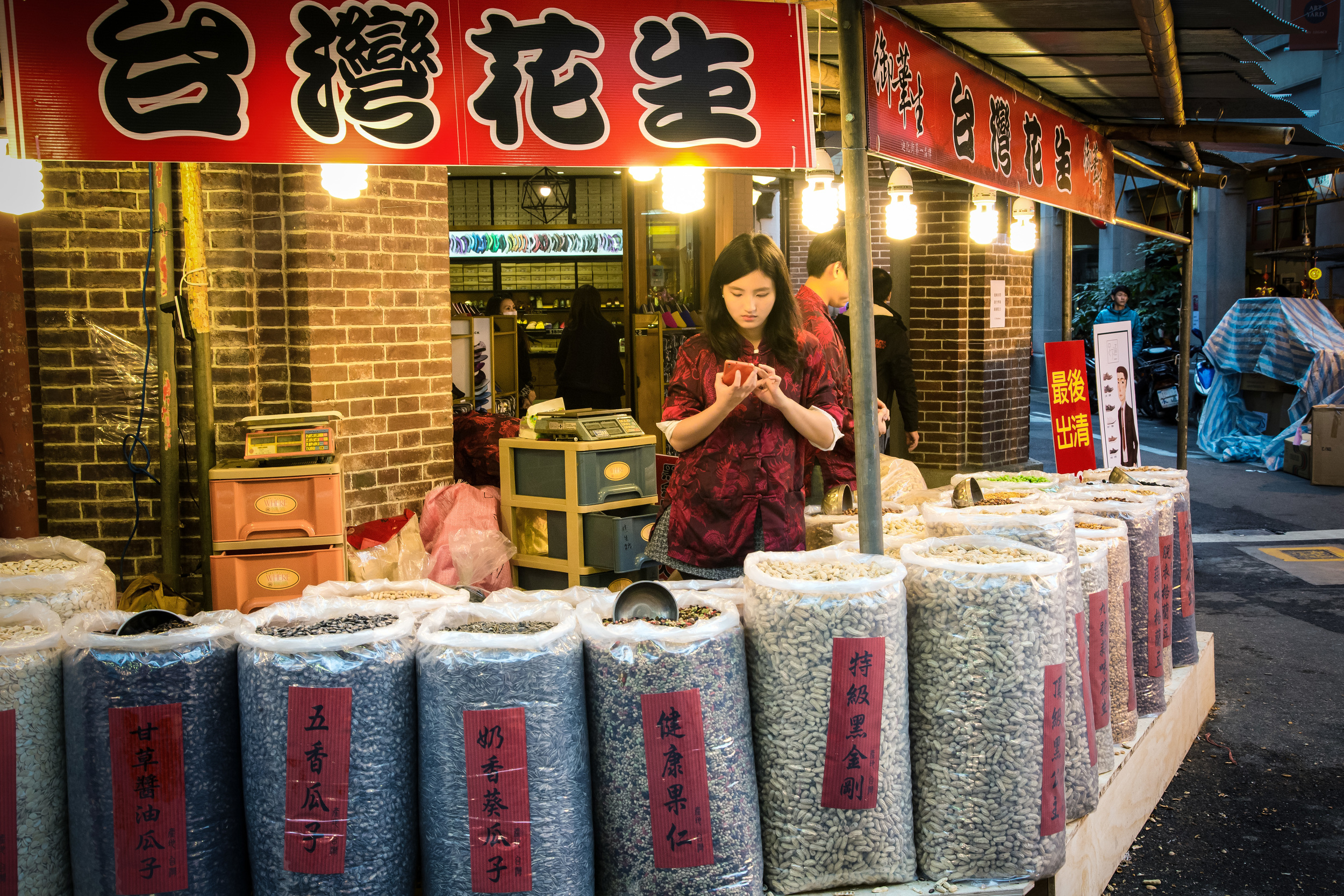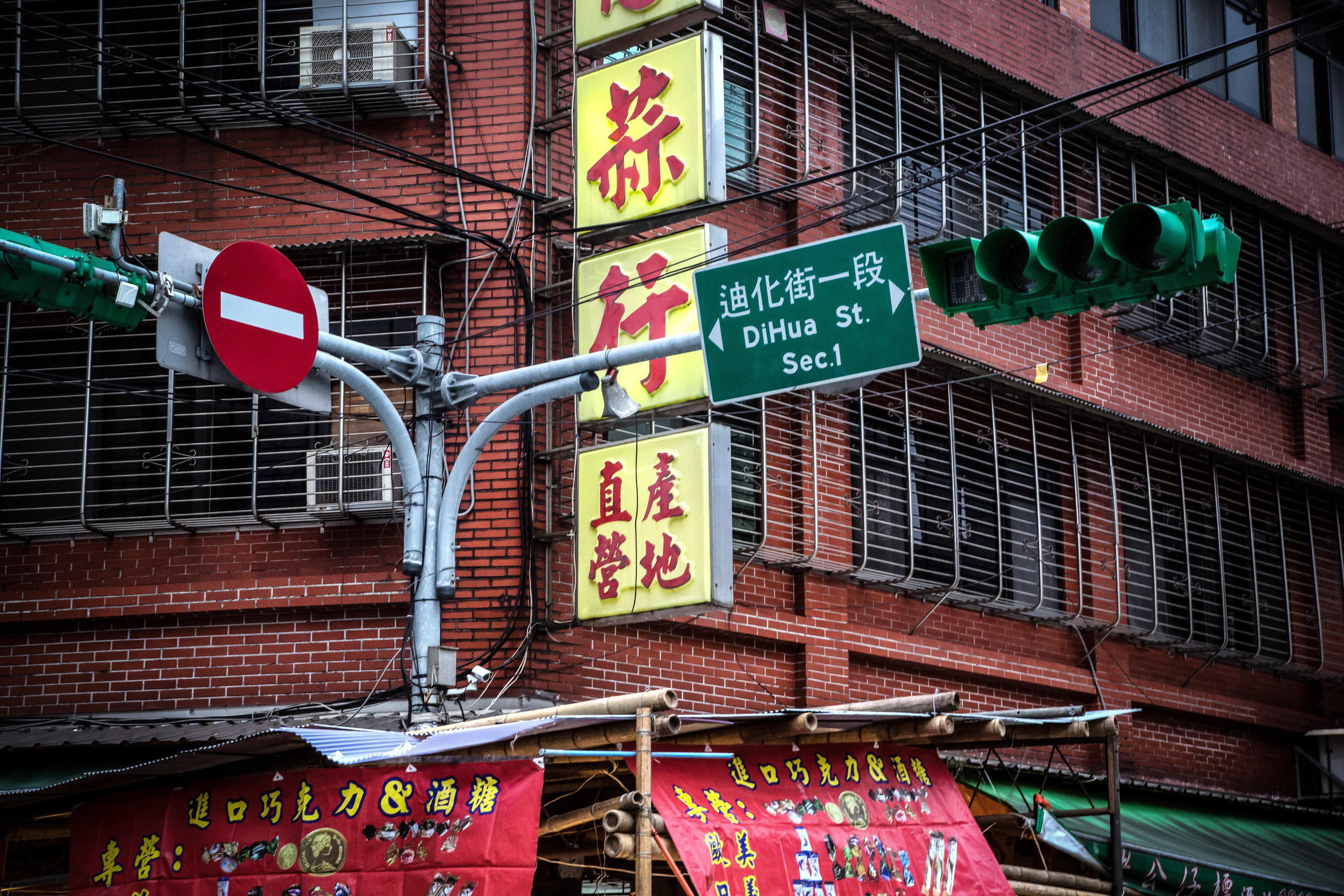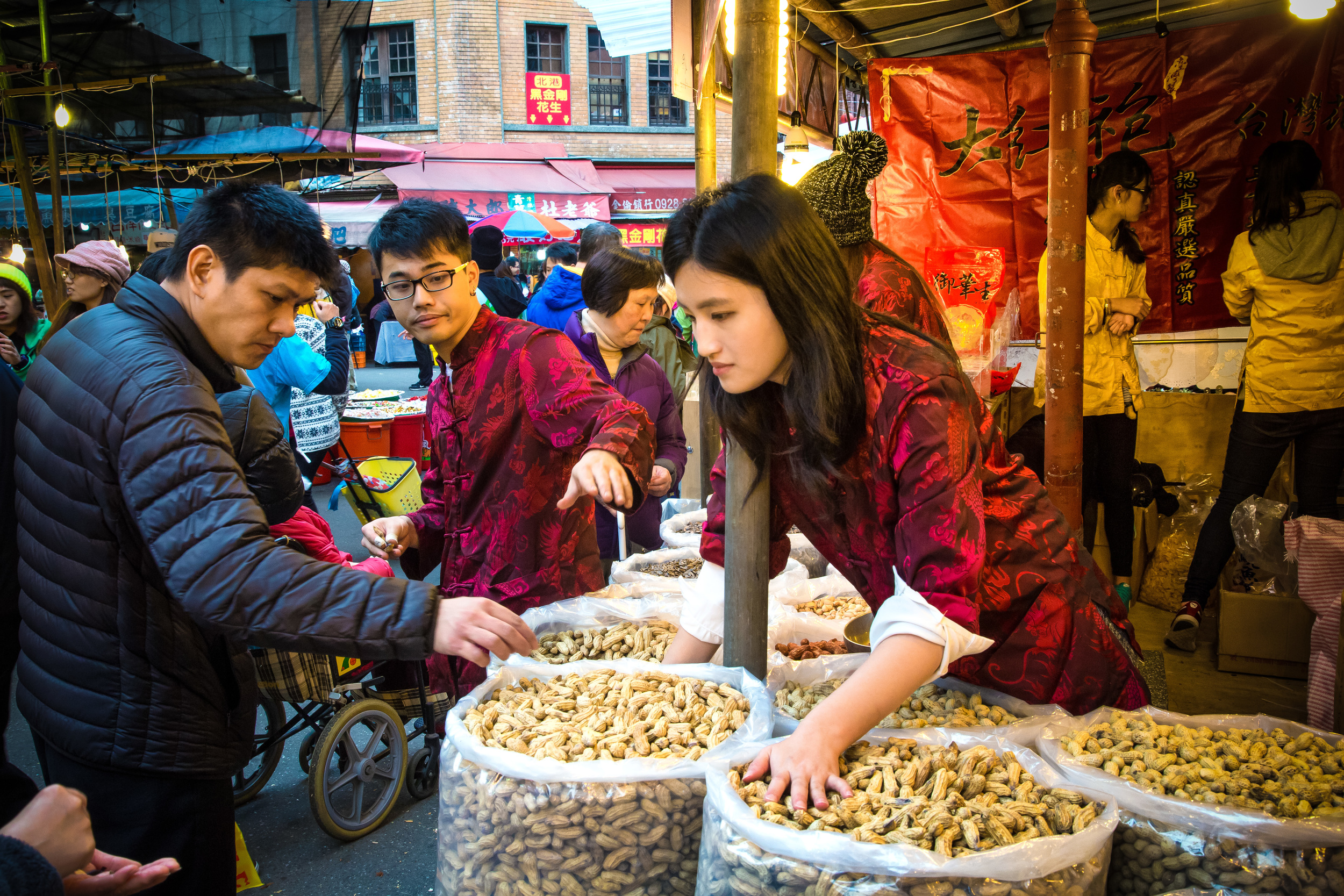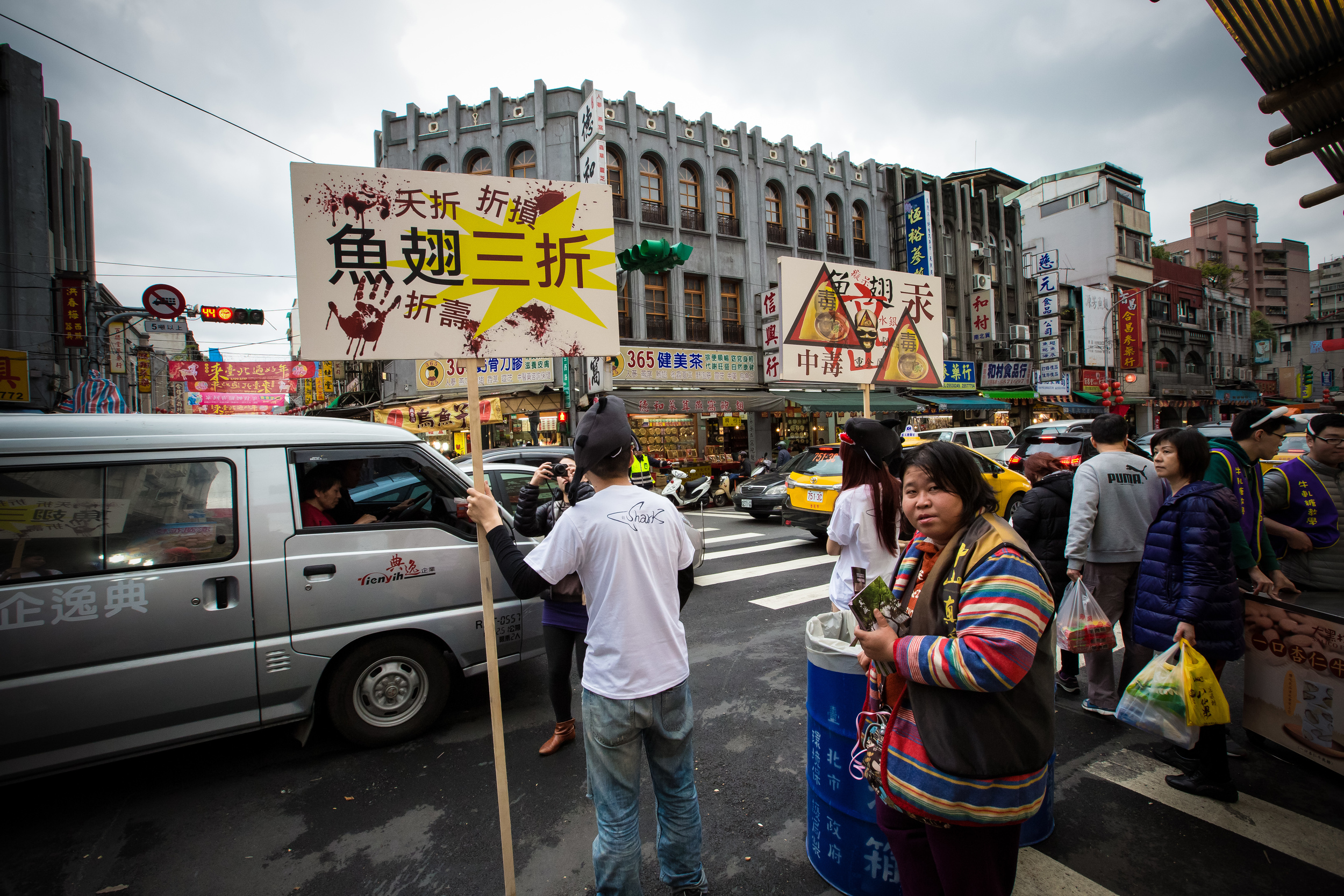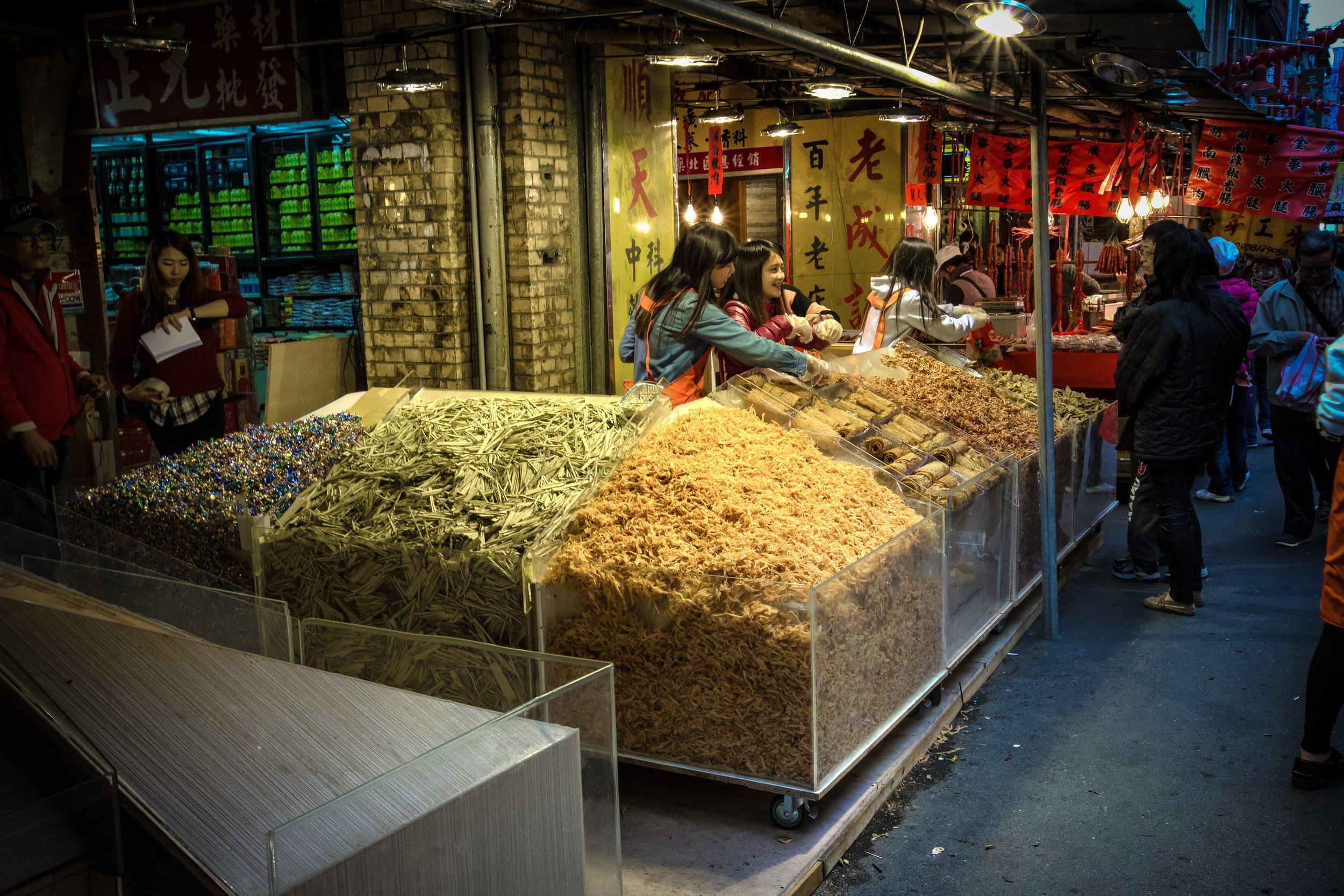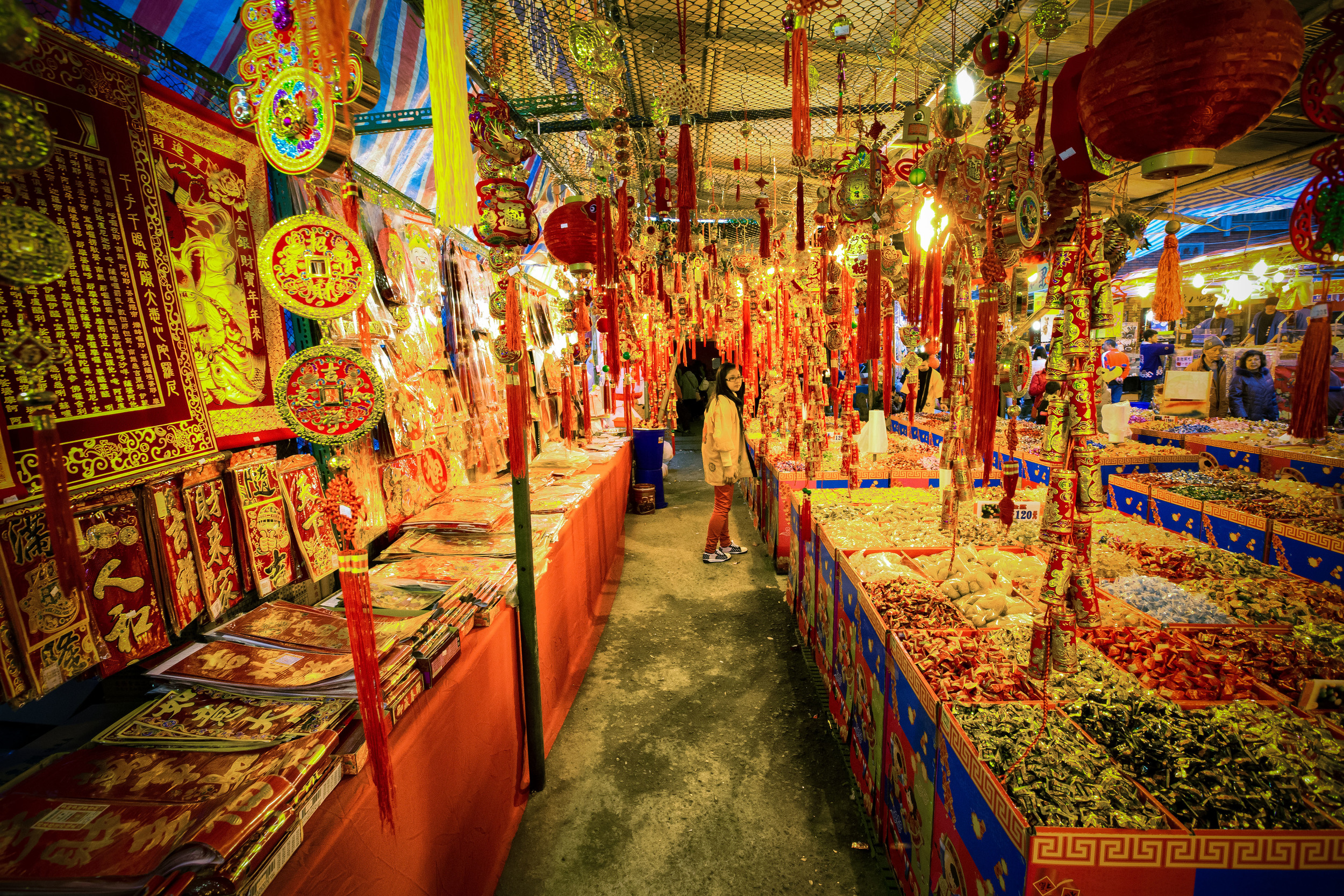I was going to leave this post until the end of the summer, but there are two timely events taking place around the Dadaocheng Wharf this weekend, so I'm going to post now and provide some links to the events in case anyone is in Taipei and interested in taking part.
The first event is a Photowalk held by some of my friends in my Photowalking group. The purpose of the walk is to walk around the area of the wharf and will include three of the old Taipei city gates and will eventually show up to the wharf for fireworks and the music festival.
Event Link: Photowalkers Facebook Group
The second event is the newly minted "Sounds from the River" music festival (大稻埕情人日) which will include free live concerts and is part of the much larger Riverside Music festival (台北河岸音樂季) as well as a large fireworks display.
Event Link: Sounds of the River
If you are free tomorrow (August 6th) you might want to check out these events!
Dadaocheng Wharf
The Dadaocheng Wharf is a newly renovated and quite popular outdoor activity spot for the residents of Taipei and is a short walking distance from the Taipei Railway Station. The long wharf has been integrated into the much longer bicycle path which spans almost the entire distance of the city and is a busy spot on weekends with various recreational events held throughout the year.
The wharf has played an important role in history and helped fuel the early economic success of the city and of the Dadaocheng area (which is now part of Datong district - 大同區) specializing in textiles, tea, cotton and a lot of what you're still able to see today on the popular Dihua shopping street. The area was sort of a more inland harbour for merchants to get their products both in and out of the city at a much quicker pace than from the original wharf near Danshui.
Much like a lot of other economically successful towns of the past, the merchant shopping area around Dadaocheng (which is considered to be "old" Taipei) has turned into somewhat of an "old street" where you can see the same type of "baroque" architecture that is prevalent in places like Daxi and Sanxia and merchants sell traditional products that aren't very easy to find.
The reason why the economic situation changed in so many of these places was because of the completion of Taiwan's railway system which took away the economic monopoly of businesses using the river and also made transportation of goods much more convenient. Businesses which ultimately made their fortune importing and exporting products by way of the river were thus forced to either relocate or thunk of new business ventures.
Today however, the Dihua Street Lunar New Year market is a local tradition for the people of Taipei and while the street attracts quite a few tourists throughout the year, the Lunar New Year market brings in well over a million visitors a year. The market sells a lot of the same things you would have seen hundreds of years ago in the form of silks, textiles, traditional Chinese snacks, food and medicine and is still the best place Taipei to do your one stop shopping for traditional materials.
If you want to learn more about the historic Dadaocheng area of Taipei, check out this site which is probably the best resource on the Internet with regards to events and historical information: Love, Dadaocheng.
I've also blogged in the past about the Dihua Street Lunar New Year market as well as the Confucius Temple (台北孔廟), Bao-An Temple (保安宮) and Ningxia Night Market (寧夏夜市) which are all within Taipei's Datong District and are a short walking distance from each other.
Back to the wharf - while it may not look the same today as it did in the past but it is still functional and on weekends there are ferries that transport people between Taipei and Danshui on a regular basis. You won't see too many boats going down the river these days but I have heard that the city is developing plans to make the river a more tourist friendly area in the near future!
Apart from being a popular spot for recreational activities, it has become a popular place to view the sunset and faces the skyline of the Sanchong district (三重區) of New Taipei City. Sanchong is developing at a lighting pace due to the price of housing in Taipei city and the skyline is one that changes almost daily. The skyline faces the direction where the sun sets so it is one of Taipei's best places to view the sunset.
The wharf is actually really pretty and catching the sunset there is quite nice, so if you're in the area around that time of the day, check it out. And if you're free the weekend, check out the events.
